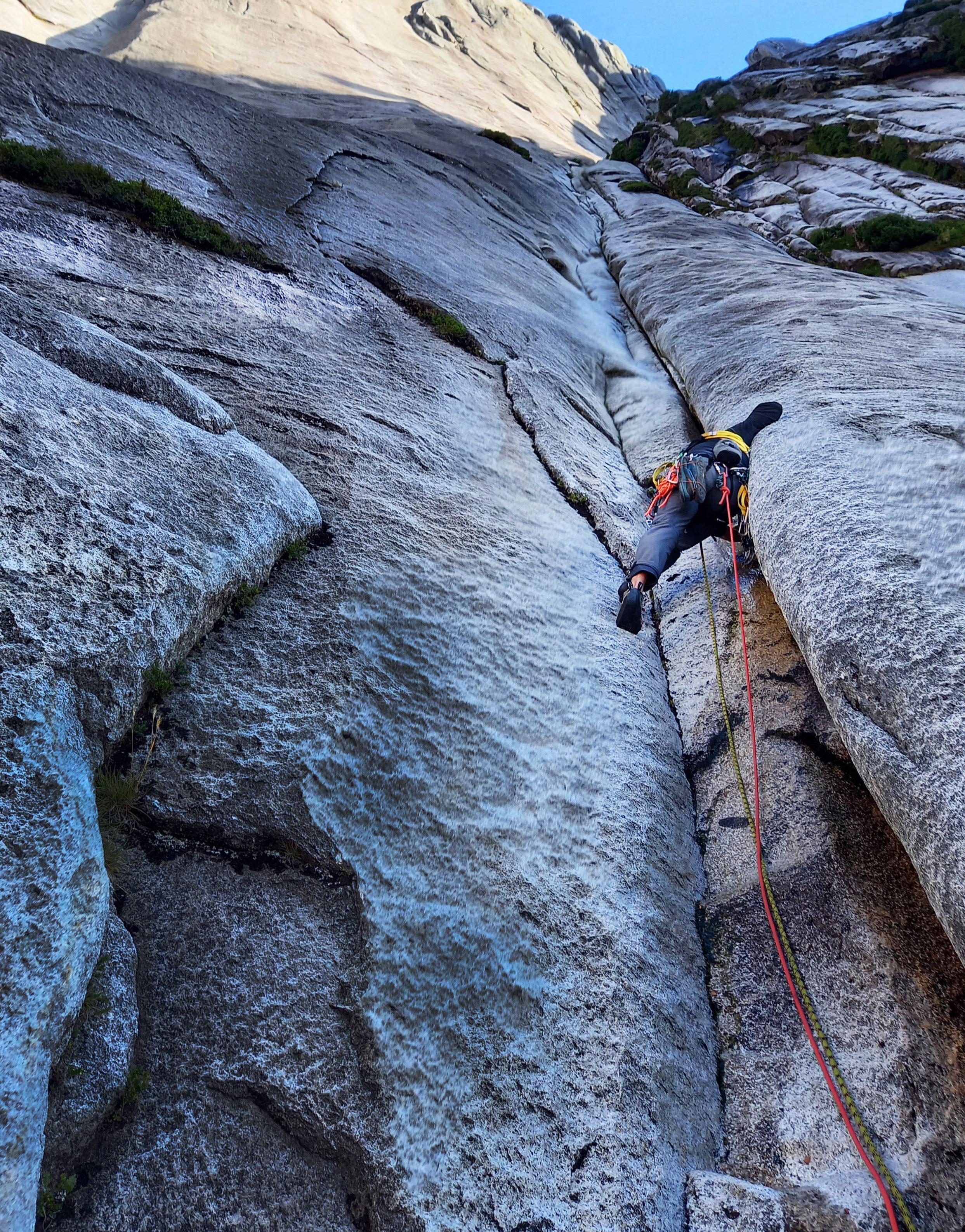

LEADER THE
Juan Ruiz
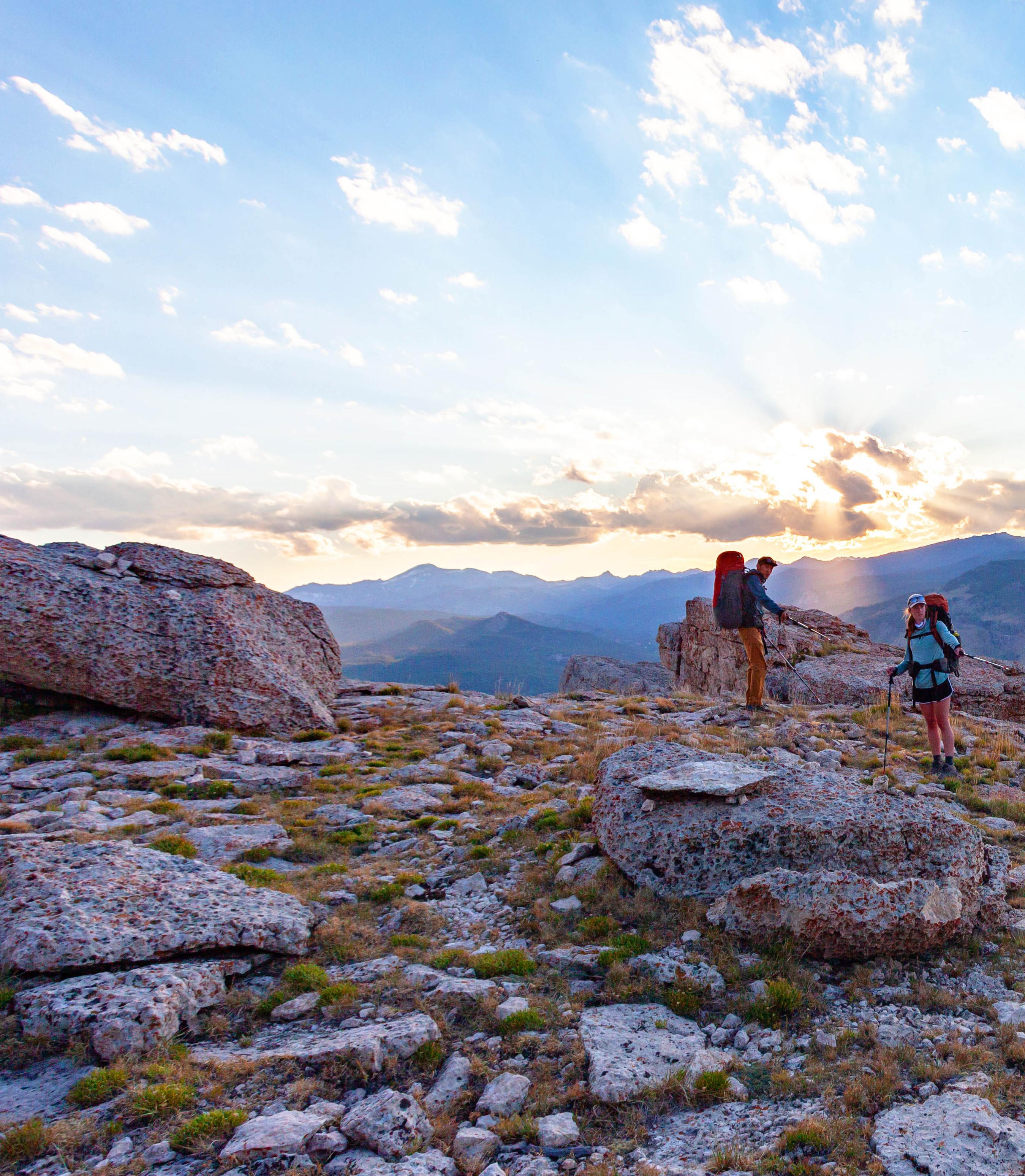
OUR VISION
To elevate the leader in everyone.
OUR MISSION
To be the leading source and teacher of wilderness skills and leadership that serve people and the environment.
TO OUR NOLS COMMUNITY:
The Leader has been reimagined and we are excited to share our first edition with you! Included in this magazine are profiles, course highlights, and a wrap-up of our financial and philanthropic year. We look forward to reconnecting through this publication.
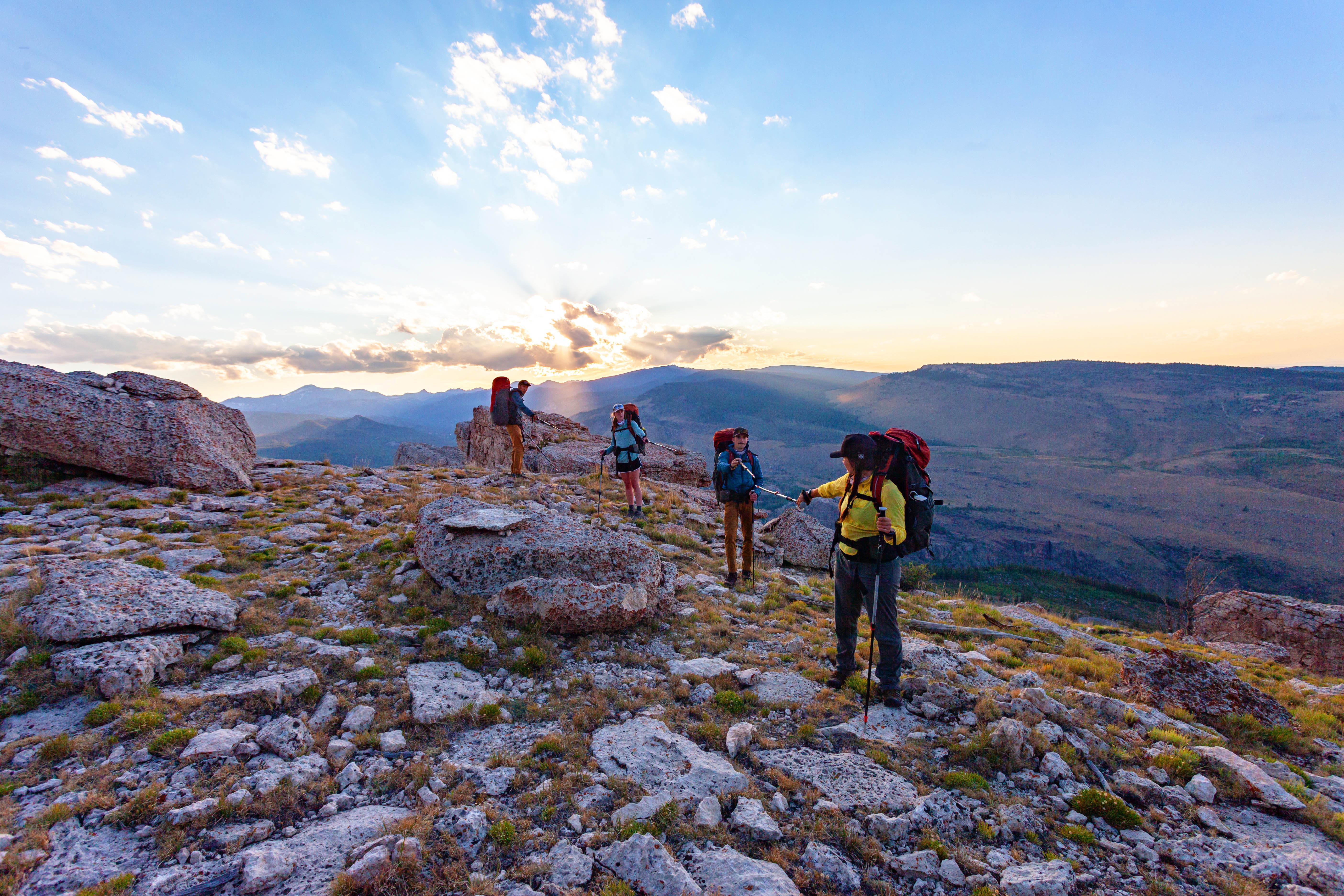
THE
LEADER
MAGAZINE 2025 | ISSUE 1
EDITORIAL TEAM
Jennifer Eriksen, Kelli Lusk
Anne McGowan, Lindsay Turner
DESIGN
Jennifer Eriksen
NOLS PRESIDENT
Sandy Colhoun
The Leader is a magazine for alumni and friends of NOLS. The Leader welcomes article submissions and comments and is available online at www.nols.edu/leader. Please address all correspondence to communications@nols. edu. To inquire about NOLS courses, please visit www.nols.edu or contact info@nols.edu.
Kirk Rasmussen
Cover photo by Juan Ruiz, NOLS Patagonia instructor | Cochamó Valley, Chile
NOLS LEADERSHIP
BOARD OF TRUSTEES
N. Stuart Harris, Chair
Sarah Hiza, Vice Chair
George Phipps, Treasurer
Jane Fried, Secretary
John Babcock, Asst. Sec.
Scott Briscoe
Jimmy Chin
Lesford Duncan
John Grunsfeld
Brad Hirsch
Gri!n Myers
JK Nicholas
Marc Randolph
Ahmad Thomas
Alan Townsend
Elaine Walsh Carney
Gretchen Warner
Kate Williams
TRUSTEES EMERITI
Greg Avis
Joan Chitiea
Howard P. Colhoun
Fred Kleisner
Doug Luke
Herbie Ogden
Michael Schmertzler
Gene Tremblay
ADVISORY COUNCIL
Holly Beeman, Co-Chair
Joyce Choi, Co-Chair
Bernard Van der Lande, Co-Chair
Tracy Baynes
Kathleen Boyle Dalen
Patricia Cameron
Bill Carr
Molly Graham
Dave Hanaman
John (Jack) Hu ard
Eric Jonsson
Sam Langer
David Lee
Nadine Lehner
Martinique (Marty) Lewis
Deane Malott
Will Northrop
Ethan Schmertzler
Talbott Simonds
Wandi Steward
Eric M. Swanson
Tomas Wise
EXECUTIVE TEAM
Sandy Colhoun, President
Jayme Blackburn, Chief of Sta
Melissa Gray, Vice President of Wilderness Medicine
Alli Lambert, Vice President of Advancement
Rich Majerus, Vice President of Expeditions
Jen Sallwick, Director of Expeditions
Francis Van De Beuken, Vice President of Sales and Marketing
Bryan Wall, Vice President of Finance and Chief Financial O!cer
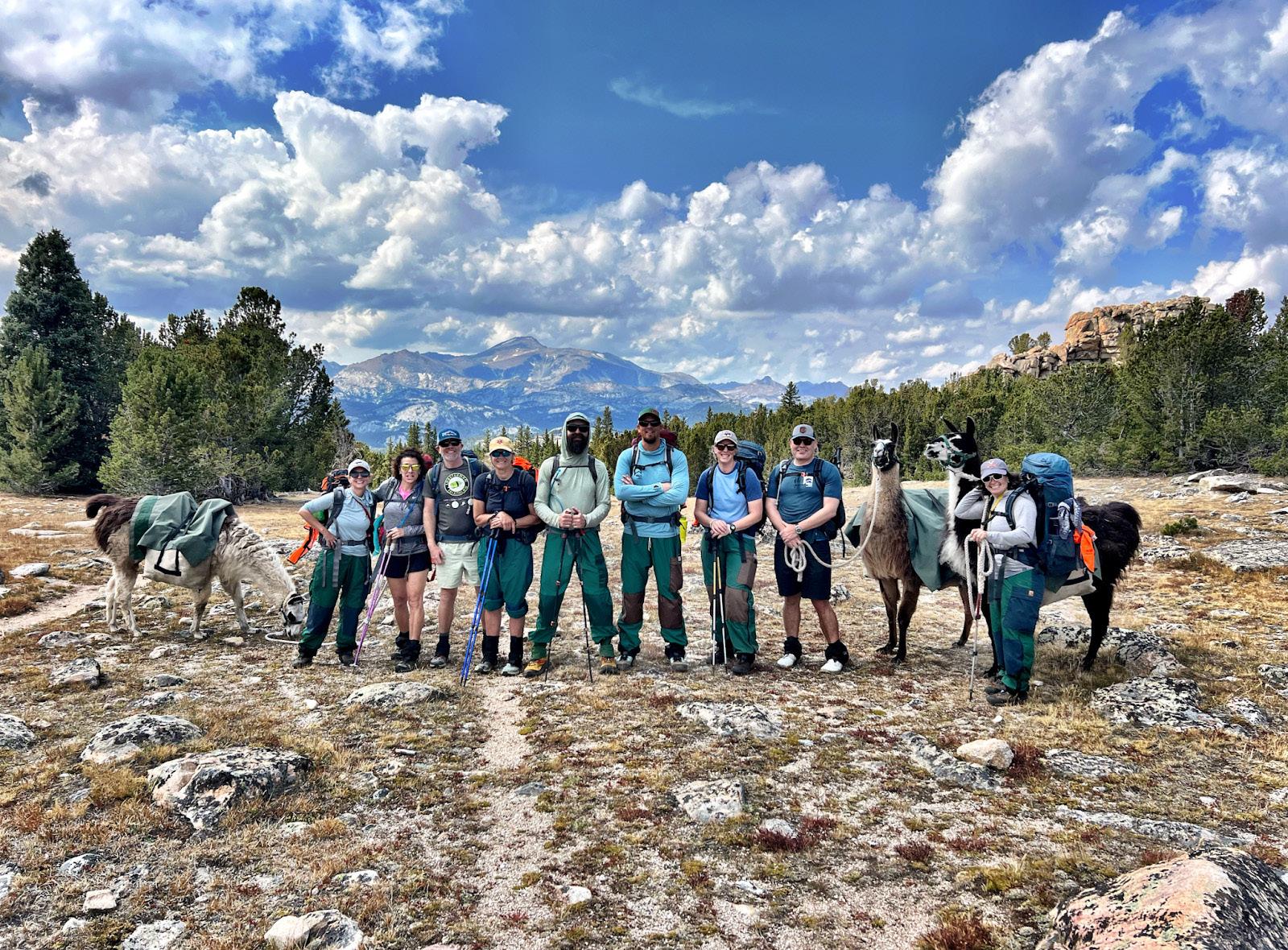
NOLS EXECUTIVE TEAM
With support from our trusty llamas—Basin, Peak, and Crescent— we ascended into the hills, leaving daily worries behind. From left to right: Jayme Blackburn, Alli Lambert, Sandy Colhoun, Melissa Gray, Rich Majerus, Bryan Wall, Jen Sallwick, Francis Van De Beuken, and NOLS Instructor Clair Smith. Not pictured: Jim Culver, key support team member.

PRESIDENT’S MESSAGE
Dear NOLS Community,
Every so often, it’s wise to try a taste of your own medicine.
Last fall, the NOLS Executive Team headed into the Wind River Range to connect with what NOLS knows best: wilderness. We collaborated on meals, bushwhacked over a pass, and learned a lot about one another. It wasn’t a 30-day course, but we left the backcountry as a stronger team, ready to tackle NOLS’ challenges with a renewed commitment to our mission and one another.
Fiscal year ’24 marked a time of emergence, formation, and clarity. NOLS spent $3 million more than it earned in FY24. Thanks to strong philanthropic contributions of $11.6 million in cash and pledges and careful expense management, results outperformed budget expectations. In spring, we reduced our workforce, paused operations at NOLS Pacific Northwest and NOLS Southwest, and reduced operations at NOLS Northeast to safeguard NOLS’ future.
We completed the Second Summit Strategic Plan, shaped by the wisdom and input of hundreds of community members over 12 months. It highlights our strengths, anticipates future challenges, and reveals new opportunities. In short, NOLS has a roadmap for success over the next five years.
Teams across the school took shape. We welcomed Rich Majerus as vice president of expeditions and Alli Lambert as vice president of advancement, both of whom are critical to our Second Summit goals. We also added six new trustees and four new Advisory Council members in October.
Our future looks bright. During a visit to our Pacific Northwest campus last summer, I met students from our partnership with C5 in Los Angeles. With excitement and some trepidation, they began their NOLS course. “The trees, the sky, the air—it all makes me feel more relaxed,” one young woman said. “I’m nervous but excited to experience the wilderness.”
NOLS changes students’ lives every day, helping them find their best selves and grow through adversity. The world needs NOLS now more than ever.
Keep on climbing,

Sandy Colhoun President
Jim Culver
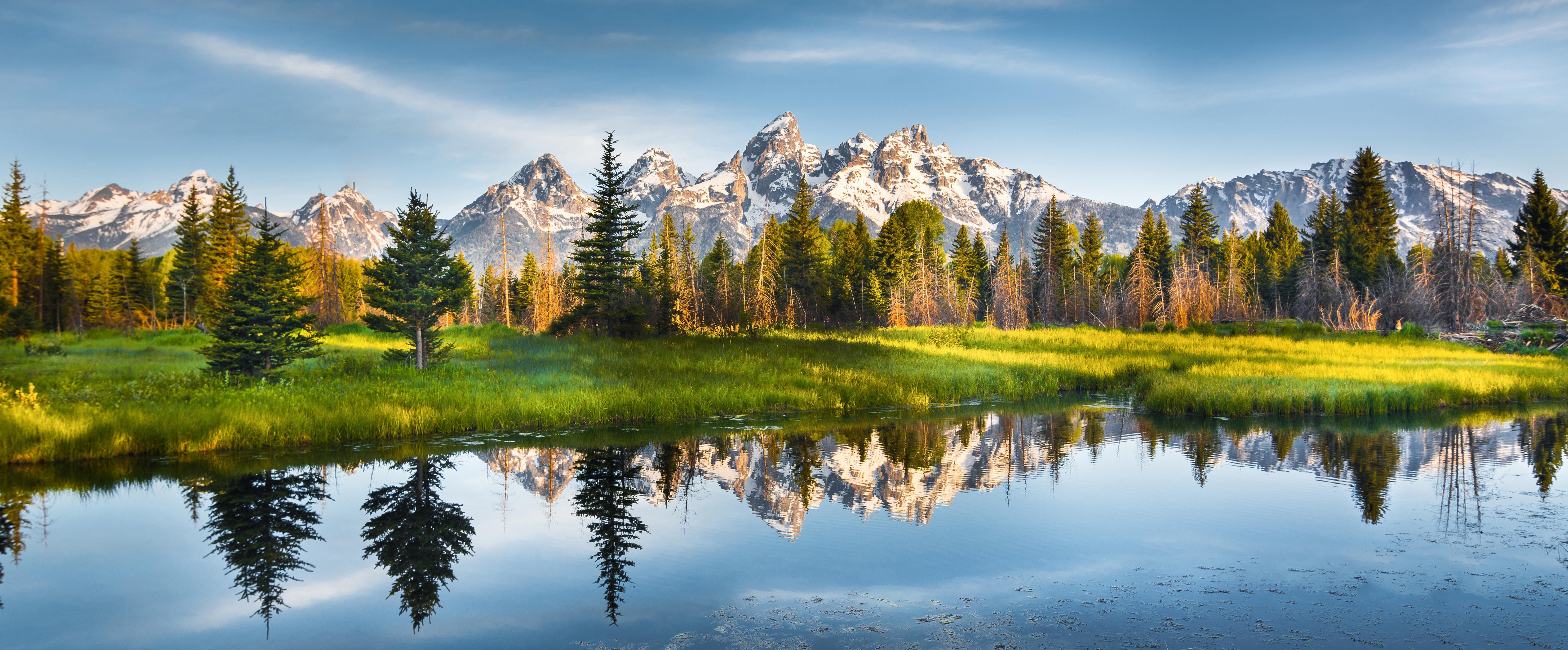
FIRST ASCENT
NOLS FOUNDER PAUL PETZOLDT WAS JUST 16 YEARS OLD IN 1924 WHEN HE FIRST CLIMBED THE GRAND TETON—IN COWBOY BOOTS.
IN 2024, WE OBSERVED THE 100TH ANNIVERSARY OF THAT FEAT.
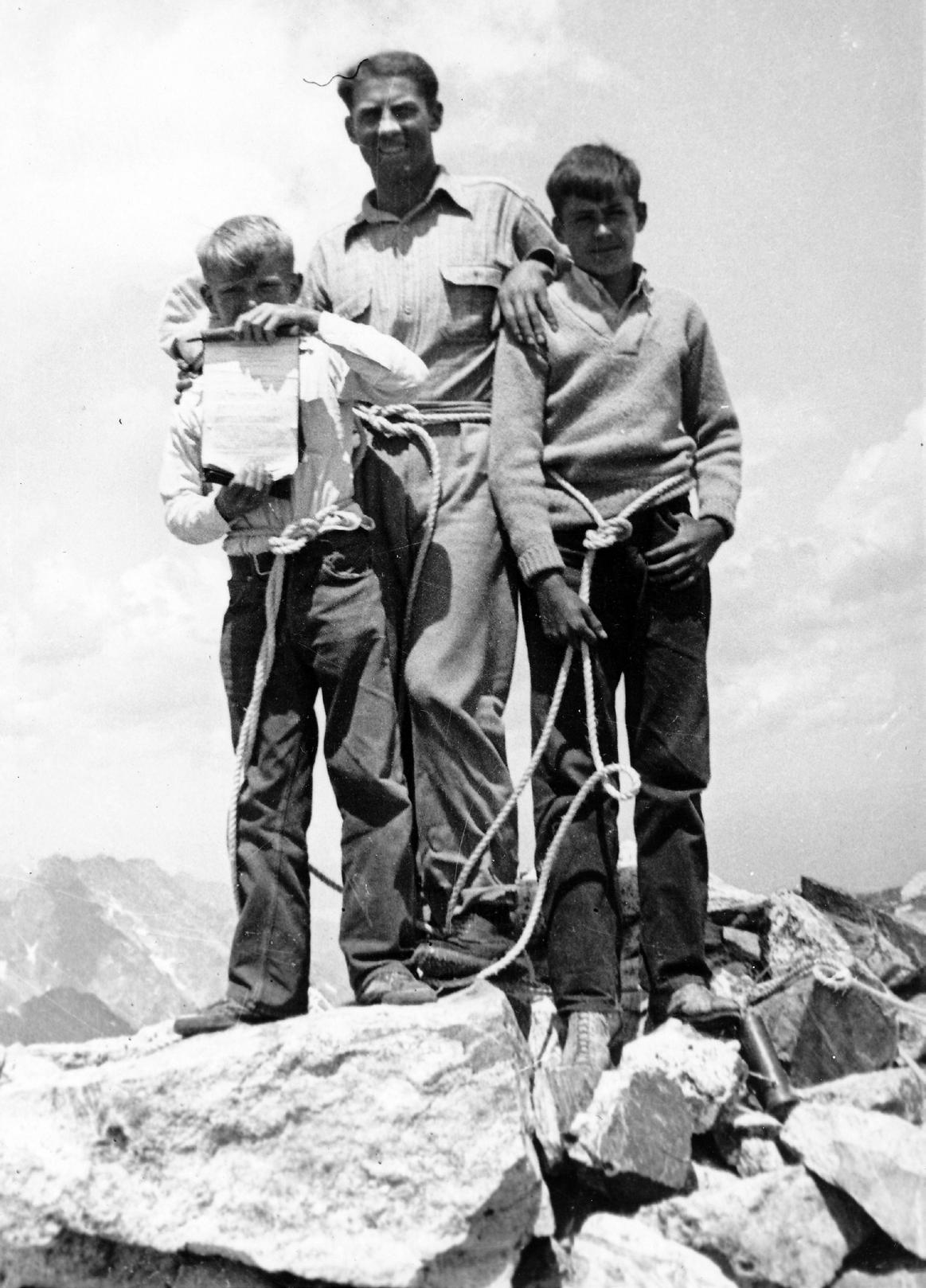
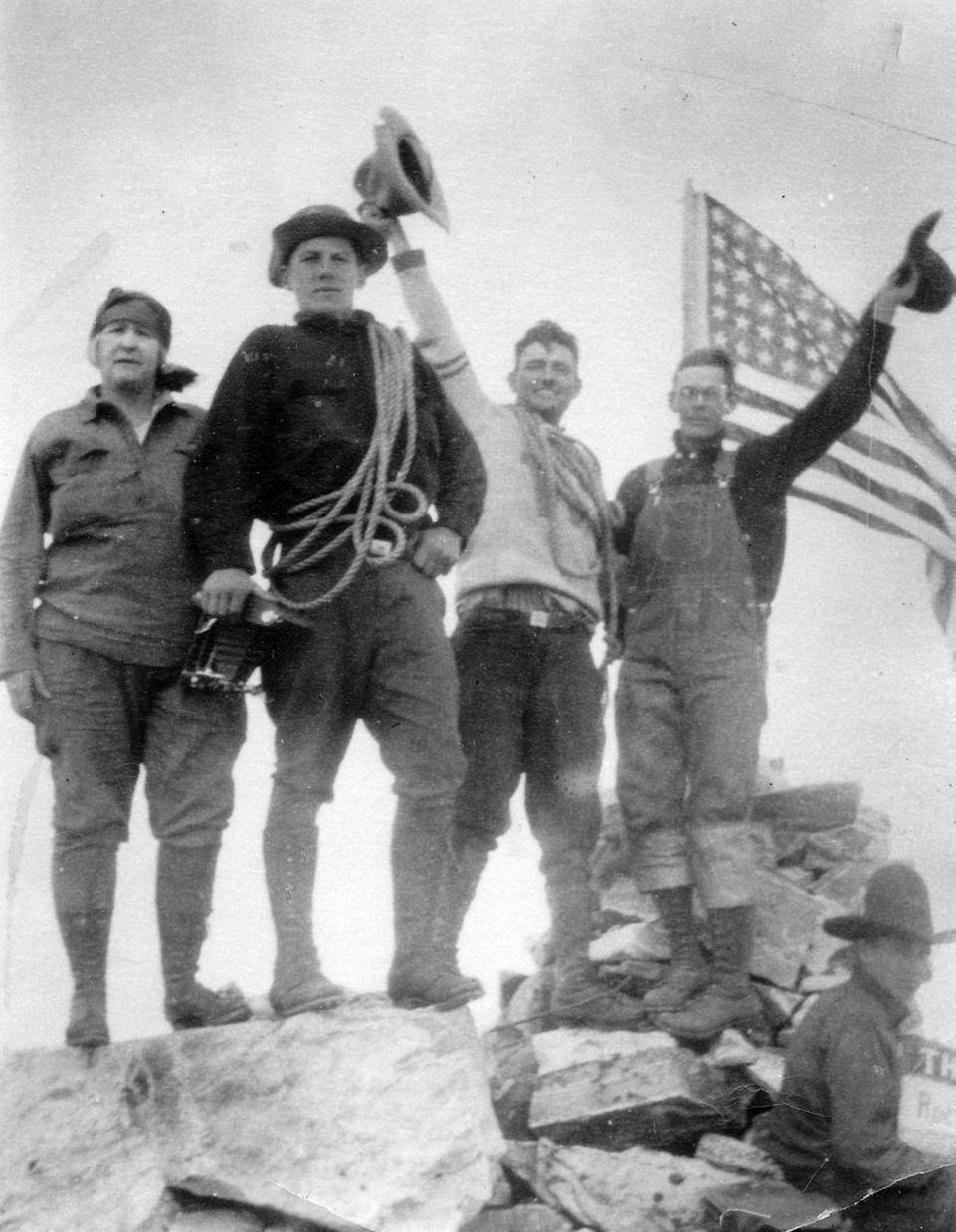
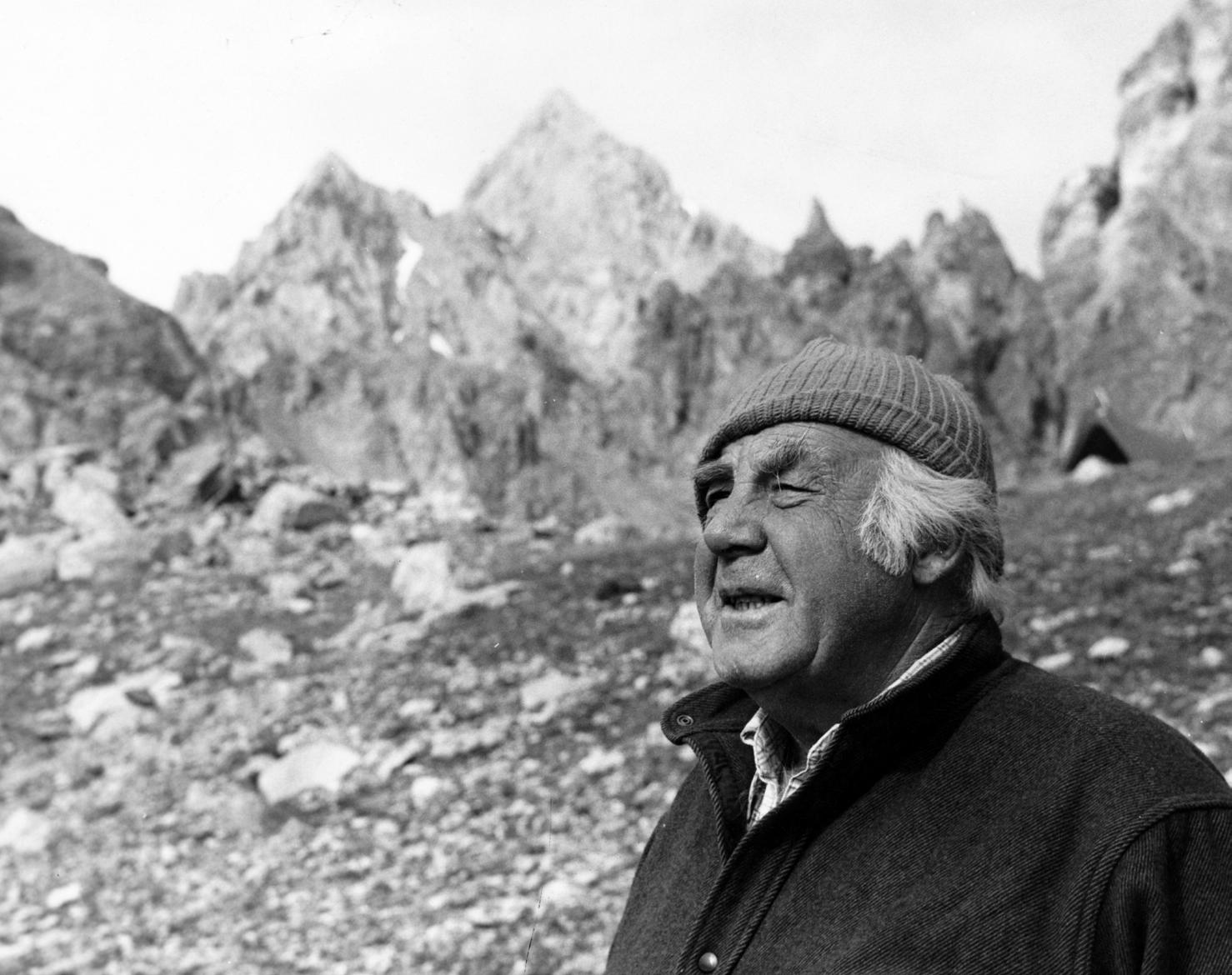

PETZOLDT’S CLIMB: THE BIRTH OF EXPEDITION BEHAVIOR
By Anne McGowan NOLS Communications Coordinator
Though NOLS Founder Paul Petzoldt later rose to fame in mountaineering circles, his early life wasn’t easy. His father died when Paul, the youngest of nine children, was just four years old. Failed family farms in Iowa and Idaho followed, and at 14, when his mother moved to New York to care for a relative, Paul was left with one of his brothers in Idaho. In 1924, when Paul found his brother’s home too crowded for comfort, one of his buddies, 17-year-old Ralph Herron, was easily able to talk him into hitchhiking to Jackson’s Hole, Wyoming, as it was called then, to see the Tetons.
“Our lives changed when we rounded a bend near Rexburg and saw the Tetons,” Paul recalled in his book Teton Tales. “Suddenly we had another goal: we were going to climb the Grand Teton.”
Deaf to the laughter of Jackson’s townsfolk who felt the endeavor was dangerous and foolish, the young men consulted with climber William “Billy” O. Owen, for whom Mount Owen in the Teton Range would later be named. Billy took the boys seriously, drew them a map, and gave them advice: it would be di!cult but doable.
Clothed in cotton, they set o with a rope, a vintage box camera, and candy bars, storing blankets and canned food in the meadow below. A misreading of Billy’s map, though, soon found them in a precarious position. With darkness coming on and a rain and snowstorm battering them, the boys hunkered down for the night. It was, as Billy had predicted, di!cult.
“It was awful,” Paul recounted decades later. “We did everything wrong.” But the next morning, they retreated back down to the meadow and their cache. After resting, they set out again, carefully following Billy’s map. This time, they reached the summit. At 16, Paul Petzoldt was the youngest person on record to accomplish that.
One hundred years later, as we celebrate Paul’s courage, tenacity, and ability to learn lessons from missteps, we recognize the ways in which the climb helped set the course for the rest of his life—and for the foundation of Expedition Behavior.
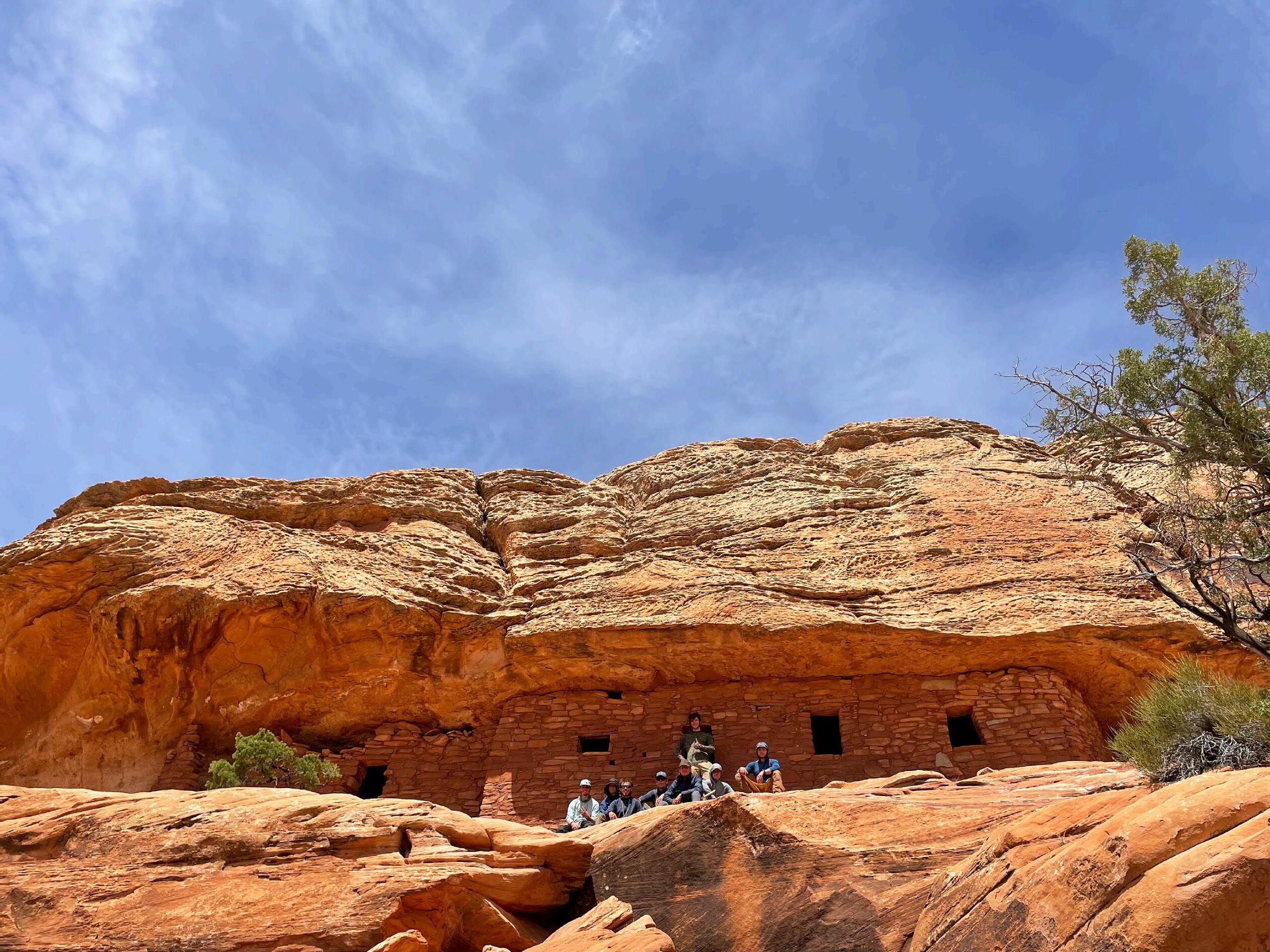
2024 STRATEGIC PLAN PROGRESS
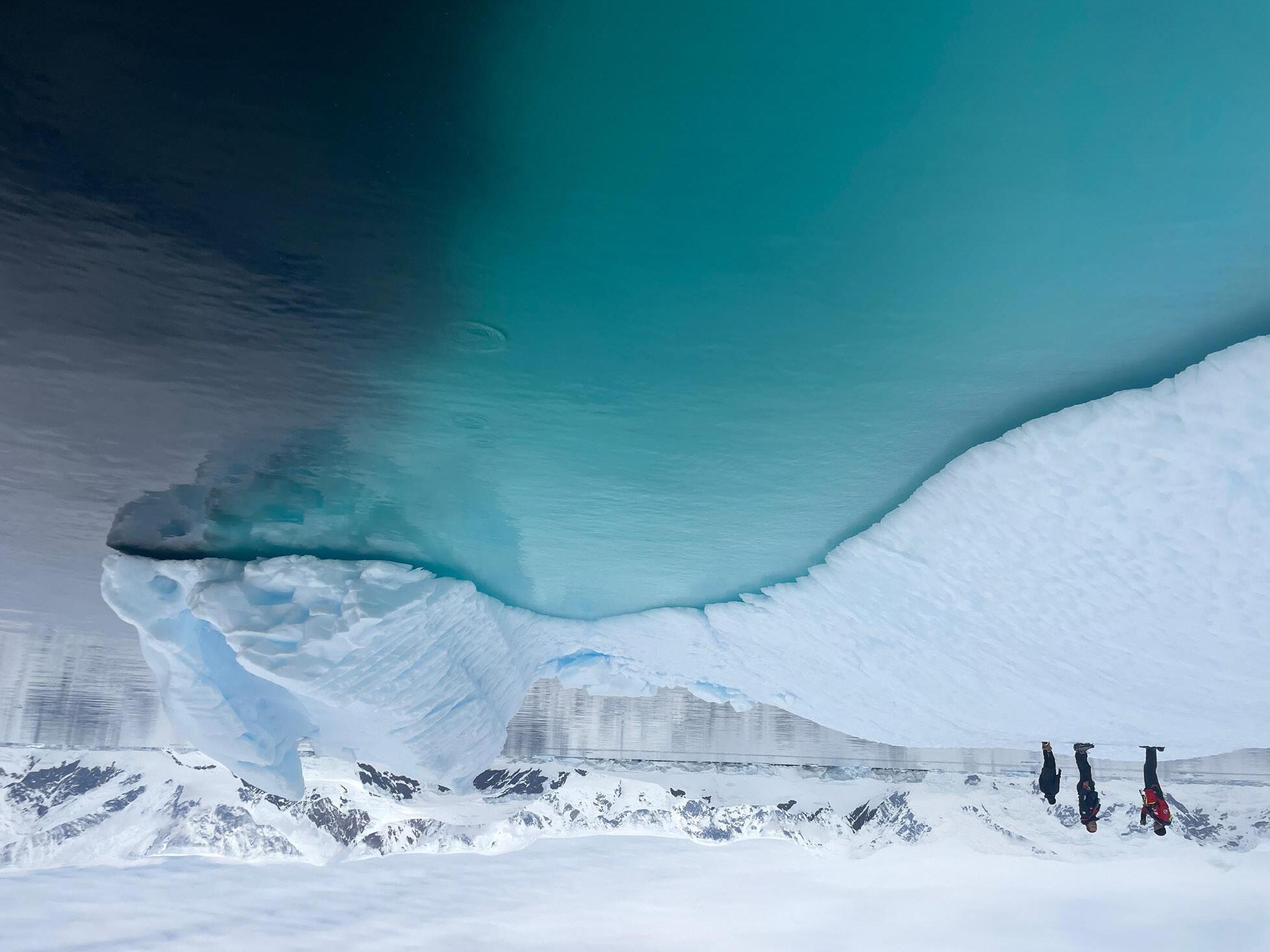
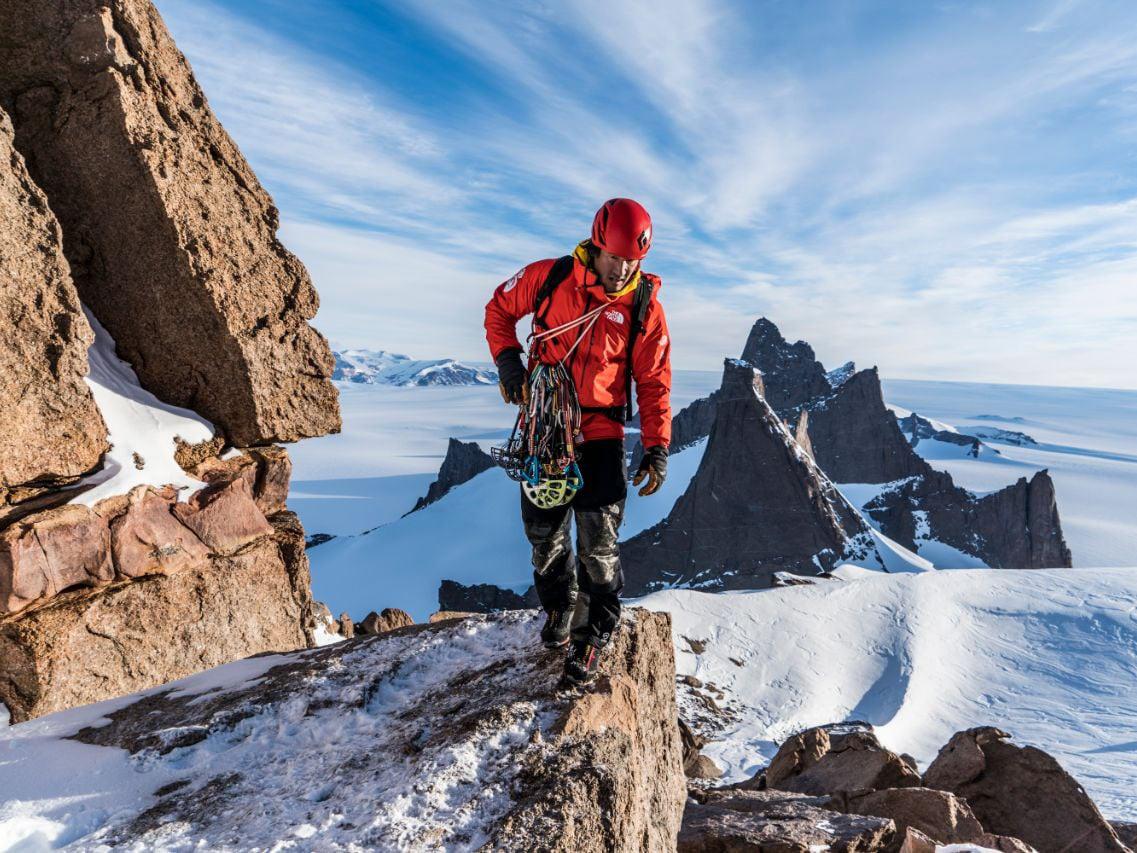
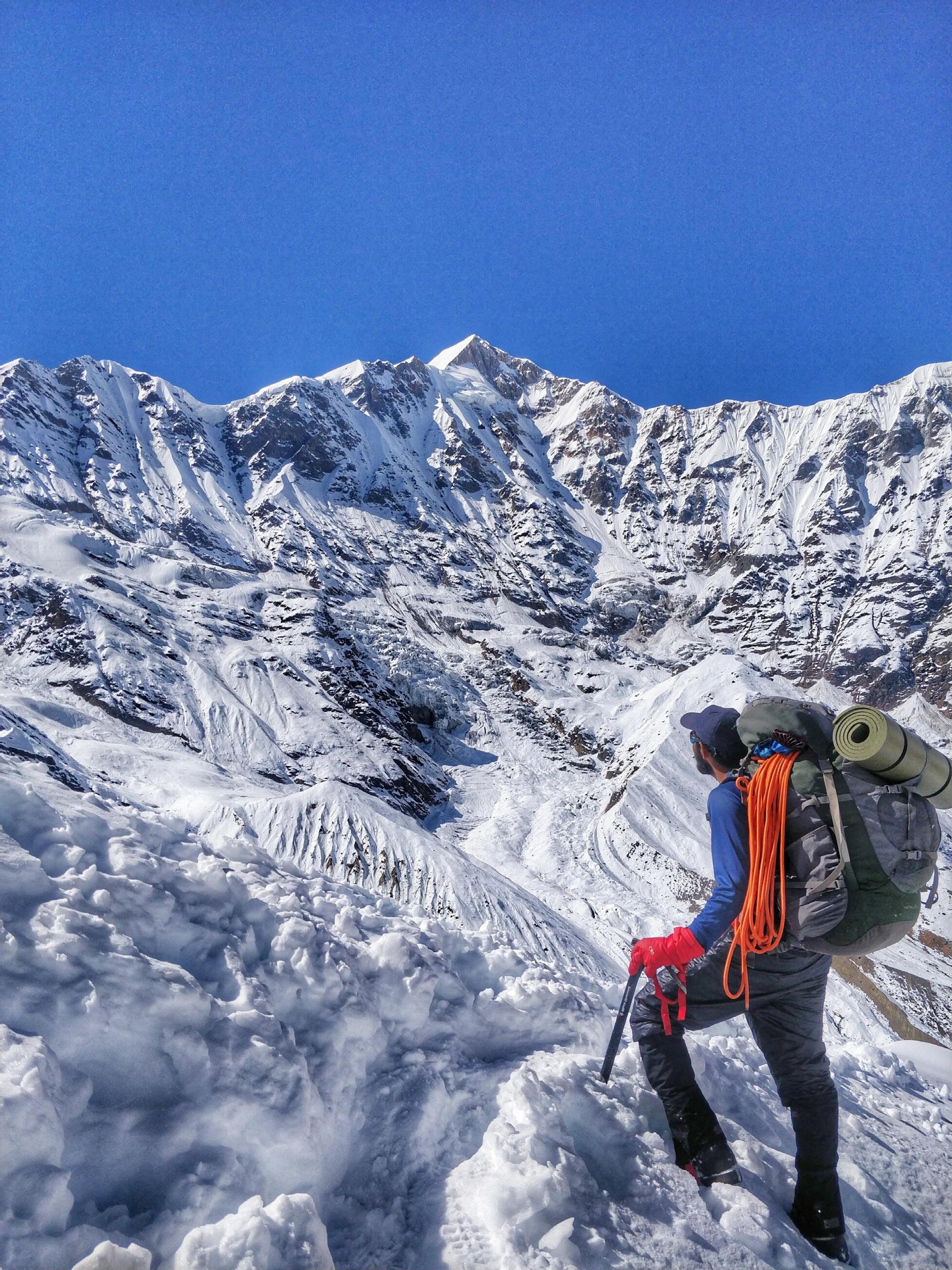
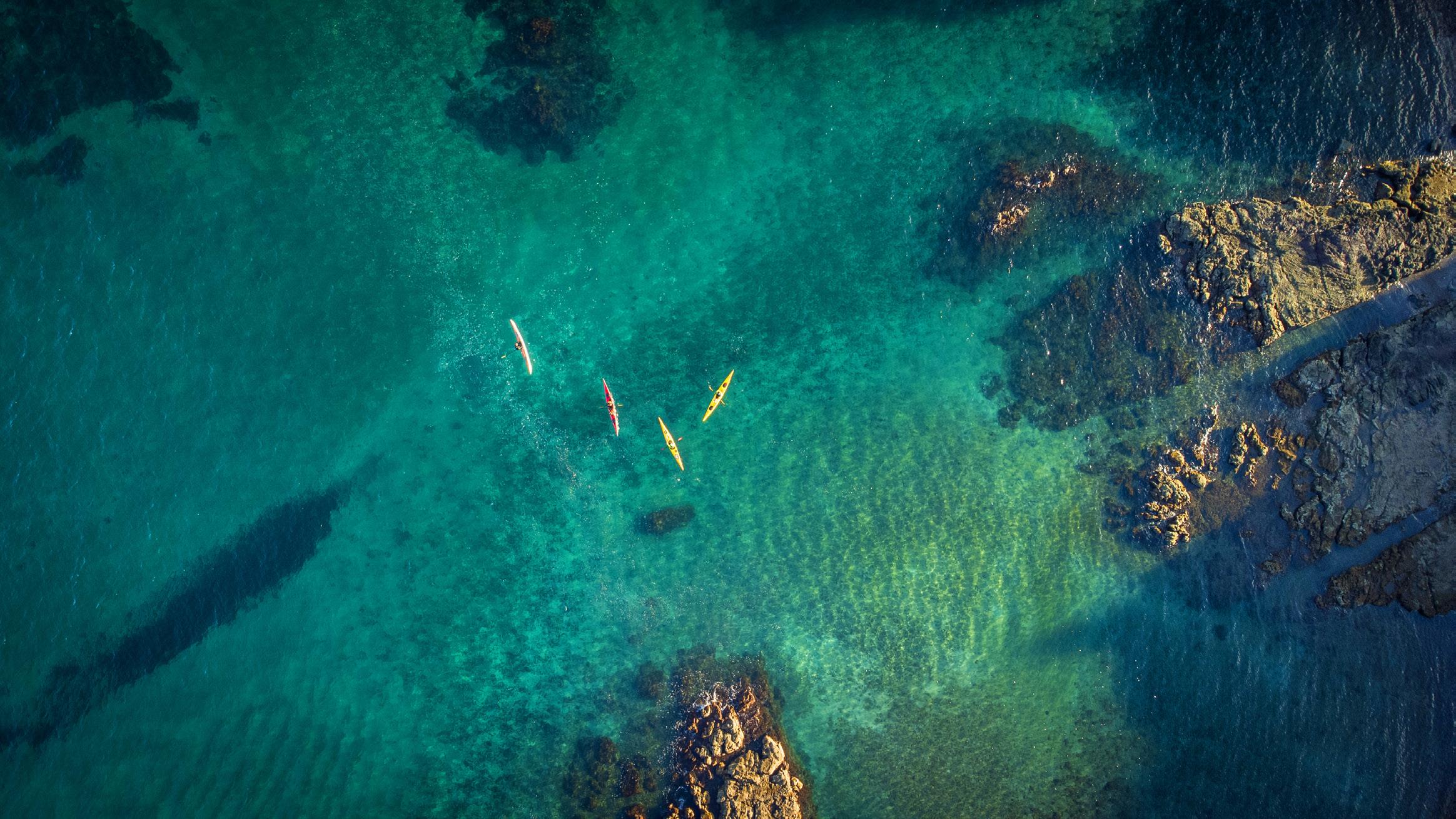
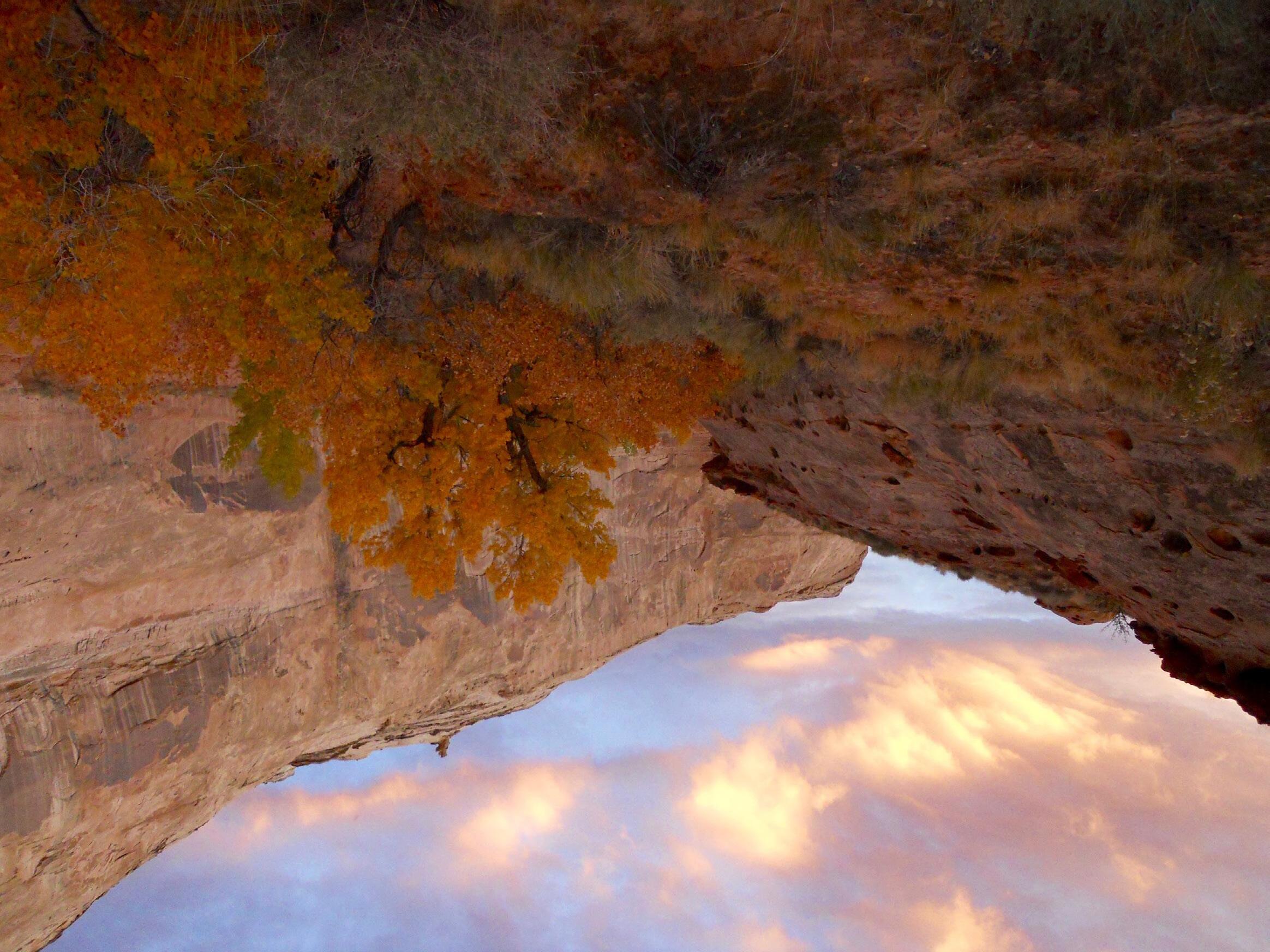
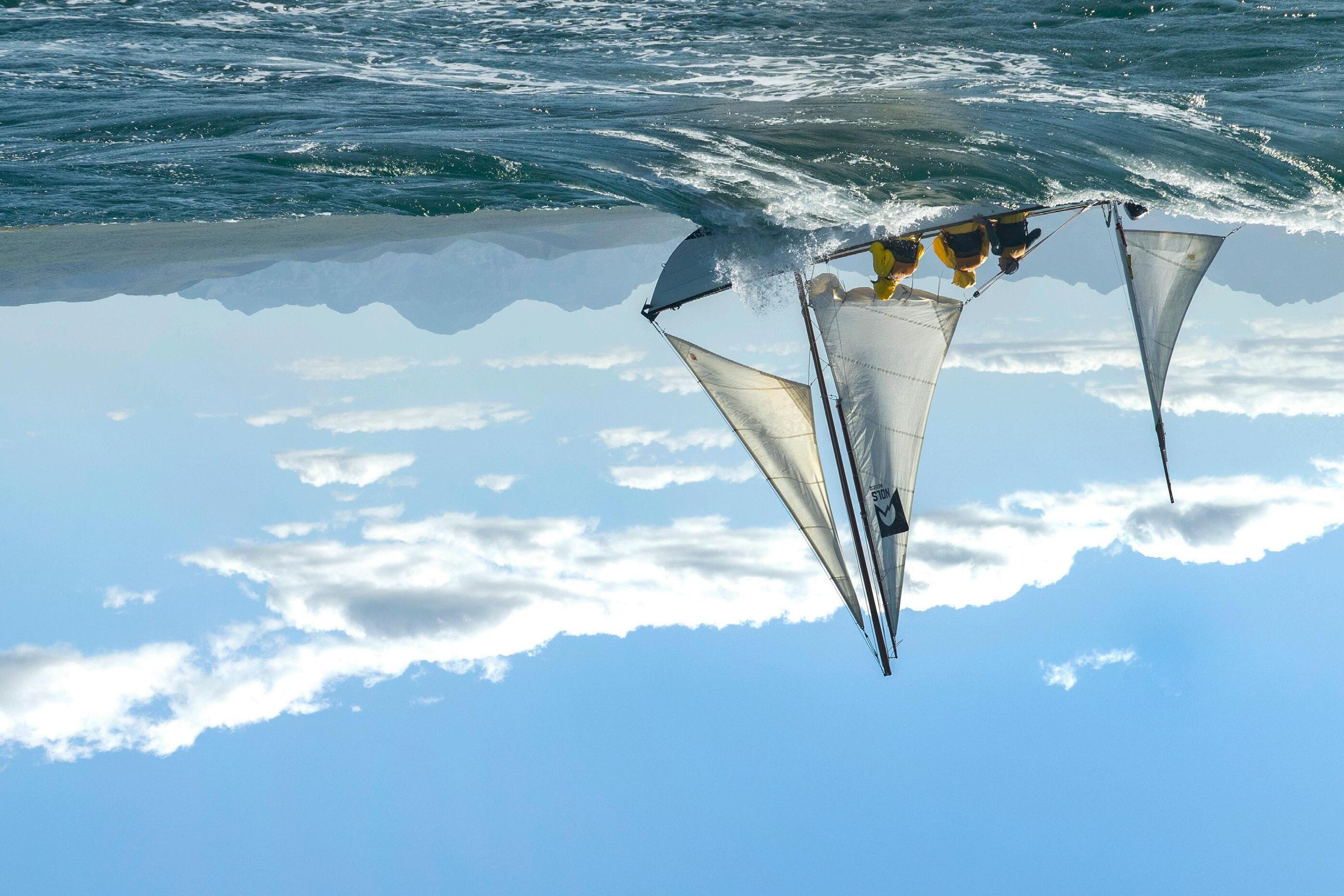
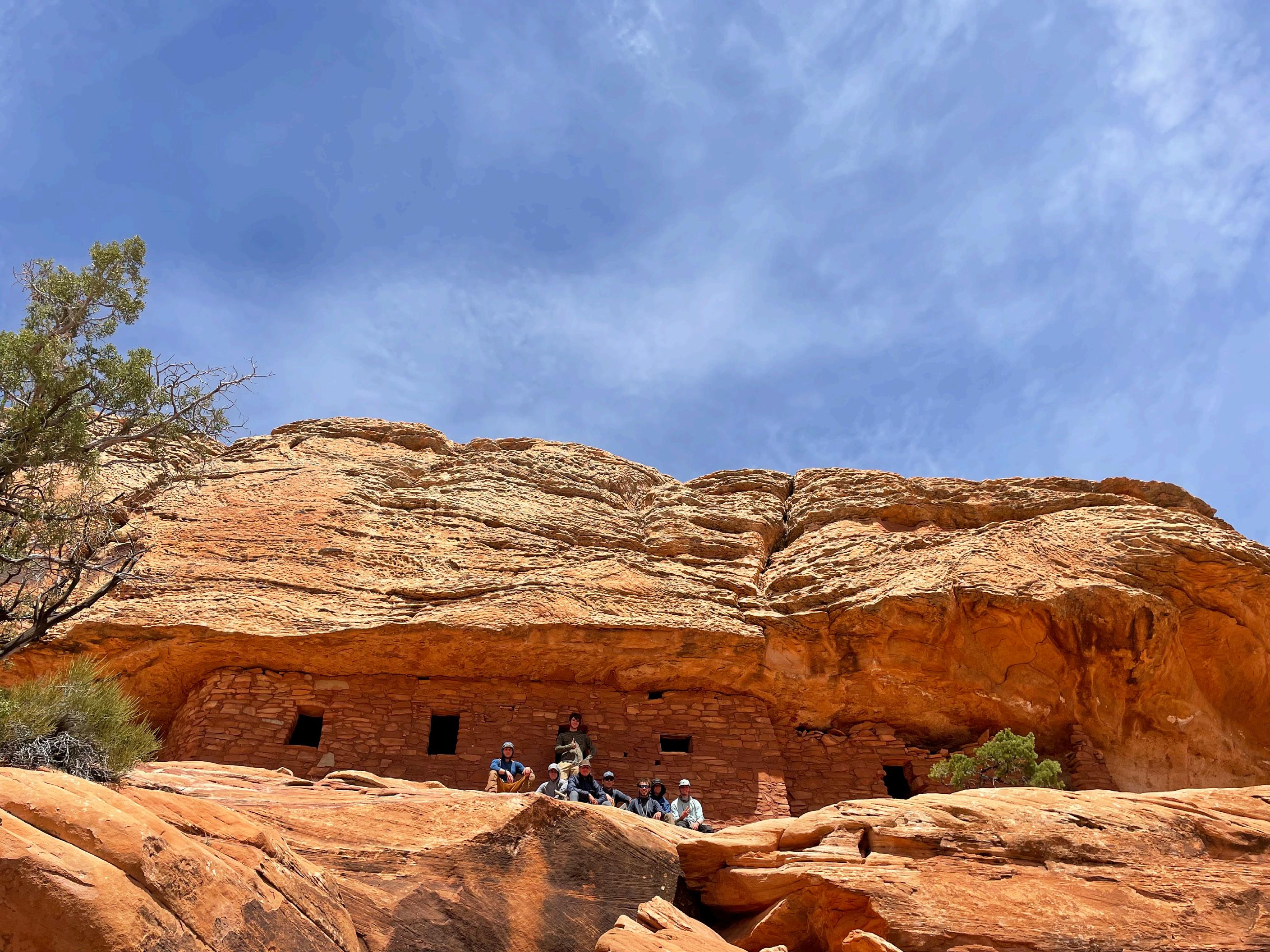
SECOND SUMMIT STRATEGIC PLAN
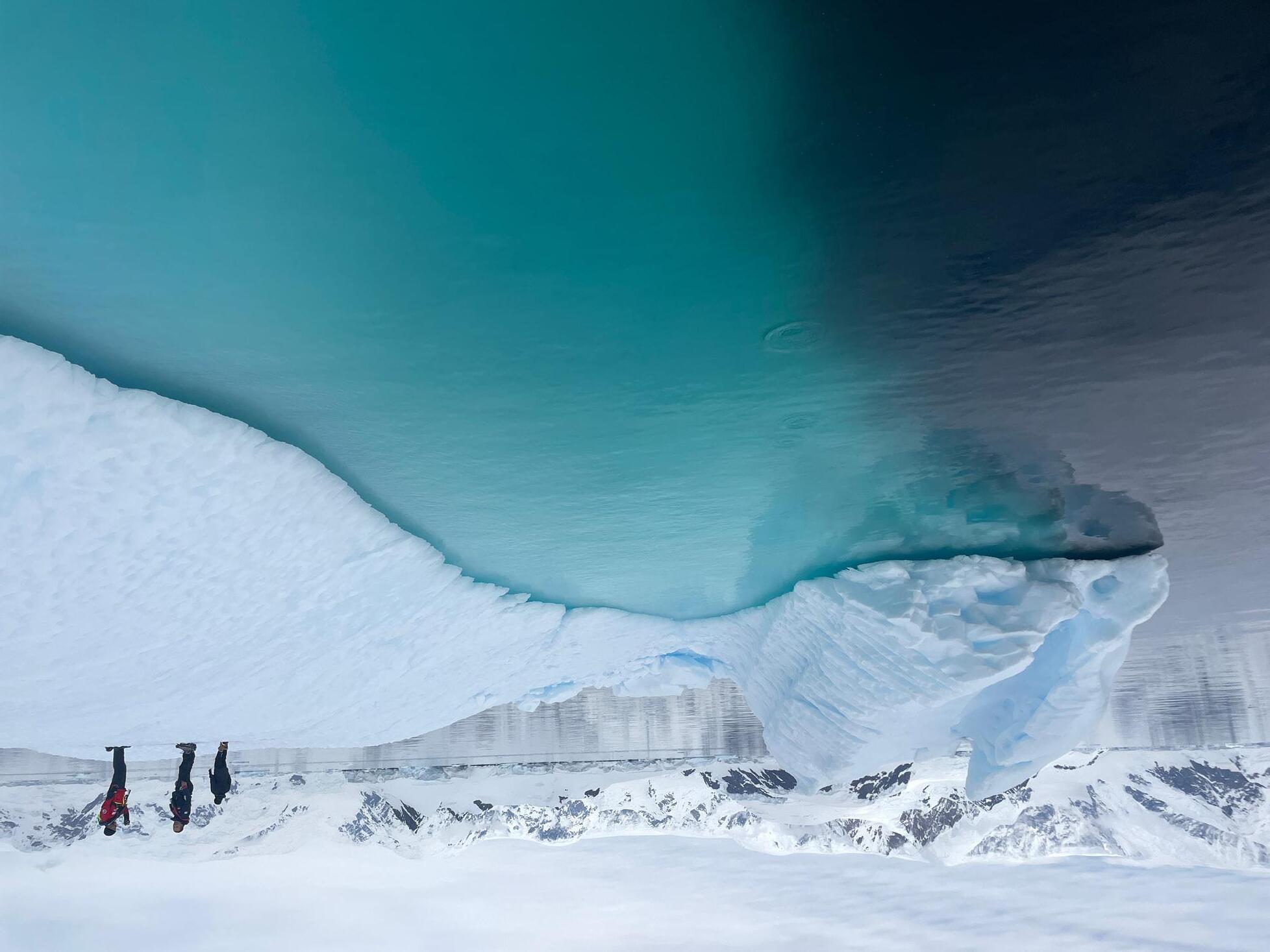

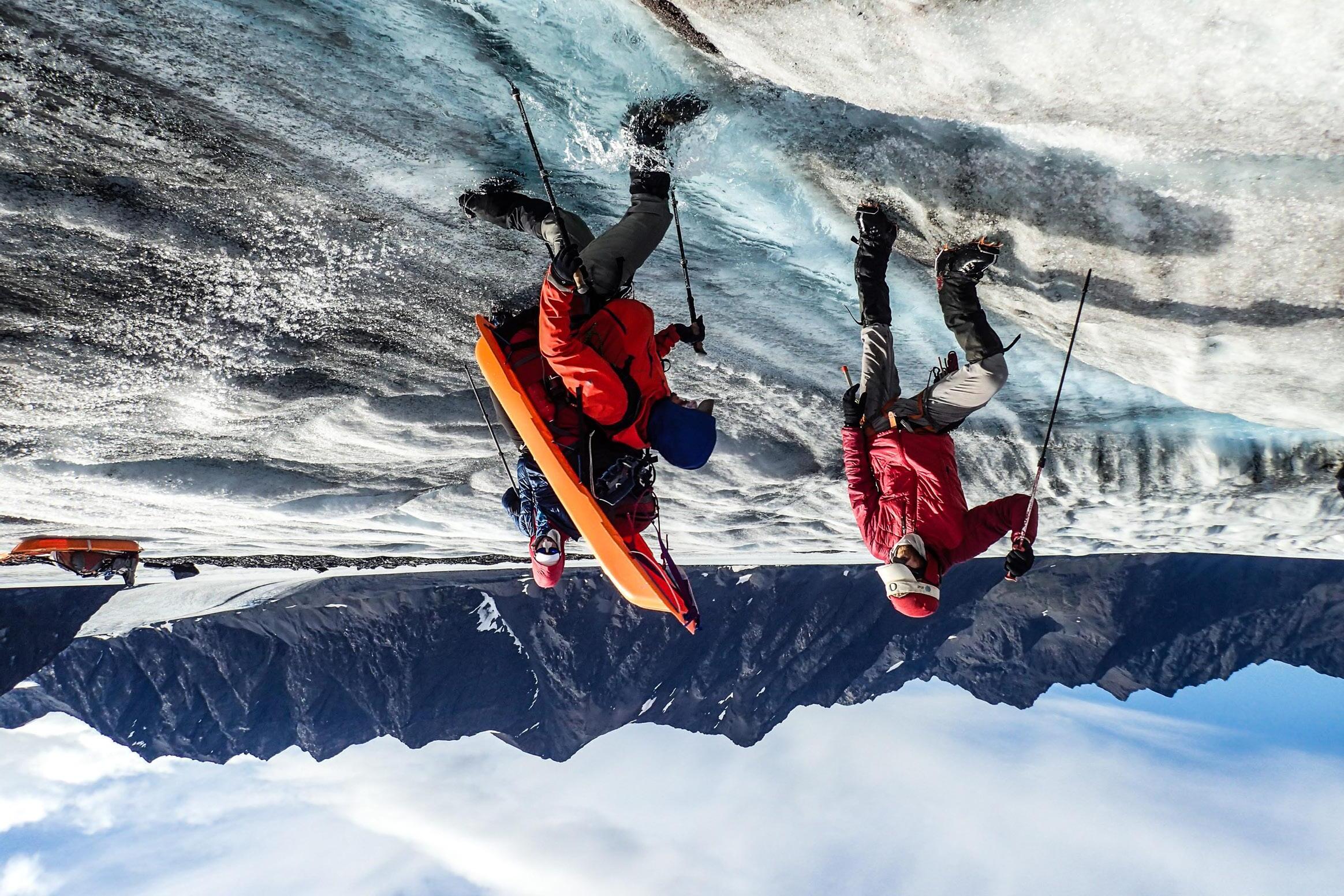
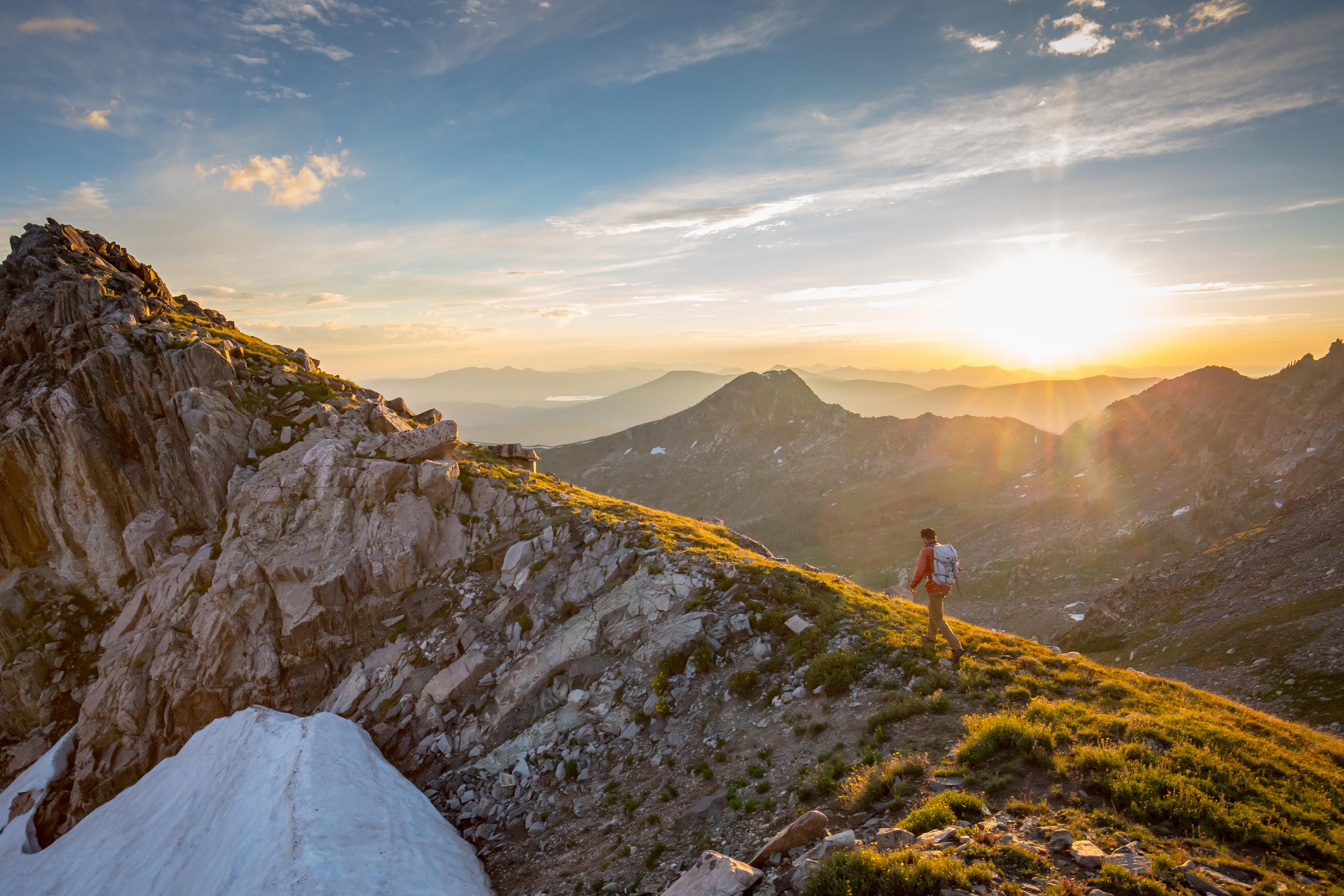
Six months into the implementation of NOLS Second Summit Strategic Plan, we are proud to report steady progress across all strategic objectives.
Momentum is driving our unwavering commitment to NOLS’ values and mission, underpinned by our vision to elevate the leader in everyone. Guided by our core belief that wilderness is at the heart of everything we do, we are committed to making decisions that enhance the longevity and integrity of NOLS. Thank you to everyone who contributes to this shared journey. Together, we are not just meeting the goals of our Second Summit Strategic Plan—we are setting new standards for leadership, education, and wilderness exploration.
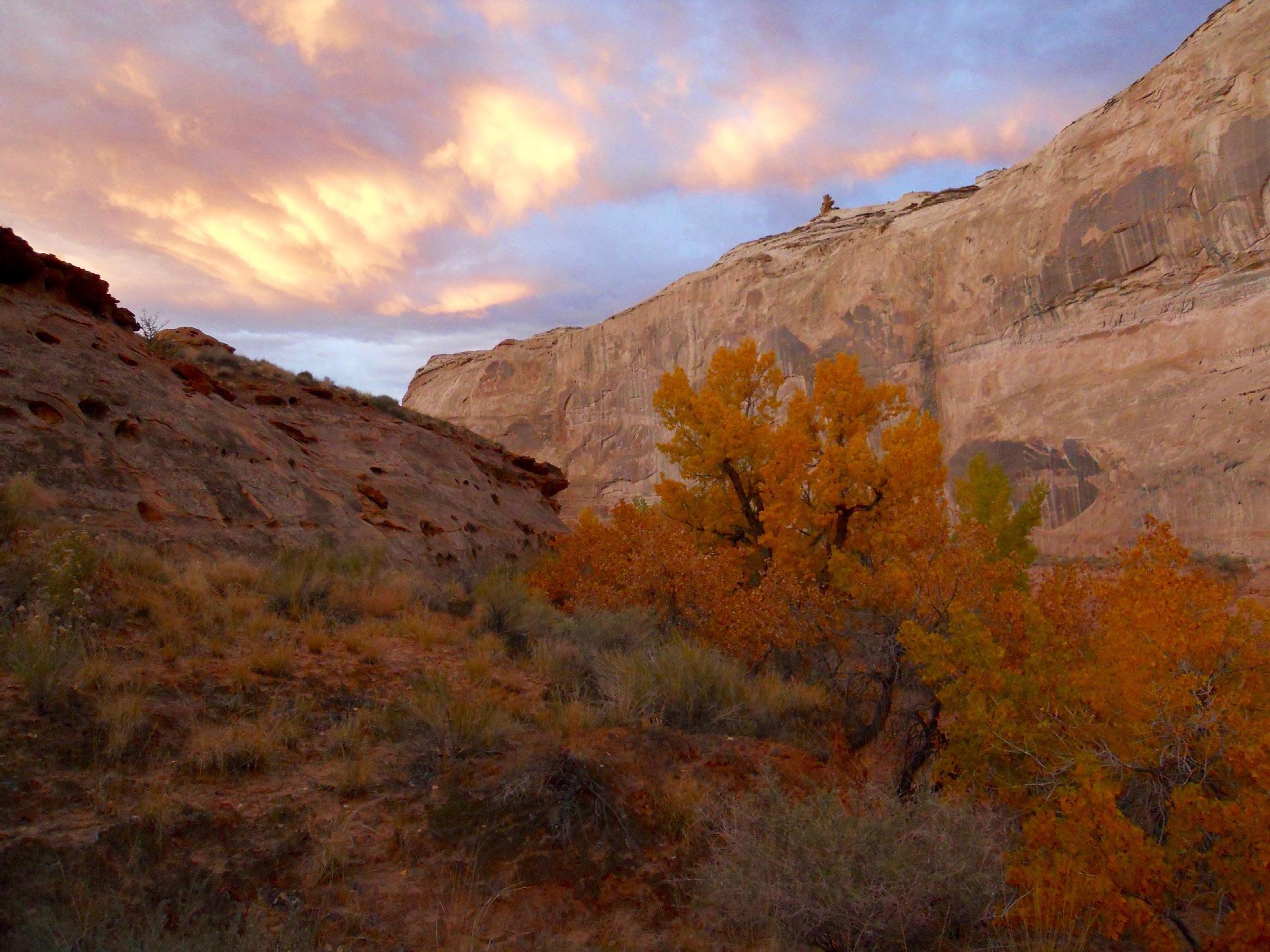


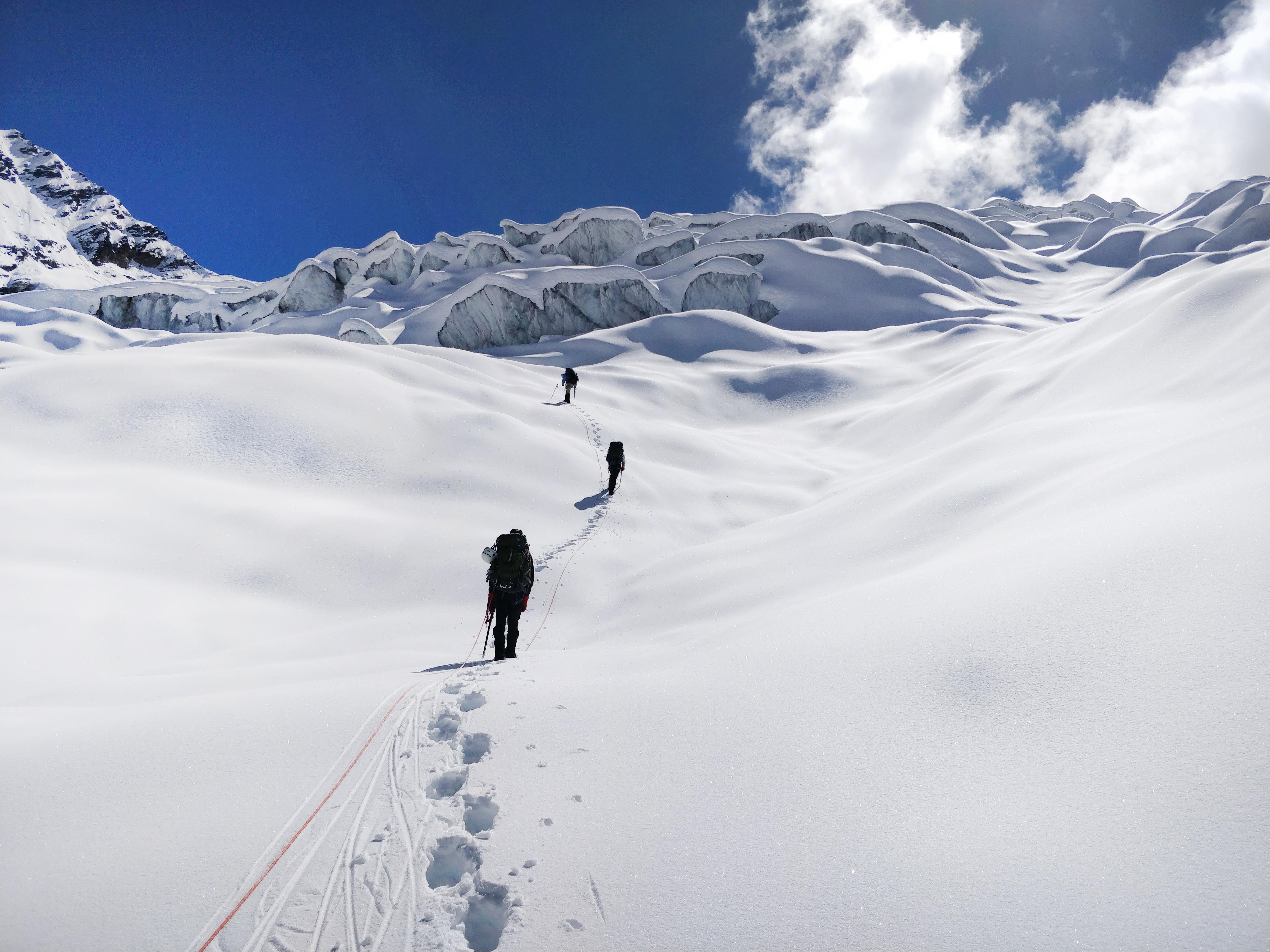
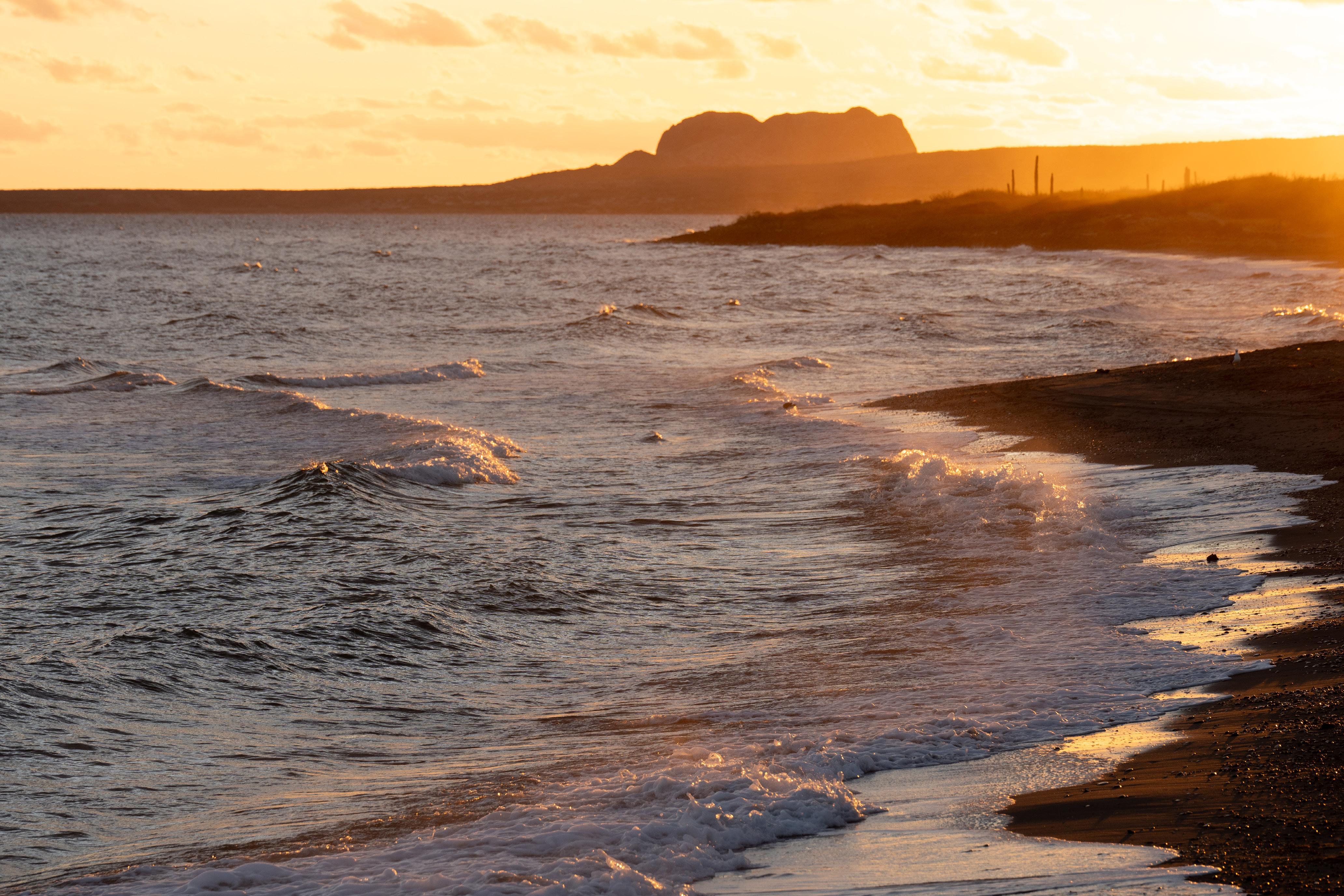
Karthik Maddineni
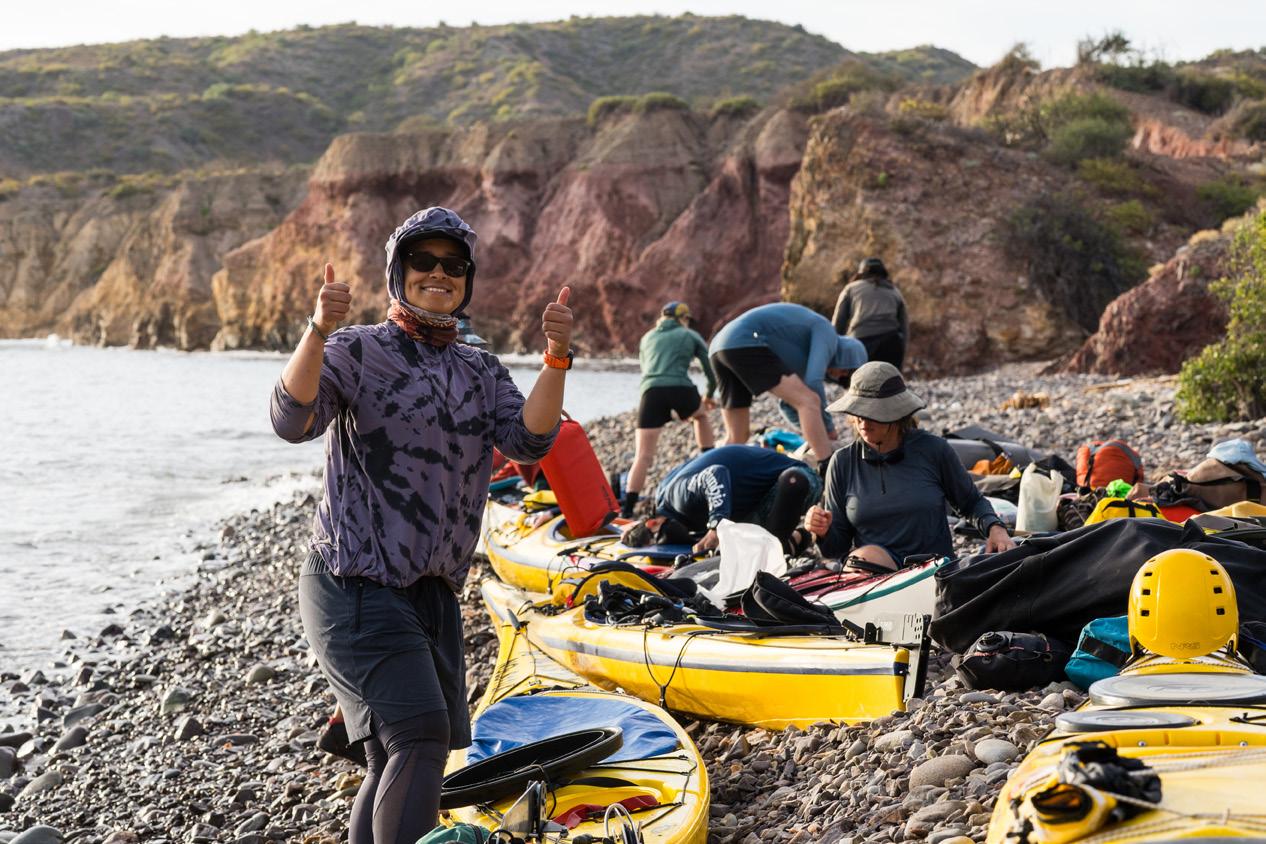
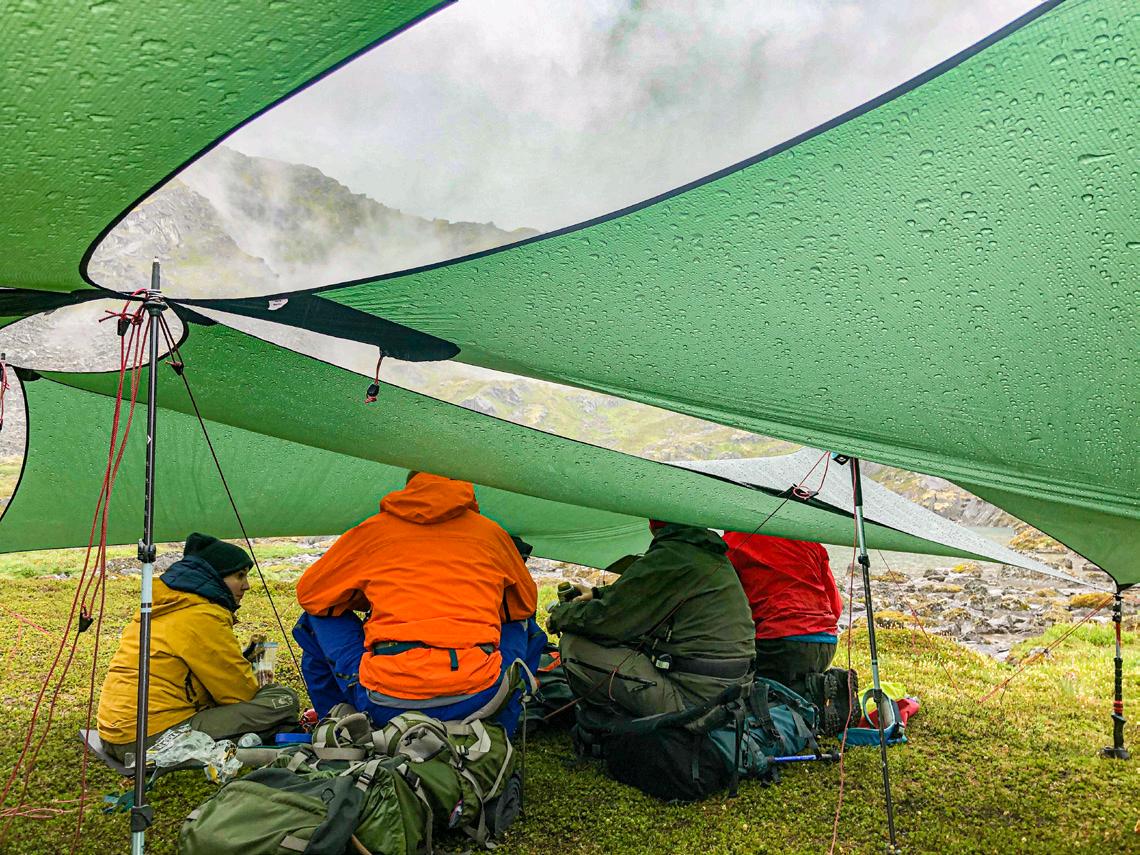
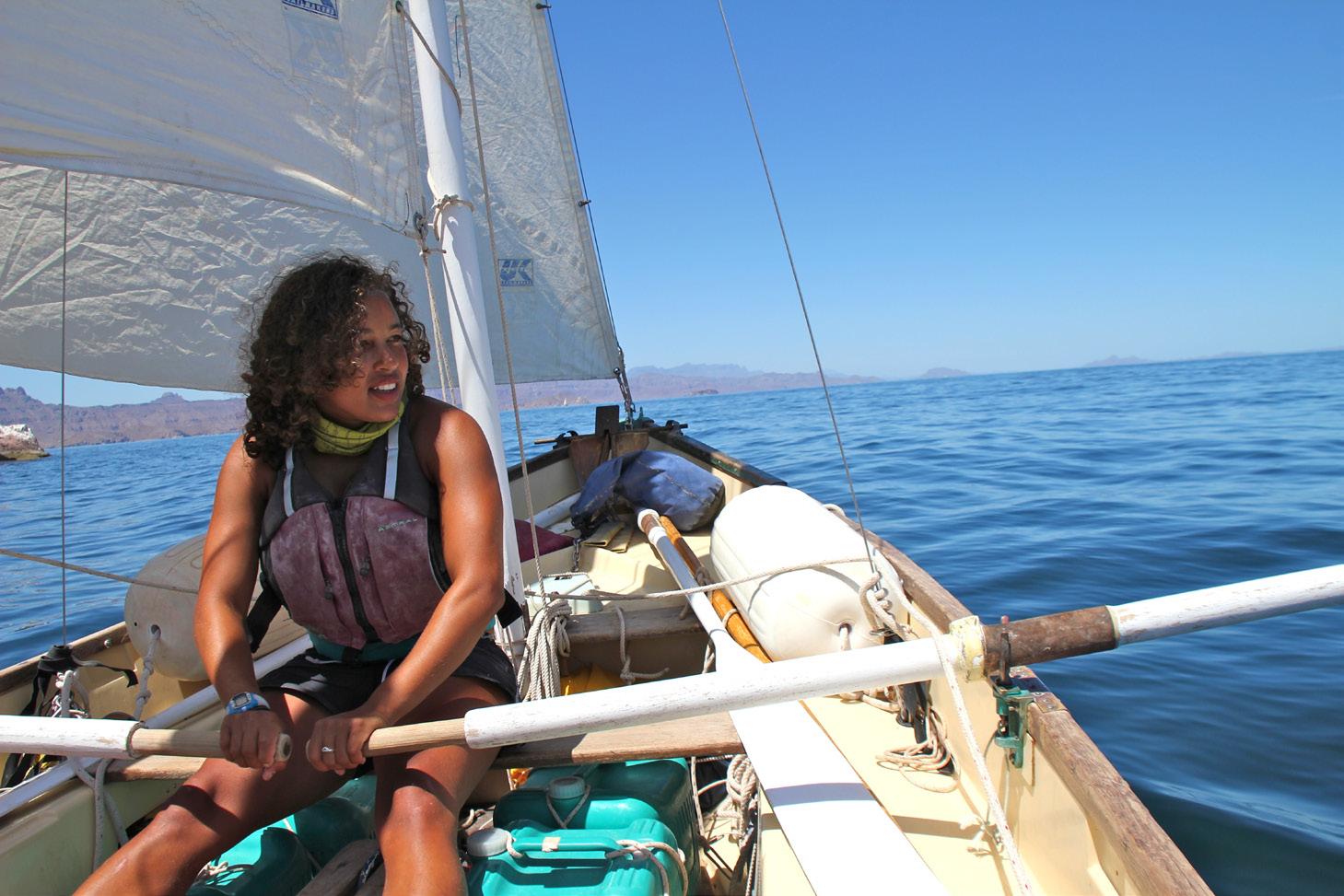
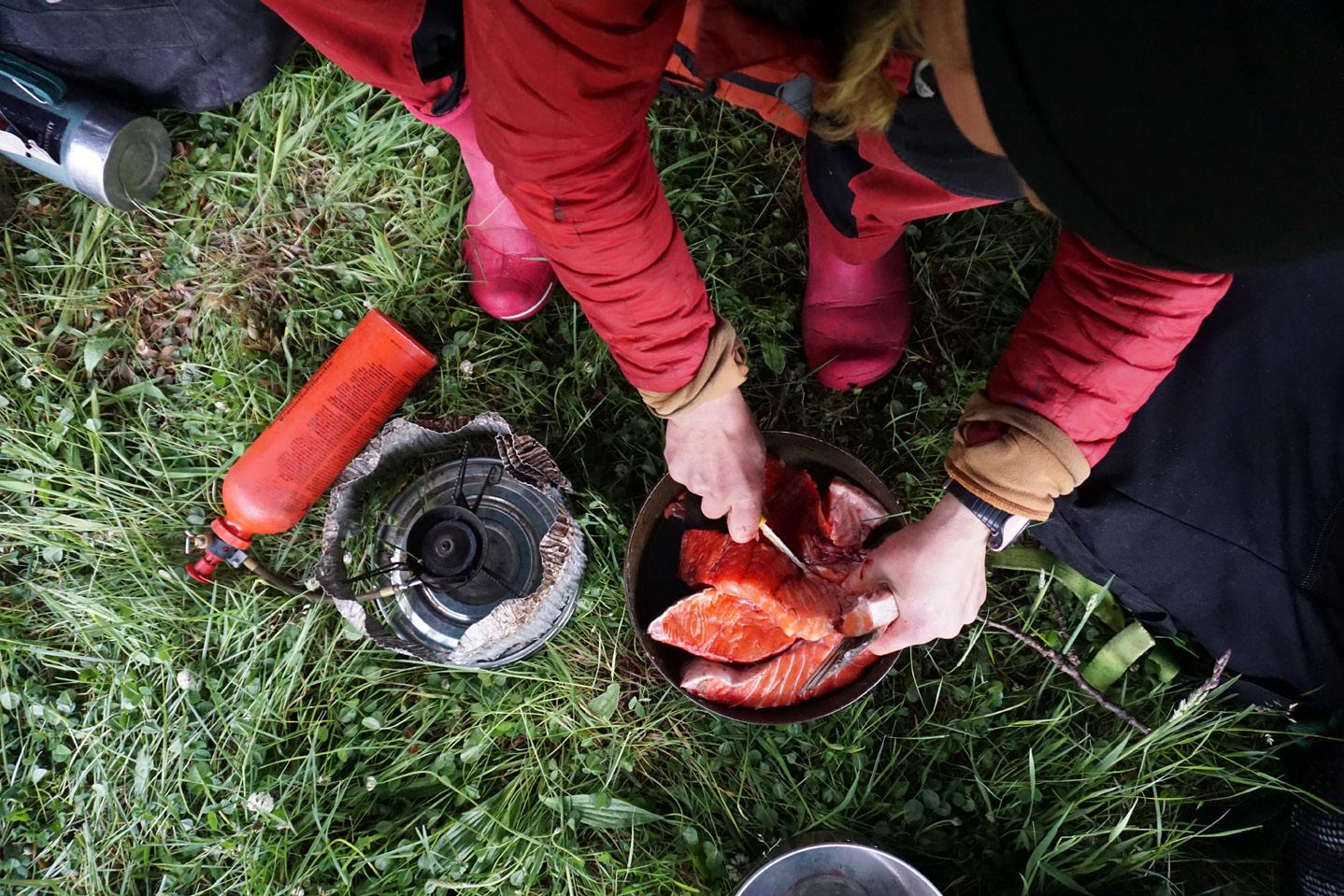
STRATEGIC OBJECTIVES
OUR PEOPLE
We continue to invest in our sta and instructors, ensuring they are supported, engaged, and equipped to deliver transformative experiences. Leadership development and professional growth opportunities remain central to our e orts, fostering a culture of excellence and resilience. Notably, for employees who are parents, we have created and implemented a new Flexible Time O Policy, which includes additional benefits and enhanced parental leave. Additionally, we are developing a new focus on our volunteer o erings across the school, ensuring they are meaningfully integrated into our community.
OUR PROGRAMS
Our diverse course o erings in leadership training, wilderness skills, and wilderness medicine education are thriving. We are balancing innovation with tradition, adapting to the evolving needs of our students while maintaining the integrity of our proven curriculum. Initiatives include the re-introduction of lightweight backpacking, packrafting, and the development of a global healthcare semester, as well as the expansion of our Family Trips Program. This adaptability ensures we remain relevant and impactful in an ever-changing world, while o ering more opportunities for our instructors to work.
OUR INFRASTRUCTURE & FINANCES
Central to the Second Summit Strategic Plan is the development of a sustainable business model. We are actively working to balance a diverse course mix, sta!ng needs, and philanthropic support. Key initiatives include comprehensive budget and profitability analysis, the Global Campus Strategy and preparation for an upcoming comprehensive fundraising campaign. We’ve also implemented a three percent raise across the board to support and retain our dedicated sta . By determining the optimal size of our organization, we aim to achieve financial stability without compromising the quality of our programs.
OUR BRAND
Our marketing strategies are focused, data-driven, and aligned with our mission. We are amplifying our reach, telling compelling stories, and engaging with both new and existing audiences. Recent partnerships with Black Diamond and Whisperlite, along with securing a $75,000 grant from SMBC Bank, are strengthening our brand and expanding our impact. Additionally, we are expanding our presence in the wilderness medicine training industry, with a particular emphasis on growing our EMT program. This approach enhances our visibility and broadens our influence within the global outdoor education community.lbl outdoor education community
Oscar Manguy
Cass Colman
Oscar Manguy
Nadine Lehner
WORLDWIDE EXPEDITIONS

81,342 DAYS IN FIELD
1,974 STUDENTS EXPEDITION FY24 EXPEDITIONS
194 COURSES EXPEDITION

FY24 CAMPUS MAP

GROWING DEMAND AROUND THE WORLD
NOLS is entering the first season in many years where we’ve seen semester enrollment growth and surpassed enrollment targets.
A NOLS expedition continues to o er positive, life-changing experiences for our students. This year was significant for the decisions made to consolidate students in the boreal summer by pausing operations at NOLS Pacific Northwest and Southwest, and reducing operations at NOLS Northeast. While the Pacific Northwest ran a fall semester and the Northeast will run seven Custom Education courses next summer, the impact of these decisions was felt far and wide. The beloved communities and classrooms that comprise these campuses are a significant part of the school’s history and success today.
Fiscal year ’24 marked the first year since COVID that NOLS fully resumed operations in East Africa. Across the board, students describe the highlights of these courses as the deep cultural experience of living and traveling in Tanzania, the service projects implemented along the way, the sense of place, and the profound impact of stepping outside of their comfort zones and into the wild spaces of East Africa.
In the coming year, we will focus on driving demand through implementing a proactive strategy for managing enrollment, growing our partnerships with outdoor brands as well as independent schools and colleges, evolving our course mix to respond to market trends, and continuing to enhance our marketing e orts.
CUSTOM EDUCATION CATALYST FOR HIGH-PERFORMING TEAMS
The U.S. Naval Academy, NASA, and UC Berkeley Haas are among the many organizations who have discovered that NOLS’ power lies in its ability to provide transformative leadership lessons in the field that carry over long after the expedition is complete.
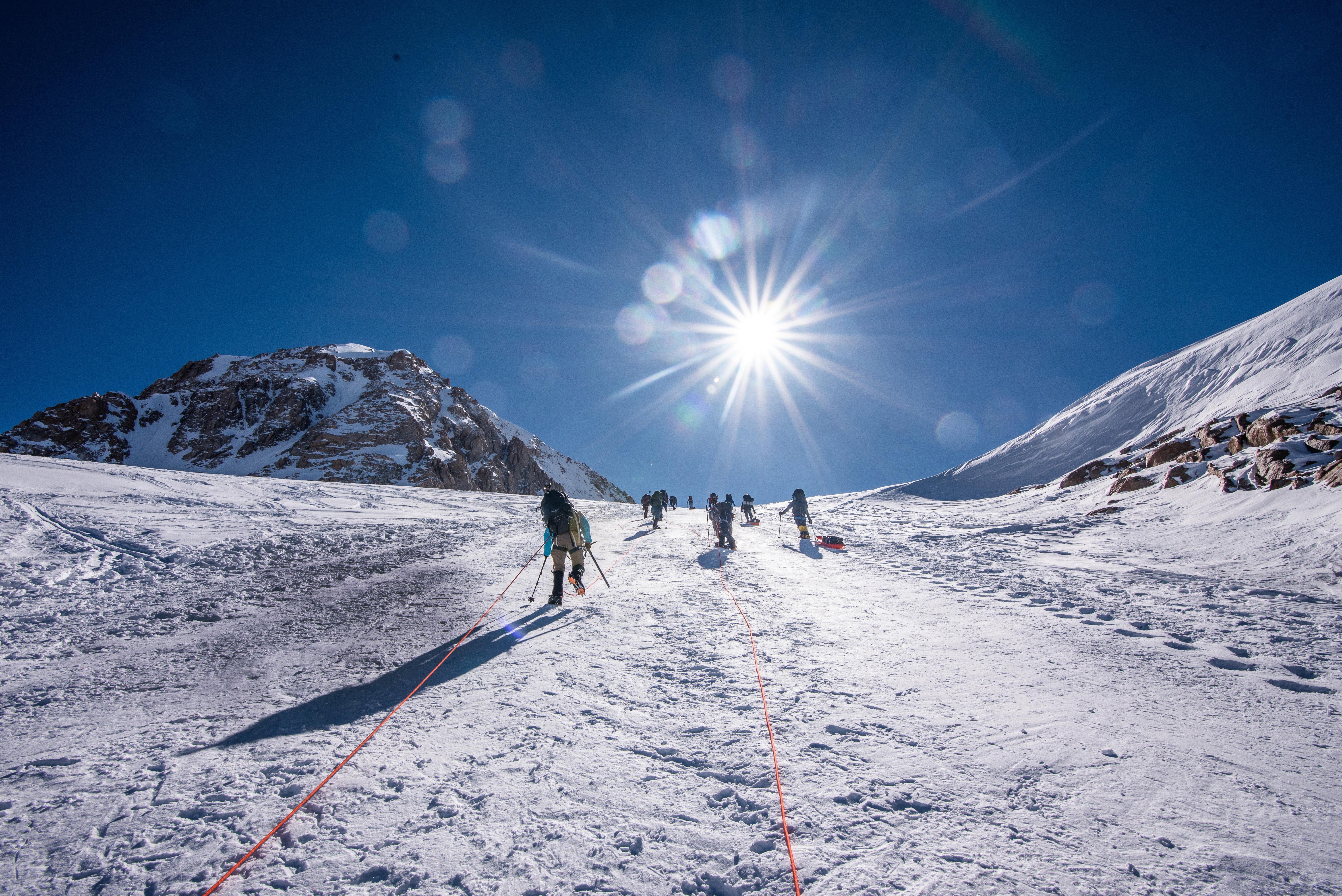
9,650
CUSTOM EDUCATION
878 FIELD STUDENTS FIELD COURSES DAYS IN FIELD FY24
99

By Mike Titzer NOLS Custom Education Account Manager, Field Instructor, and USNA ‘08 / USMC Veteran
For over two decades, the U.S. Naval Academy has partnered with NOLS to provide midshipmen with transformative experiences that sharpen their leadership skills in dynamic, real-world settings. Through immersive multi-week expeditions, NOLS o ers midshipmen the chance to practice essential skills like decision making, teamwork, and problem solving in some of the most challenging environments imaginable.
These wilderness expeditions stand out as extremely e ective ways for midshipmen to develop their leadership abilities beyond the classroom, preparing them for future service in the Navy and Marine Corps. Leading small teams through remote landscapes, midshipmen face adversity and uncertainty head-on, navigating real challenges that require sound judgment and collaborative e ort.
For many, this experience represents their first opportunity to make consequential decisions in situations where their teammates could be at significant risk, fostering a profound sense of accountability and camaraderie. NOLS is uniquely positioned to train the next generation of military leaders. The program emphasizes hands-on learning, encouraging midshipmen to confront challenges directly and cultivate resilience and adaptability—traits that are essential for success in military service. As they engage with the unpredictability of nature, midshipmen learn to trust their instincts and those of their peers.
The partnership between the U.S. Naval Academy and NOLS underscores a shared commitment to developing resilient, capable leaders. As midshipmen carry the lessons learned from NOLS expeditions into their future careers, these young leaders are better equipped to serve with honor, courage, and commitment to themselves, their teammates, and their country.
Jack Thoene
FINANCIAL PERFORMANCE FY24
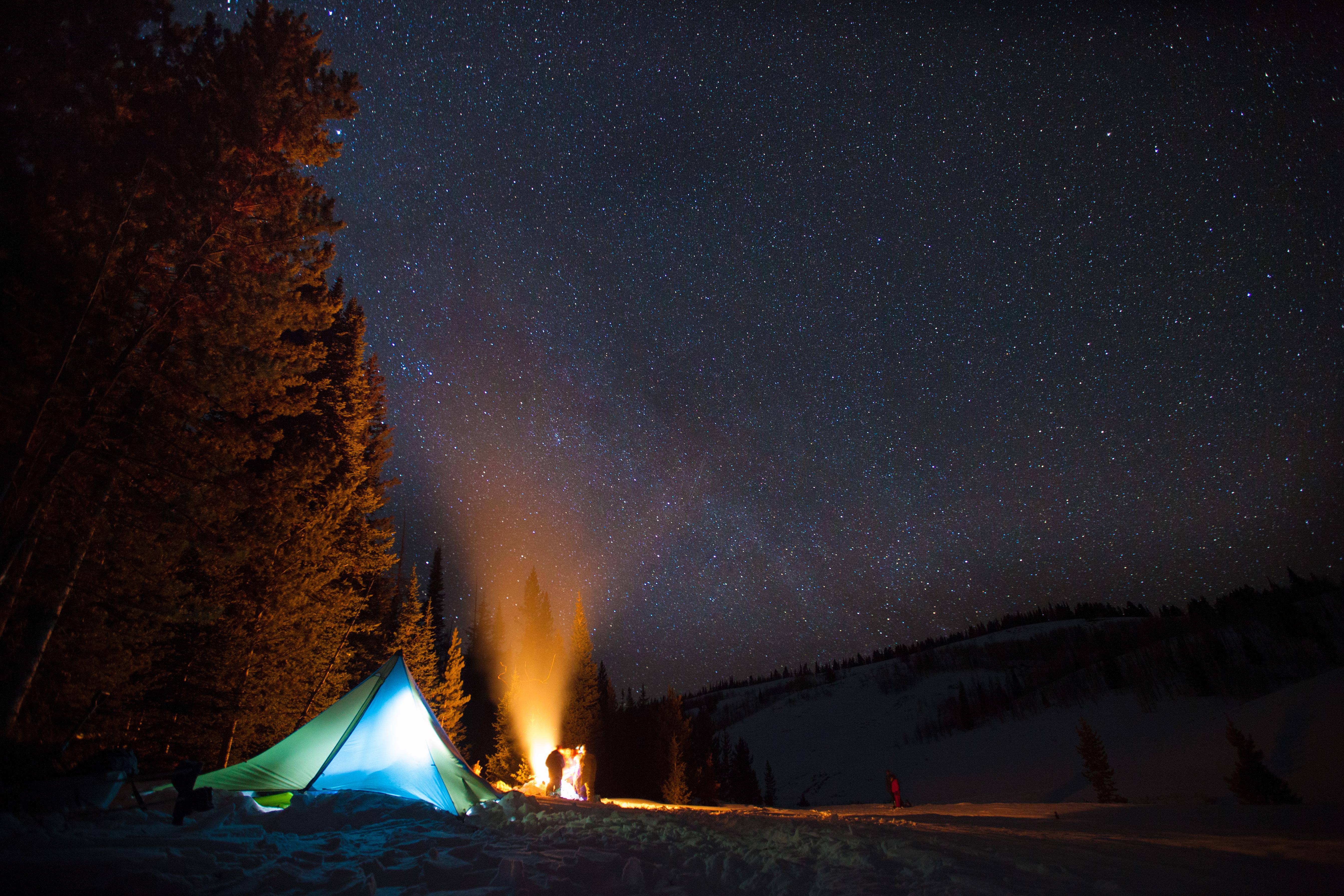
SPARKED BY STRONG GROWTH
Fiscal year ’24 has been a year of substantial financial improvement. The school has had challenges in recent years, with significant cash burn during critical infrastructure changes.
In fiscal year ’23, NOLS spent $10.2 million more in cash than it brought into the school. In fiscal year ’24, this was reduced closer to only a $3 million negative cash flow. While we are not where we want to be, and the operating loss is not sustainable, this change represents a substantial improvement.
NOLS saw a $6.8 million total increase in net assets in fiscal year ’24, fueled by strong growth in our endowment. The support of our donors continues to be a foundation of our financial stability. Backed by a record year of philanthropic giving, NOLS has been able to make significant improvements in operating results.
Positive market returns on our investments of about 9.6% have further contributed to the $7.8 million increase in cash and endowment funds. While we have had to utilize funds from our capital reserve to supplement our operations, our quasi endowment has remained untouched and the endowment has seen three straight years of growth.
$3.2

$3.5
OPERATING RESULTS
(in millions and excluding investment returns)
September 1, 2023 through August 31, 2024
$15.1

$39.6
REVENUE
$1.1
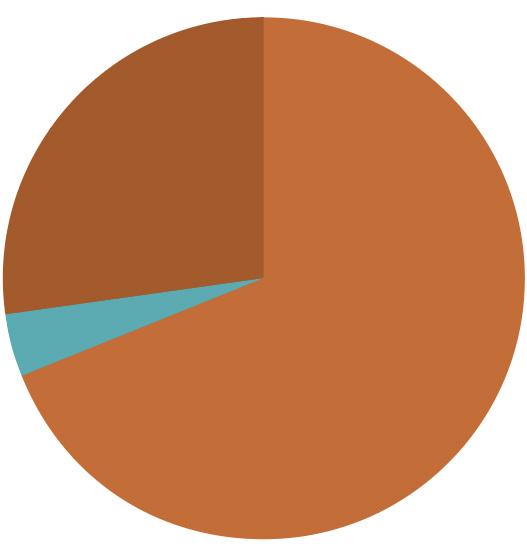
$43.2
OPERATING EXPENSES
Overall, it was a pivotal year for NOLS, substantially reducing the school’s operating losses from -$7.3 million in fiscal year ’23 to -$3.5 million in fiscal year ’24.
PROGRAM REVENUE
(in millions)
September 1, 2023 through August 31, 2024
While program revenue has not yet fully-recovered to historical pre-Covid levels, NOLS has seen continued growth year-over-year fueled by donations, with fiscal year ’23 and fiscal year ’24 total operating revenue exceeding fiscal year ’19.
Molly Hagbrand

CHARTING THE COURSE
NOLS fiscal year ’24 operating results reflect the instrumental changes in operations to drive significant improvement over fiscal year ’23.
Fiscal year ’24 operating revenues of $40 million were up from fiscal year ’23, largely driven by a lift in philanthropic giving, which contributed nearly $5 million to the revenue in fiscal year ’24 versus $3 million in fiscal year ’23. Program revenue remained close to flat year over year. Expenses showed significant improvement from fiscal year ’23, finishing at about $43.2 million, down $3 million or 7% from the prior year and $4.4 million better than budget.
Cost actions in the early spring, including pausing operations at NOLS Pacific Northwest and Southwest, and reducing operations at NOLS Northeast were a large contributor to the reductions in spending, combined with a $0.6 million decrease in transformation-related expenses compared to fiscal year ’23.
CASH & ENDOWMENT VALUES
(in millions) September 1, 2023 through August 31, 2024

BALANCE SHEET
ASSETS Cash Investments Endowment Receivables
Pledges Receivable
Prepaid Expenses
Merchandise
Other Property, Plant & Equipment
TOTAL ASSETS
LIABILITIES & NET ASSETS
Accounts Payable
Student Deposits
Total Liabilities
Net Assets
TOTAL LIABILITIES & NET ASSETS
As of August 31, 2024 2024 5,706,619 23,652,506 54,142,109 875,821 1,275,298 673,060 1,158,957 992,560 27,449,078 $115,926,007 3,712,268 5,577,497 $9,289,764 $106,636,242 $115,926,007 2023 3,768,412 24,357,024 46,536,811 1,700,657 3,007,343 478,984 1,216,817 992,560 29,178,792 $111,237,400 5,030,172 6,378,259 $11,408,431 $99,828,969 $111,237,400
BJ Klophaus
WILDERNESS MEDICINE
CULTIVATING RESILIENCE
BUILDING PREPAREDNESS
NOLS Wilderness Medicine finished fiscal year ’24 strongly, exceeding its target for students, student days, and net financial contribution to NOLS.
In pursuit of our mission to equip every outdoor adventurer with essential wilderness first-aid skills and foster a broad community of competent care, we taught over 21,000 people in 40 di erent states and at 17 international locations in fiscal year ’24.
Our research-based curriculum, informed by real-life backcountry incidents and delivered by expert faculty, continues to create a fun, immersive experience that empowers individuals to venture farther and navigate the great outdoors, while having the confidence to act when action is needed.
In fiscal year ’24 we received stories from students who treated everything from poison ivy to puncture wounds to altitude illness, often in support of their friends and family. Some jumped in to help in the aftermath of Hurricane Helene, sta!ng distribution centers and providing primary care to residents isolated by the storm. Others found that attending a NOLS Wilderness Medicine course compelled them to make the leap into the healthcare field.
Looking forward, NOLS Wilderness Medicine anticipates consistent demand for our programming, fueled by newly launched marketing initiatives. Specifically, growth in our hybrid learning programs is outpacing our more traditional o erings. There are now over 7,000 students annually engaged in a blended learning experience at NOLS, expanding access to a NOLS education.
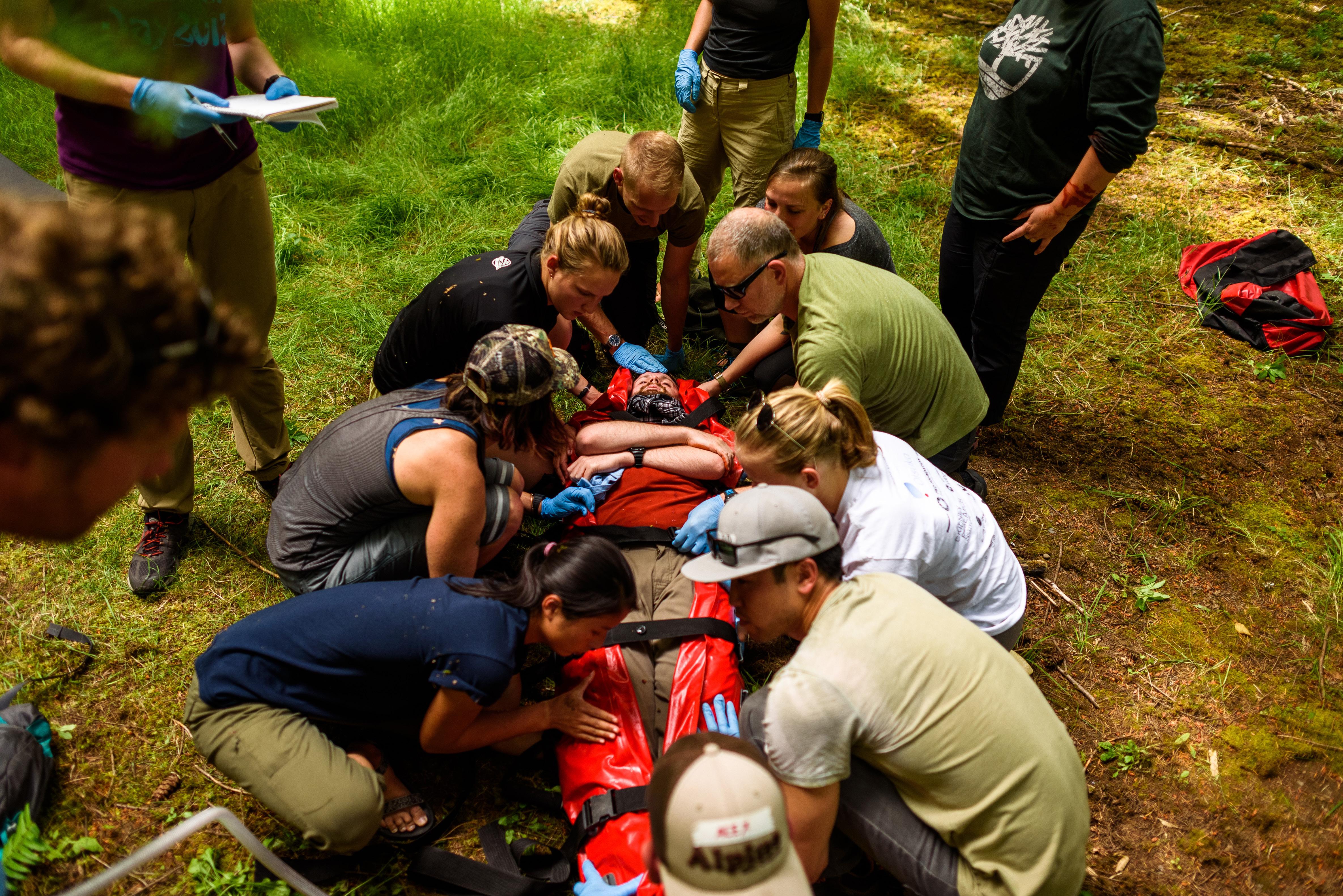
WILDERNESS MEDICINE
97,497 DAYS CLASSROOM FY24
898 WILDERNESS MEDICINE COURSES

300 SPONSORS OVER 21,092 WILDERNESS MEDICINE STUDENTS
Kyle Wilson
WILDERNESS MEDICINE

BEYOND SURVIVING:
THE NORTH FACE ATHLETES THRIVE IN THE UNFORSEEN
The stakes are high for The North Face professional athletes. For these elite adventurers, their careers—and sometimes their lives—depend on navigating risk and uncertainty in some of the world’s most challenging environments.
Enter NOLS Wilderness Medicine.
By Laurel Vincent NOLS Social Media Coordinator
In 2009, Samuel Elias found himself deep in the jungle of Venezuela. The North Face athlete and his team were exploring Venezuela’s rock climbing and were on the way to the crag when the unexpected struck.
Sam recalls being “swarmed by these ants.” Within seconds, his partner was bitten and a serious allergic reaction began. As panic ensued, Sam had a chilling realization: no one in the group had the medical training to help. Sam describes his partner having “really rapid itching, a growing rash on his chest, and some breathing problems.” The worst part was: “none of us had anything: no meds, no nothing, no robust first-aid kit.” They were not only short of the necessary supplies, they also lacked
the medical skills to assist their teammate and curb the rapid reaction. Sam remembers that “it was progressing quickly; it definitely had respiratory e ects. If it progressed further, I don’t know what we would have done. We were in the jungle of Venezuela.”
Fortunately, the reaction slowed, his partner’s breathing steadied, and the moments of panic dissipated as relief took over. While Sam and his team were grateful, the episode left a lasting impression on everyone about the critical need for wilderness medicine training. He recalls this moment of clarity, saying, “That was when I realized I needed to ask the question: am I a liability or an asset?”
Last summer, Sam and 14 other professional athletes from The North Face took action. The athletes traveled to NOLS’ beautiful Pacific Northwest campus to attend a five-day Hybrid Wilderness First Responder (HWFR) course ready to arm themselves with education and practice.
Under the guidance of senior NOLS Wilderness Medicine Instructors Josh McNary and Nissa Guerrero, the athletes trained for real-world scenarios, applying skills like managing severe allergic reactions, stabilizing injuries, and creating evacuation plans in remote and austere places.
Classroom sessions and real-time scenarios focused on challenges specific to winter snow conditions, remote rock climbing, and running adventures, where participants often travel miles into the backcountry without access to medical care. The course was built around harsh realities— long days on remote trails, unpredictable weather, and the risks inherent in climbing and skiing in extreme environments.
“The NOLS training makes me feel ready for anything.”

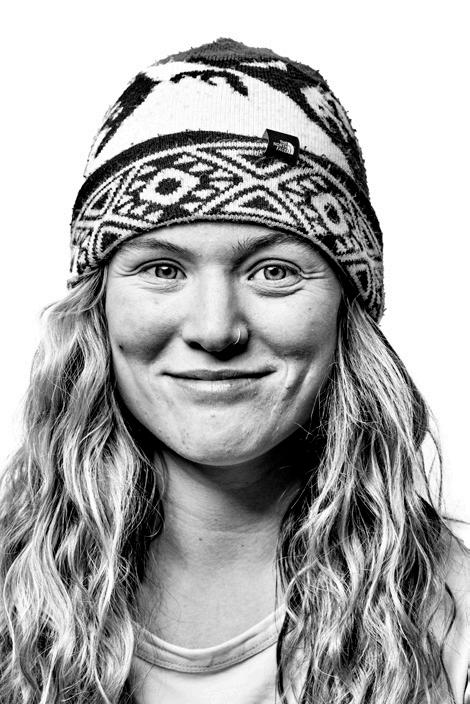

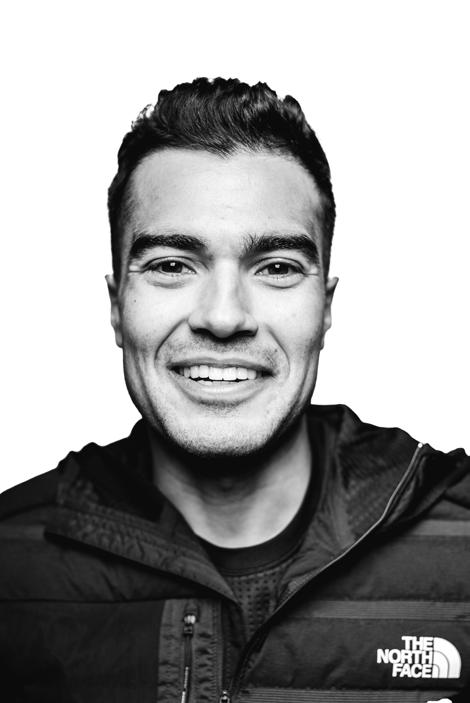
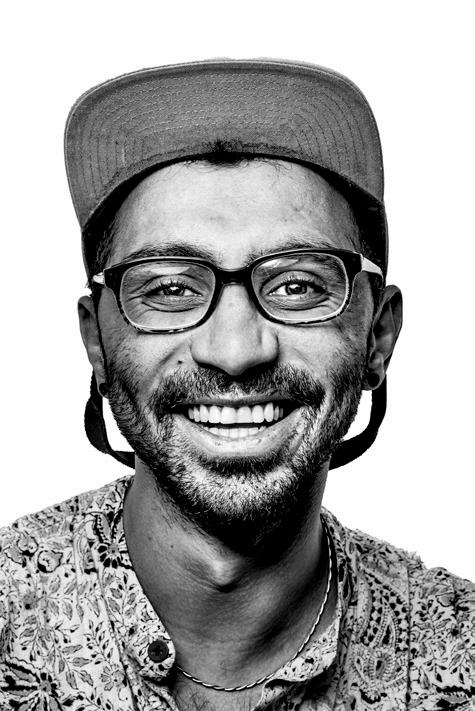
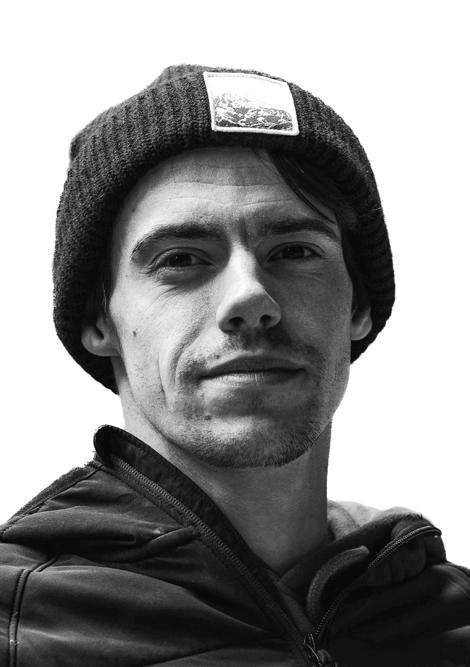

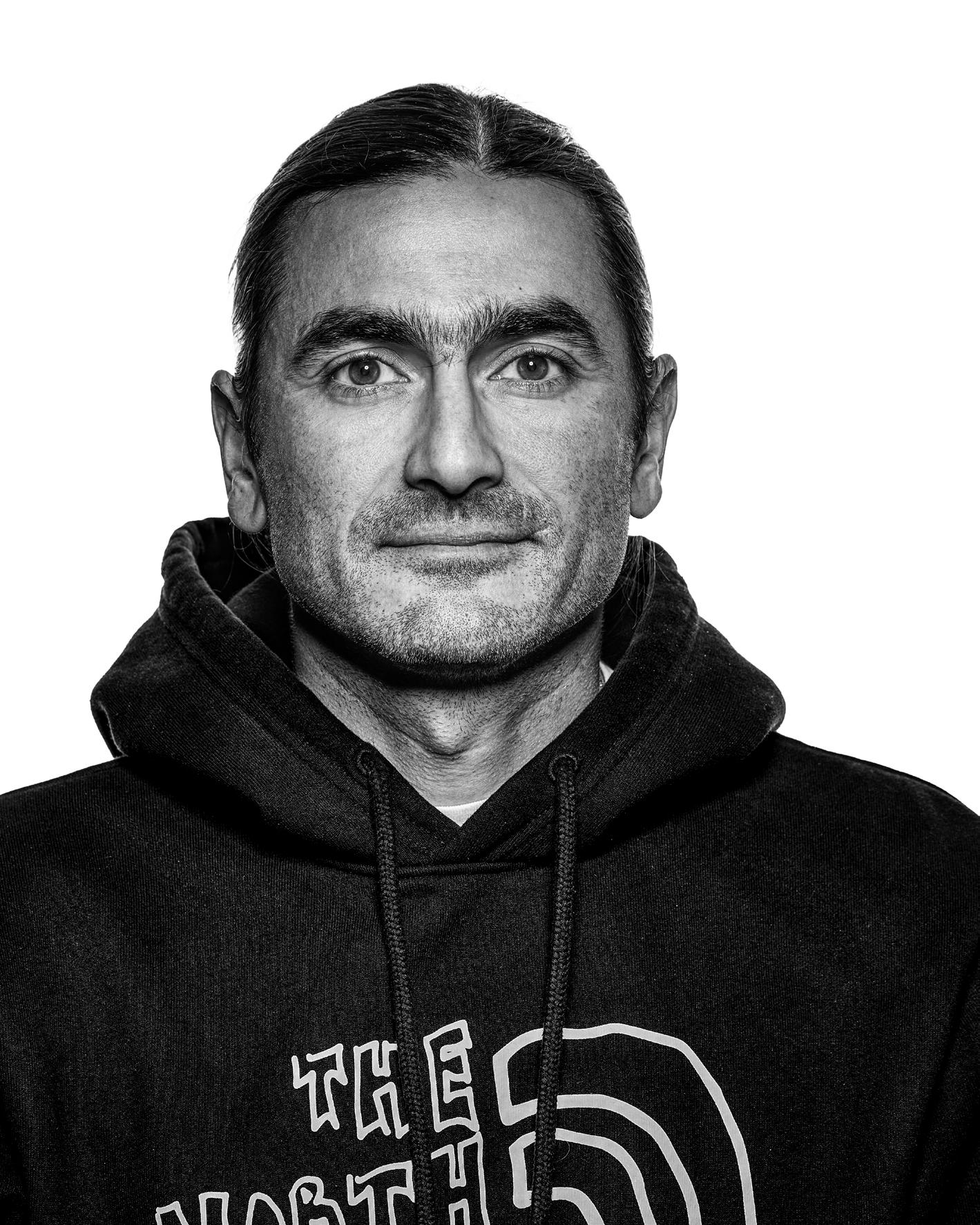

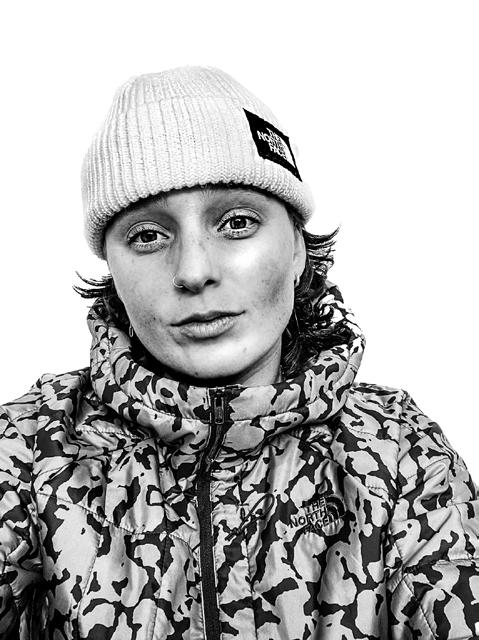
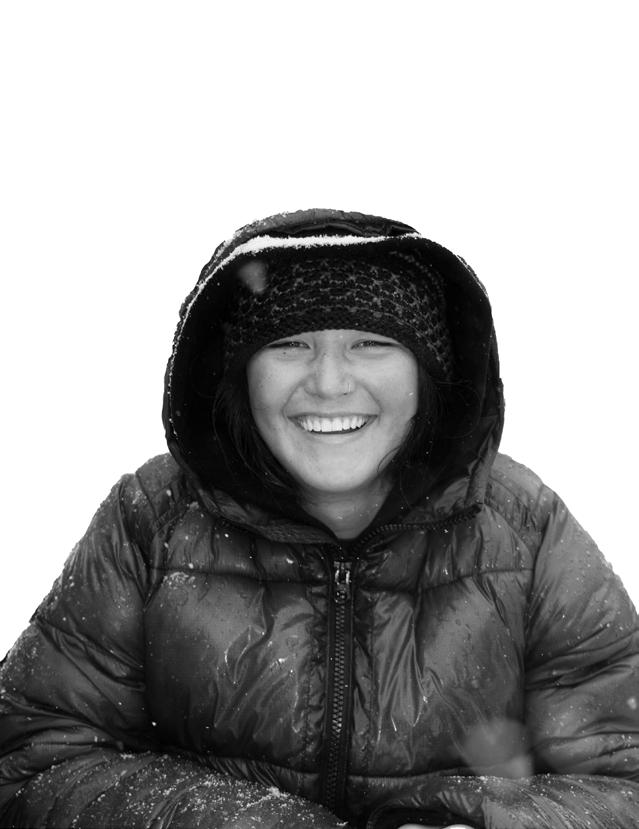
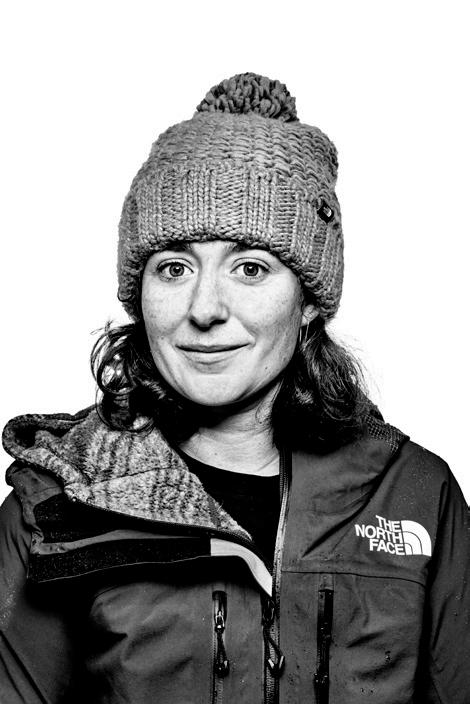
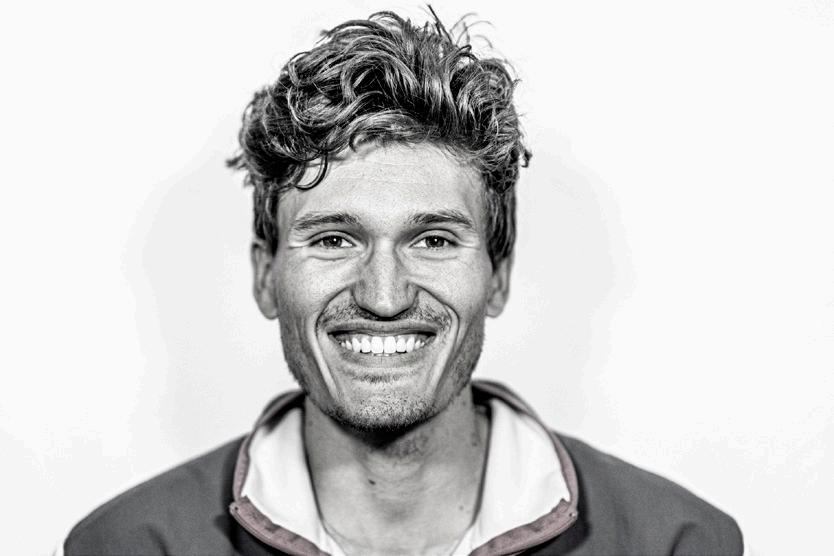
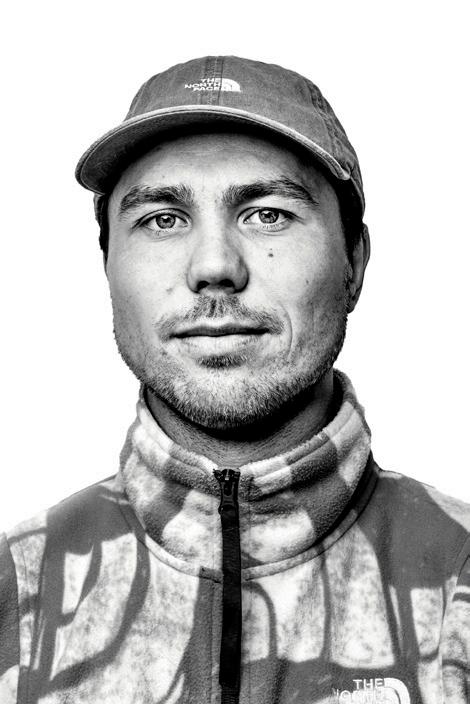
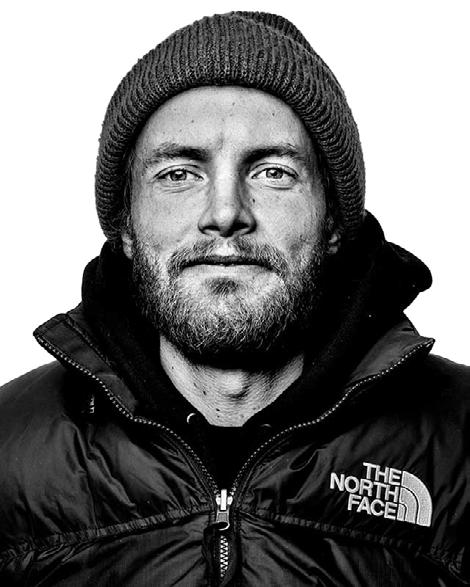
- SAM ELIAS The North Face Professional Athlete
BRITTANY CHARBONEAU BEN POECHMAN VASU SOJITRA MARY RAND IRIE JEFFERSON IRIS PHAM NATHANIEL COLEMAN
JANELLE YIP JOHNNY LUNA LIMA BEN MAYFORTH TAYLOR LUNDQUIST
MAUREEN BECK JOHAN ROSEN
AUSTIN SMITH
NOLS+THE NORTH FACE
AN ASCENDING PARTNERSHIP
The North Face and NOLS plan to expand their partnership in the coming years, o ering additional courses tailored to the unique needs of outdoor adventure professionals. The goal? To make the NOLS Wilderness Medicine curriculum a standardized skill set for outdoor adventurers, enabling them to thrive in the most remote and rugged corners of the world.
The success and future growth of the partnership owe much to the e orts of individuals like Jimmy Chin, whose unique connection to both organizations has been pivotal in aligning their shared mission. An award-winning filmmaker, author, photographer, former NOLS instructor, and professional athlete with The North Face for over
twenty years, Jimmy brings unparalleled expertise and perspective. As a current NOLS Trustee, he serves as a vital link between the school and The North Face. With extensive experience operating in high-risk environments, Jimmy deeply understands the challenges athletes face while pushing their limits. He recognizes how, without formal wilderness medicine training, they can feel powerless in critical situations.
Special thanks to NOLS Partnerships Director Jeremy Cronon, The North Face athlete managers James Kelly, Justin Moreng, Tre Goode, Alex Pashley, and wilderness medicine instructors Josh McNary, and Nissa Guerrero for making this collaboration possible.
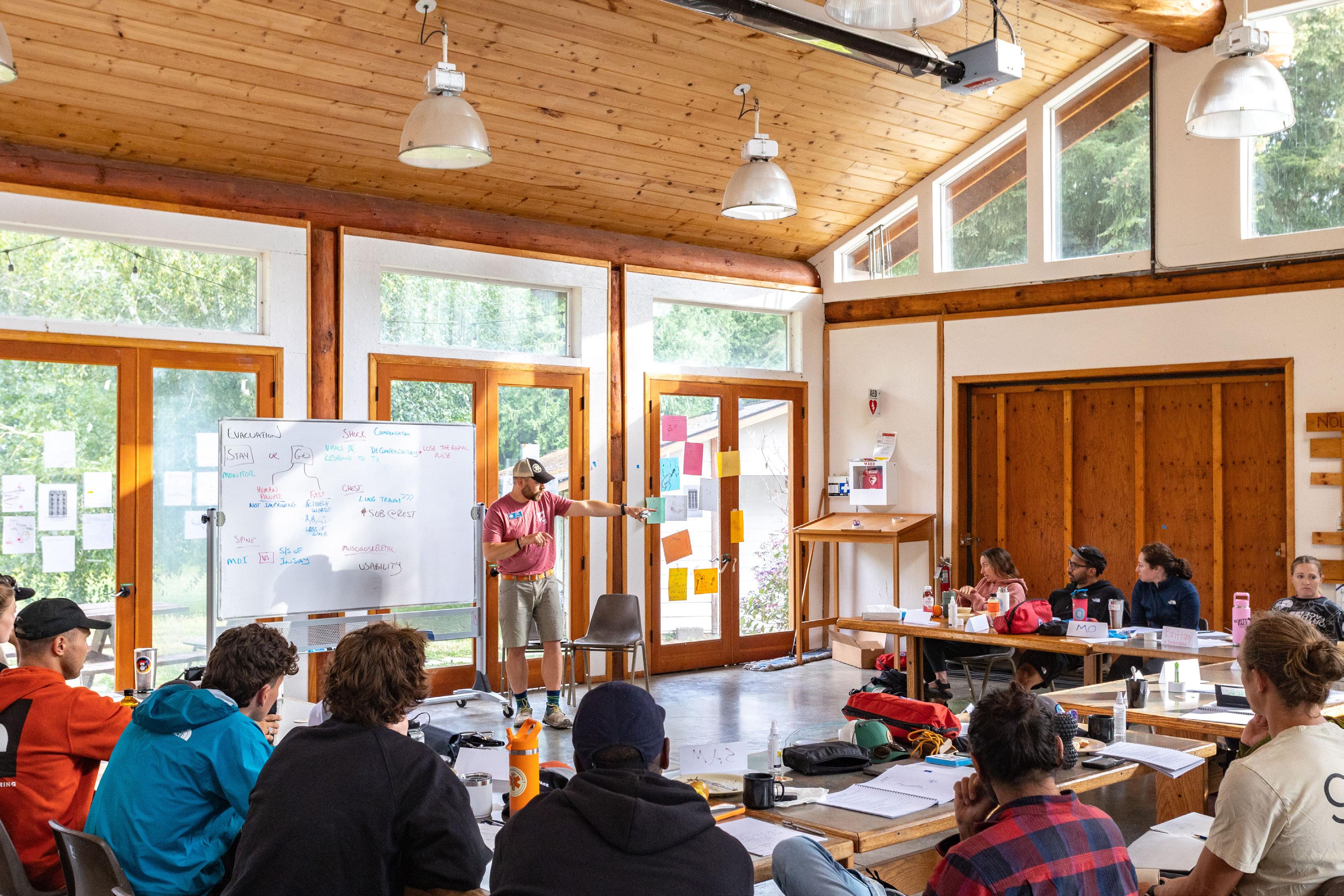
“Unquestionably, The North Face is committed to strengthening its professional athletes’ ability to manage outdoor risks, a critical skill for their wellbeing and success.”
- JOSH McNARY NOLS Wilderness Medicine Instructor
Kirk Rasmussen
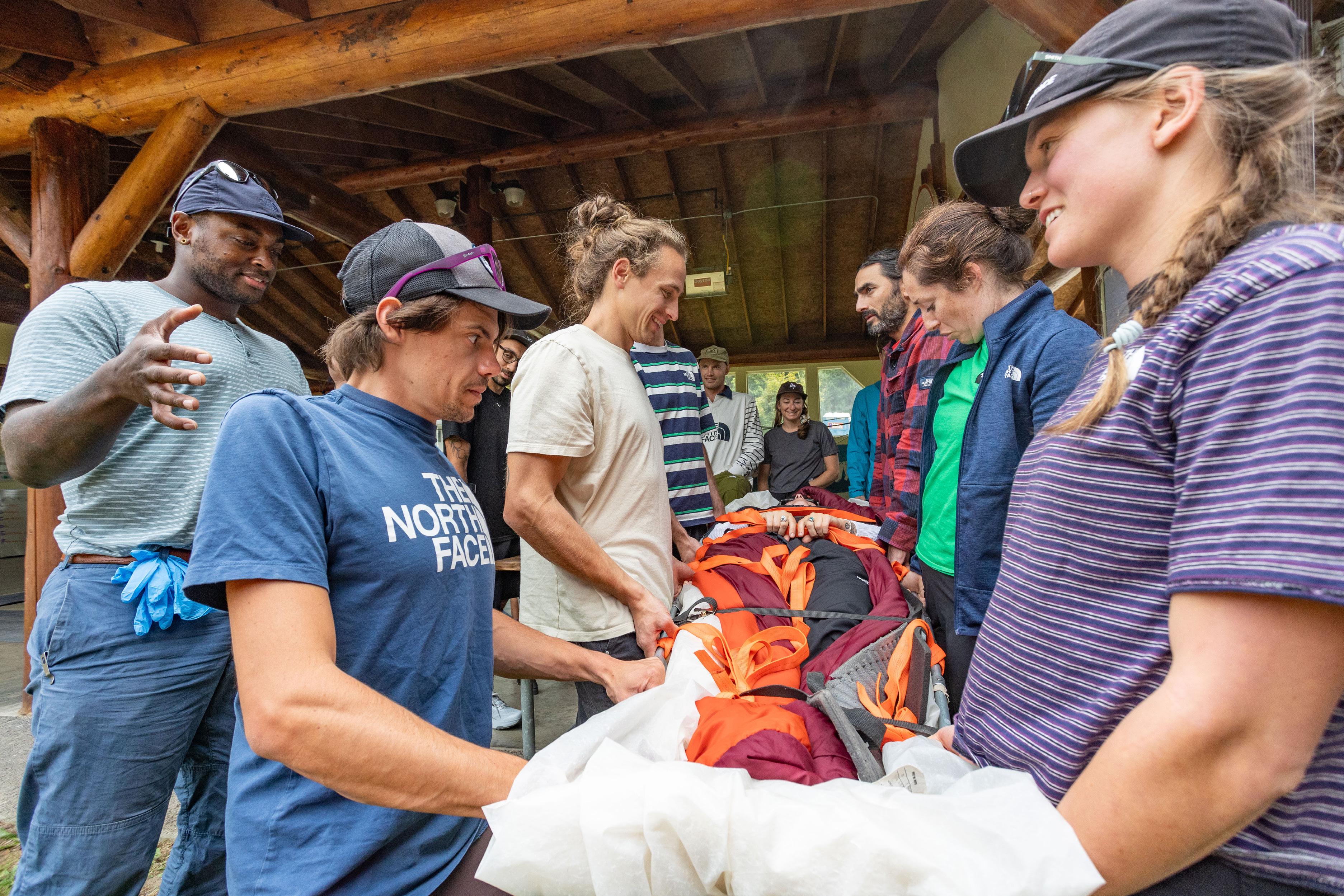

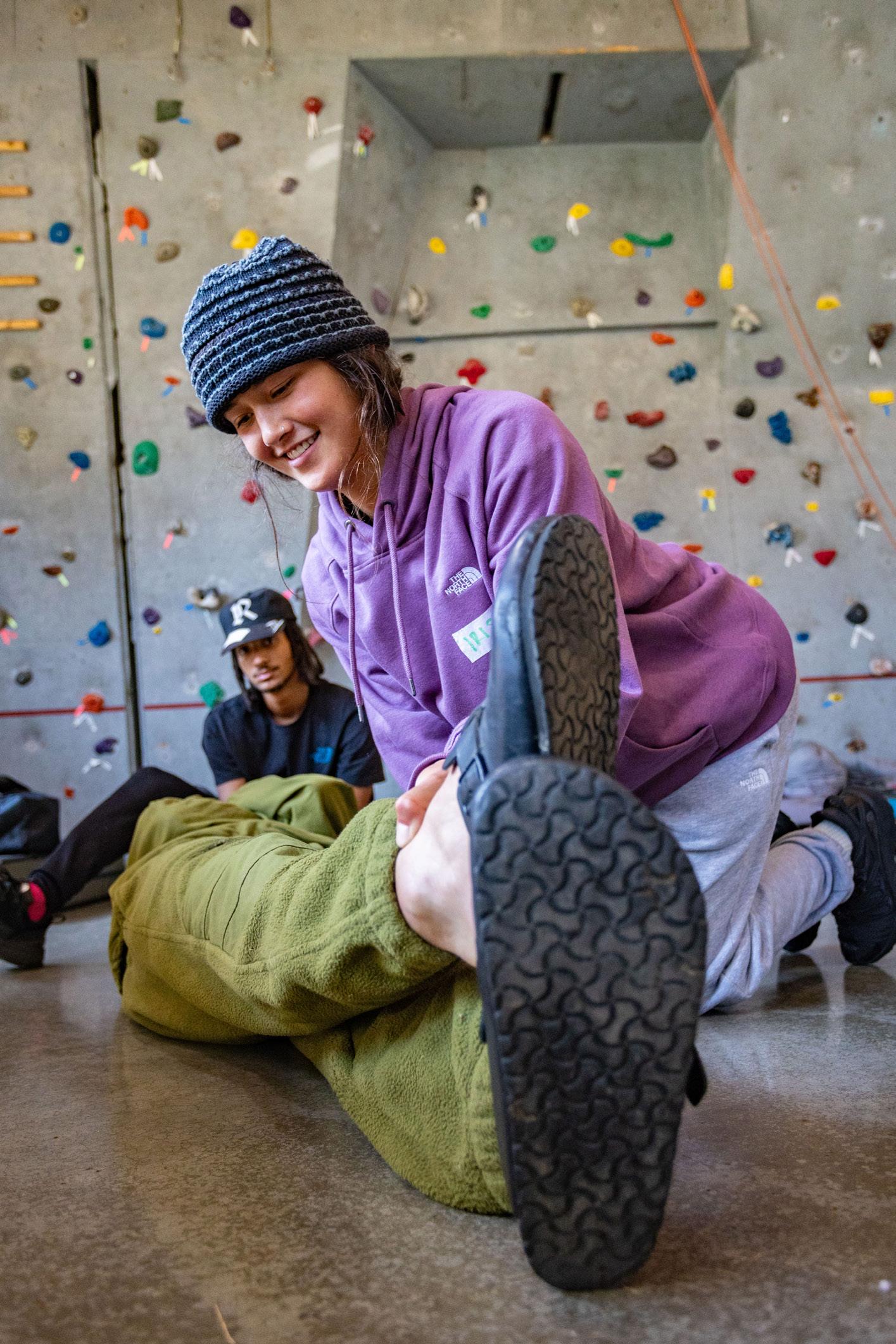
Kirk Rasmussen
Kirk Rasmussen
Kirk Rasmussen
RISK MANAGEMENT
RESILIENCE THROUGH TRAINING AND EXPERTISE
Risk and consequence make a NOLS education relevant and practical. Risk is inherent in the remote locations through which we travel and our approach to risk is one of respect gained through knowledge, skill, experience, and expertise.
We value critical thinking, reflection on experiences, resilience in di!cult times, and commitment to our students. We continually enhance our systems of risk management as societal expectations change, wilderness travel techniques evolve, and technology improves and develops.
Our emergency and evacuation systems worked e ectively across our worldwide campuses in fiscal year ’24 as a result of established plans and well-trained sta who responded with expertise to the situations that arose.
• There were no fatal incidents and no disabling injuries in fiscal year ’24.
• The medical incident rate was 4.32 per 1,000 program days, which is higher than our historical averages. However, most incident were minor and managed in the field; there were no unusual or concerning trends in the severity or types of incidents.
•The medical evacuation rate of 1.4 was also above average.
•Athletic and soft tissue injuries accounted for 82% of injuries, which is in line with our normal injury profile.
•The most common illness was gastrointestinal (GI), which accounted for 38% of all illnesses and also fits our normal profile. Ninety-one percent of students with GI illness were able to complete their courses. Minor allergies were the second most common illness (17%), and mentalhealth-related incidents were third (11%).
• Non-medical incidents were below average.
LOST IN THE FIELD
ANATOMY OF A SEARCH
By Katie Baum Mettenbrink NOLS Risk Management Director
Traveling in the wilderness sometimes means getting lost. Learning to pay close attention to your surroundings and navigate with a map and compass are new skills for many NOLS students; becoming temporarily misplaced or disoriented is to be expected. Individuals or groups becoming lost for hours or days is unusual, but it does happen.
Last summer, a 17-year-old student on a Wind River Wilderness backpacking course was lost for over six hours. One week in, the course was traveling in three groups with an instructor in each group. Just after 2 p.m., one student–we’ll call him Jacob–left his group to relieve himself and did not return. After 30 minutes, the instructor and other students began calling Jacob’s name and searching the immediate area. A second hiking group arrived 10 minutes later and joined the search. When over an hour of hasty searching was not successful, that group continued the short distance to the course’s intended camp to find the third group and bring them back to help.
Two and a half hours after Jacob had walked away from his group, all remaining course members were gathered in the search area. Instructors organized students to set up camp and make dinner, and created a search plan. They notified NOLS Rocky Mountain via satellite phone call. They marked maps with search areas and time stamps, conducted methodical searches in small teams, built a
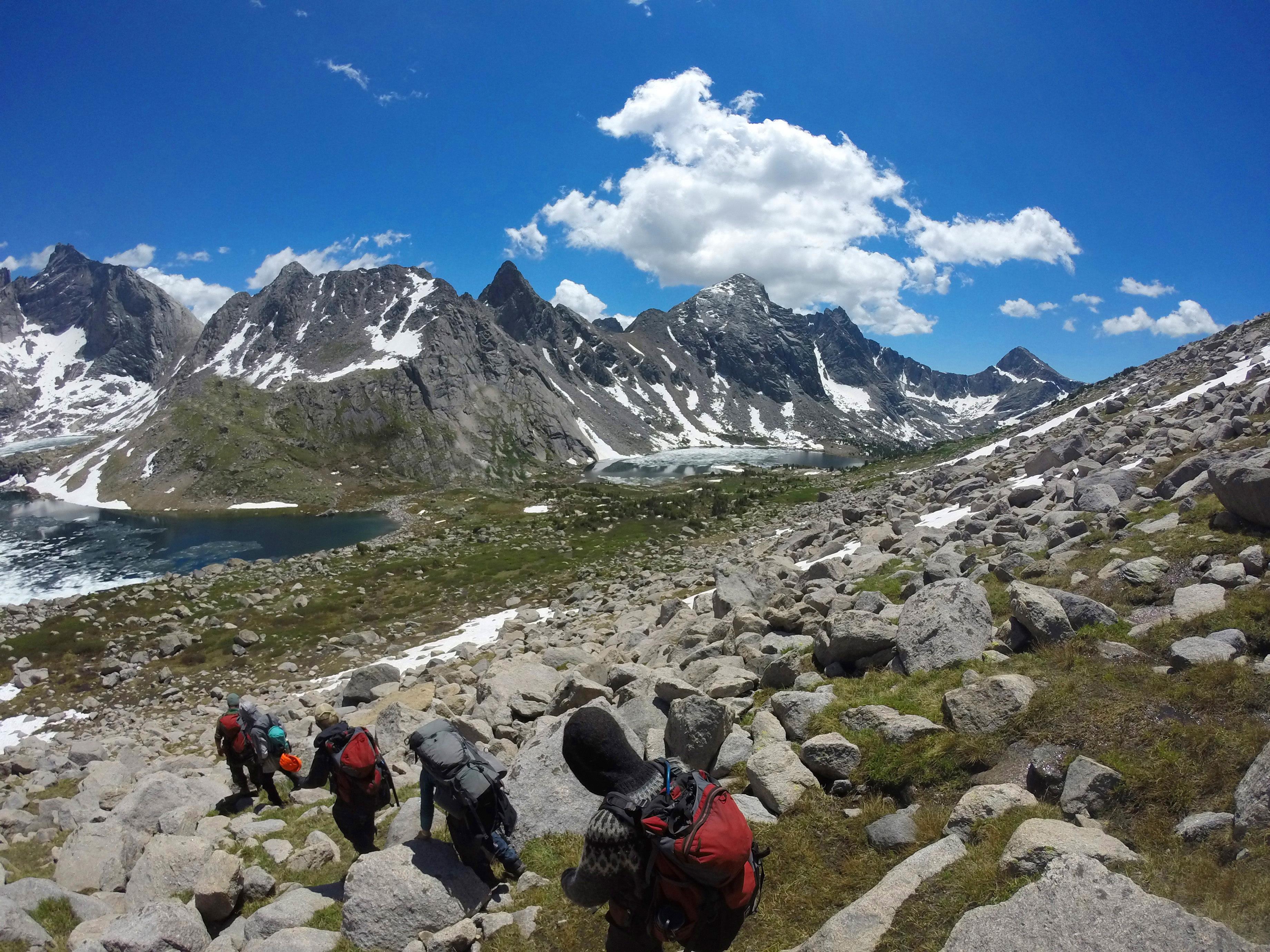
smoky fire, left multiple notes in obvious locations, and repeatedly called Jacob’s name and listened for a response.
Roughly six hours after leaving his group, Jacob found one of the notes left by his instructors, directing him to stay put. He did so, and a search party found him 30 minutes later. He was cold and hungry, without layers, food, or water, but uninjured.
Although administrators were notified per NOLS expectations, the course was self-su!cient in resolving the situation and outside resources were not mobilized. Instructors managed the situation e ectively with calm, deliberate, and decisive action. They followed established practices and used creative strategies to maintain morale. It was a valuable, if stressful, learning experience for all involved.
Between 2005 and 2024, there were 97 lost-person incidents reported on NOLS expedition courses, a relatively rare occurrence in over 3 million days of expedition programming. In fact, getting an athletic injury in the field is 17 times more likely than becoming lost. Instructors teach “staying found,” a set of practices to avoid getting lost and to find people if they do get lost, on the first or second day of a course. Most incidents—like this one—are resolved quickly by instructors and students in the field.
Michael Weiss
ELEVATING LEADERS
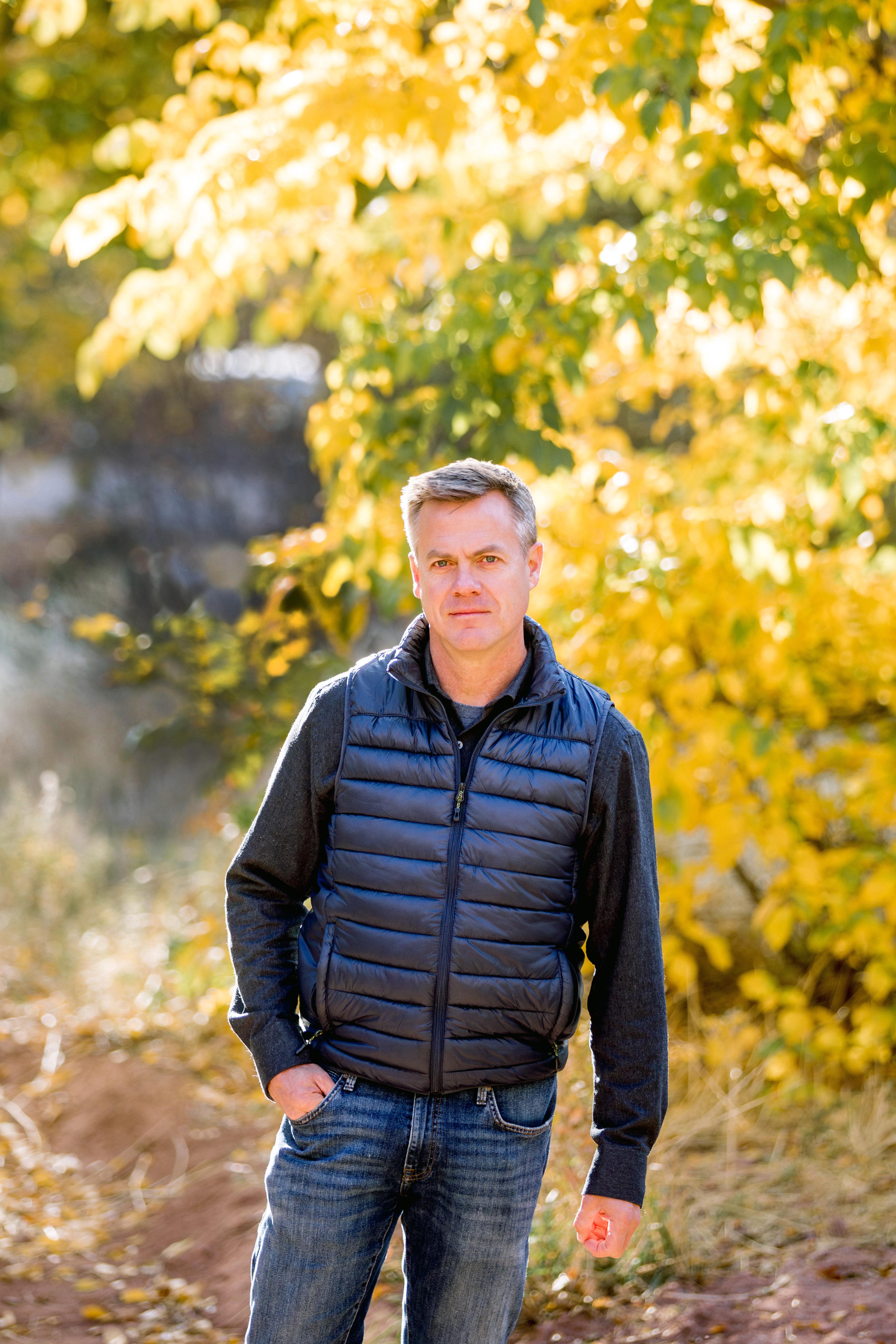
COCHAMÓ’S CHAMPION
How NOLS’ Brady Robinson Is Helping to Protect Patagonia’s Hidden Wonder.
By Kathryn Miles
Susannah Storch
When Brady Robinson first traversed the Cochamó Valley in 2003, it was such a hidden gem that few locals had even attempted it. Today, Cochamó (often referred to as the Yosemite of South America), is not only a popular destination for rock climbers and day trippers, but it is also the site of revolutionary conservation e orts, including NOLS stewardship courses. But the connections between the leadership school and valley don’t end there.
A graduate and former instructor at NOLS, Brady planned his initial visit to the valley on a hunch. Having led trips in and around Patagonia’s storied wilderness, he had a feeling the valley might be an ideal spot for new field courses. He and a companion planned a reconnaissance expedition with the help of a local gaucho and his team. But as soon as the three set out, it became clear the going was harder than anyone had imagined.
Over a hundred years earlier, the Cochamó Valley had been a thoroughfare for horse and cattle traders. However, the adjoining La Junta Valley had no trail and was full of impenetrable underbrush. After one of the pack horses fell and narrowly escaped injury, the gaucho Brady had hired was reluctant to continue. The two backcountry guides continued up the La Junta River, bushwhacking through the unforgiving understory and fording icy water. Eventually, they ran out of food. On the third day of their expedition, the couple came upon two local men who invited them to share a meal, a fortunate encounter that provided much-needed nourishment. When Brady shared what they had accomplished, the gauchos were surprised— had they truly navigated such challenging terrain?
Yes, insisted Brady. And by then, he was convinced of two things: First, the untrammeled valley was way too gnarly for basic skills courses. Second and more importantly, he’d begun what he knew would be a lifelong infatuation with the place and its community.
“You can’t help but fall in love with Cochamó,” says Brady today. “The energy, the beauty, the slight sense of frailty: it just gets under people’s skin and stays there.”
As the years progressed, Brady went on to other careers, but his commitment to the Cochamó Valley remained. And when Brady learned of dire threats to the valley, he utilized his extensive connections in the climbing and conservation worlds to help save it. The resulting coalition of both local, grassroots and international organizations
has already been heralded as a groundbreaking and muchneeded model for environmental e orts around the world. But from Brady’s perspective, it just makes good sense.
A self-taught climber, Brady grew up in rural Minnesota, where he always had a penchant for heights. Rock climbing was still a largely fringe sport, so he and a climbing buddy learned mostly from trial and error, along with the handful of books published on the subject. He eventually matriculated at Macalester College, where he majored in philosophy and continued to hone his climbing skills. A 90day NOLS course in the Rockies taught him how to make that passion his life’s work.
“In my instructors I saw a completely di erent way of being. I learned the resilience and confidence needed not just outdoors, but also in group settings,” says Brady. “That course was true leadership training in every sense.”
After graduating from college, Brady dedicated himself to a career in outdoor leadership, which included returning to NOLS as an instructor. Along the way he befriended fellow NOLS alum Jimmy Chin, and the two began exploring climbing destinations in Latin America. With each trip, Brady became more immersed in the local cultures and landscapes. The desire to protect them from misuse was just a logical extension of his love for these places, he now says.
In 2007, Brady began a decade-long tenure as the executive director of the Access Fund, a national advocacy organization focused on conserving climbing spaces, followed by a successful stint leading the Conservation Alliance. During that time, he also began advising Anne Deane, president of the Freyja Foundation, an innovative conservation organization. One of their first trips together was to Patagonia, where they spent several days exploring Cochamó Valley, which was now facing multiple development threats, along with degradation from tourist misuse.
When Anne asked Brady to take a full-time role as Freyja’s director of philanthropy in 2022, he immediately contacted conservation friends in Patagonia. They, in turn, put him in touch with Puelo Patagonia, the local organization leading Cochamó conservation e orts. With their assistance, the Freyja Foundation arranged to buy a key 1.19-square-mile tract of land at the valley’s entrance. key 310-hectacre tract of land at the entrance to the valley.

The purchase not only thwarted an audacious development plan, but also solidified a partnership between the two organizations. After the sale was completed, the Freyja Foundation o ered to fund a feasibility study to purchase other small parcels in the valley. But Puelo Patagonia had a far more ambitious plan to protect the entire 508-squaremile Hacienda Puchegüín region.
Brady and Anne were impressed–and agreed to help. “Our model is to be first financial movers in places where the big NGOs aren’t yet playing,” says Brady. “We’re small and nimble, which allows us to partner with grassroots organizations and to create an environment where the larger organizations can come in and join us.”
Soon, Puelo Patagonia and the Freyja Foundation were joined by other organizations, including the Wyss Foundation, Patagonia Inc., and The Nature Conservancy.
Publications including National Geographic and The New York Times lauded their e orts, noting the emphasis on grassroots, community-led initiatives that are supported, rather than co-opted, by major conservation organizations.
“We are truly a bottom-up project,” says Rodrigo Condeza, director of Puelo Patagonia. “The larger organizations are pushing us to continue to lead and create our own way. It’s the right course for this project. And it’s working.”
Community access to Chile’s wild places has always been foremost for Rodrigo. He spent his early years living in a small Patagonian village before better job opportunities took his family to a nearby city. After graduating from high school, Rodrigo dreamed of returning to the Patagonia lake district. Eventually, a 2002 scholarship to NOLS Patagonia helped make that vision a reality. He came back to the region as a professional mountain guide and dedicated conservationist. By then, a Chilean businessman had begun buying up large parcels of land in the Cochamó Valley, with an eye toward private development. The cornerstone of his plan? A massive hydroelectric power plant that promised to flood some of the region’s most fragile ecosystems.
Rodrigo knew the potential comparisons between Cochamó and Yosemite didn’t end with their granite spires. In the early 20th century, Yosemite’s Hetch-Hetchy Valley was the site of an environmental battle that would forever define conservation worldwide. Beginning in 1908, the US federal government hatched plans to dam the valley, creating a sprawling reservoir to serve San Francisco. Led by John Muir and the nascent Sierra Club, opposition to the proposal was fierce. However, in the end, Congress sided with development over preservation. The finished O’Shaughnessy Dam flooded what Muir famously called “one of Nature’s rarest and most precious mountain temples.”
Rodrigo and his colleagues wanted a better ending for Cochamó and its people. They negotiated a $63 million price tag for the entire 508-square-mile Hacienda Puchegüín region, which they intend to commit to conservation, handin-hand with local leaders and community members. With help from the Freyja Foundation, Puelo Patagonia began raising funds. (They are currently about halfway there and have two more years to achieve their full fundraising goal.)
Meanwhile, they’re working with NOLS Patagonia to ensure the region is used—and administered—sustainably. In fall of ’24, NOLS began o ering master courses on leaveno-trace ethics both to the employees and volunteers who steward the Cochamó Valley, says Rafael Olavarria de Carolis, director of Spanish programming for NOLS Patagonia.
“We’re proud to be a part of this community-driven, participatory approach to preserving incredible wild places,” says Rafael.
That commitment to conservation has been a pivotal part of the NOLS mission since the school’s founding, says President Sandy Colhoun. “The Cochamó Valley initiative is a shining example of NOLS leadership and environmental preservation in action,” says Sandy. “We take profound care to protect wild and remote locations not just for our students, but for everyone.”
“You can’t help but fall in love with Cochamó Valley— the energy, the beauty, the slight sense of frailty.”
- BRADY ROBINSON
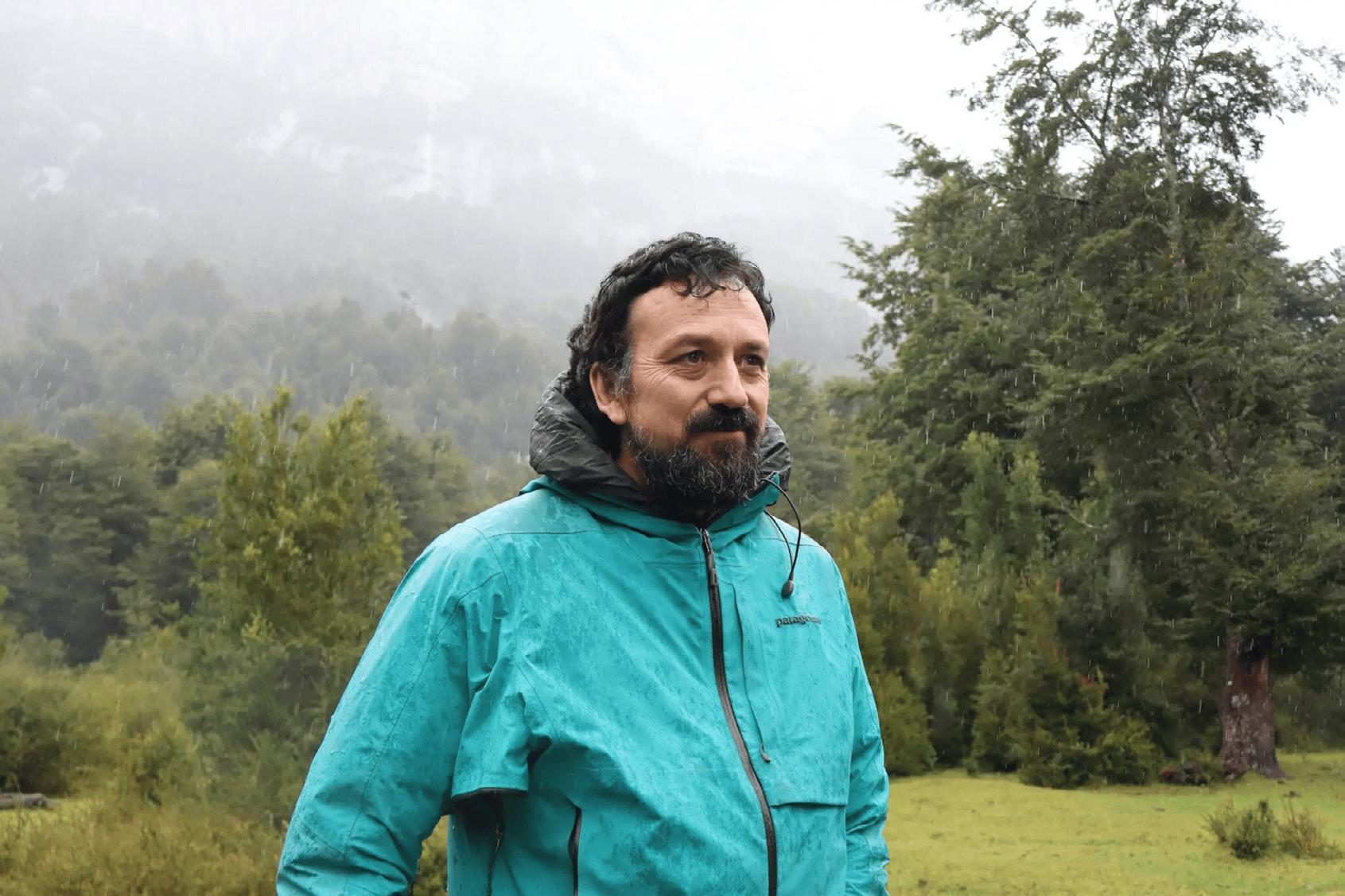

“The larger organizations are pushing us to lead and create our own way. It’s the right course for this project and it’s working.”
- RODRIGO CONDEZA Director, Puelo Patagonia
Juan Ruiz
David Gelles/The New York Times
ELEVATING LEADERS
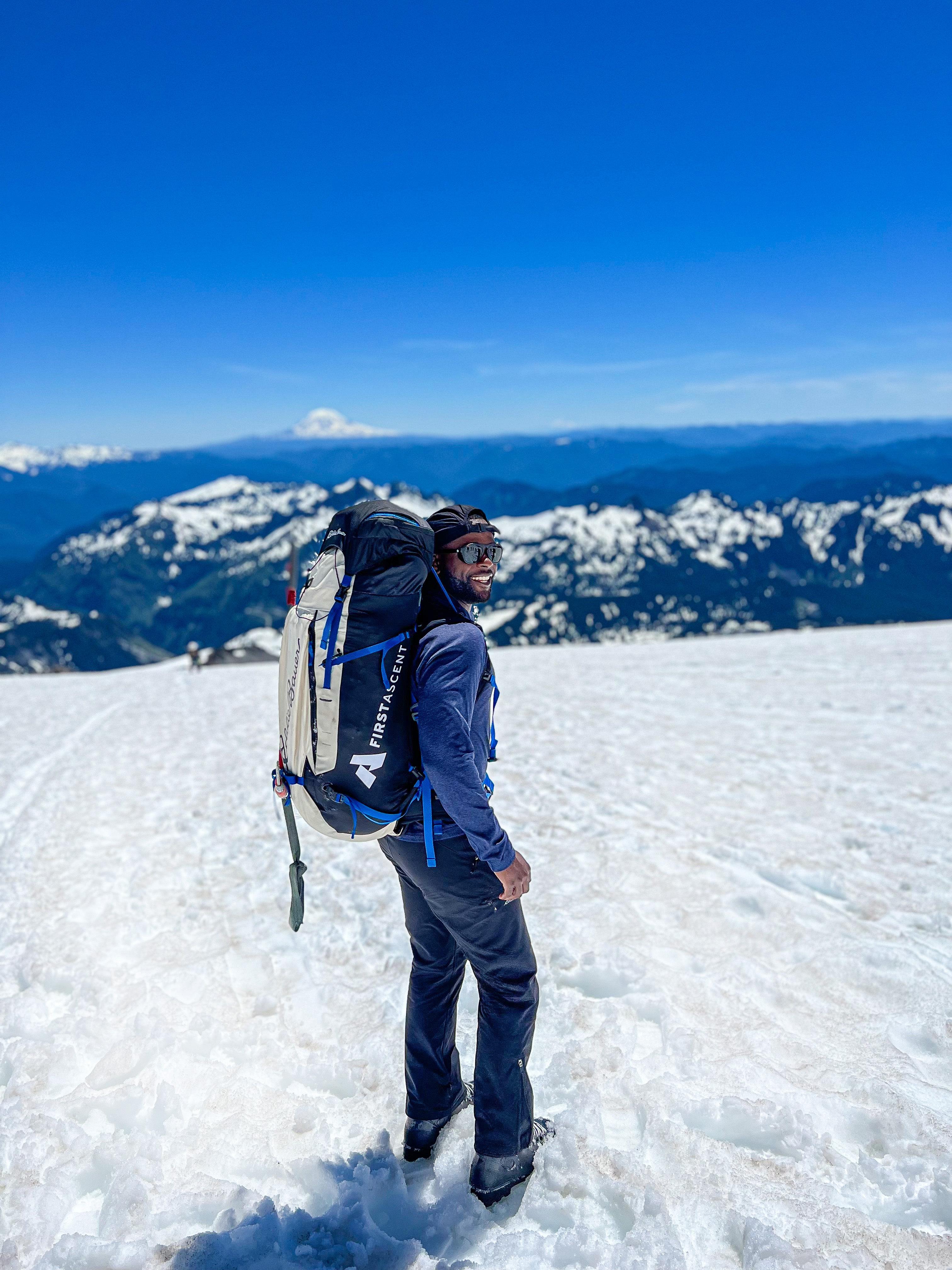
TYRHEE MOORE’S LIFELONG PURSUIT
By Sara Hoy NOLS Donor Relations and Stewardship Coordinator
Courtesy of Tyrhee Moore
“The expedition reshaped my understanding of resilience and connection to nature.”
- TYRHEE MOORE
Standing among the peaks of Alaska, Tyrhee Moore set a course for a life that would inspire others and create opportunities for generations.
Tyrhee is widely recognized for his career as a mountaineer and advocate, but NOLS was fortunate to first meet Tyrhee in 2010, when he joined an Alaska Backpacking course for 16- and 17-year-olds. As a student with City Kids Wilderness Project, one of NOLS’ Access Partners, this course was his first exposure to the backcountry. During the 30-day expedition, the group was inundated with more than 20 days of consistent rain, but undeterred, Tyrhee came out stronger than ever. This memory still resonates with him.
“Despite these challenges, I felt an incredible sense of accomplishment when I completed the course,” Tyrhee shared. “It reshaped my understanding of resilience and our connection to nature. Emerging from that experience, I felt the strongest I’d ever been, physically and mentally.”
Tyrhee may be most well-known for participating in the NOLS-sponsored Expedition Denali, the first ascent of Mount Denali by an all-Black team. Featured widely in the press, the historic climb (captured by the documentary film An American Ascent), the expedition was one of an increasing number bringing awareness to diversity in the outdoors. Though Tyrhee continues accomplishing extraordinary feats, advocacy remains at the heart of his pursuits. Tyrhee’s work as an advocate for people of color in the outdoors is realized through his nonprofit, Soul Trak
Outdoors, which he founded in 2018. The organization’s mission statement reflects a passion built from Tyrhee’s experiences and years of adventure: “Our mission is to build diverse cohorts of outdoor leaders, forge inclusive outdoor spaces, facilitate stronger outdoor communities for underrepresented groups, and use outdoor adventure as a catalyst for creating new stewards of public land.”
Soul Trak Outdoors’s website highlights the statistic that in 2016, around 78% of visitors to national parks were white, with Black people—13% of the population, but only 7% of the National Park Service’s visitors—and other persons of color being proportionally underrepresented.
While the outdoor industry sees more conversations about equitable access and representation each year, barriers still exist. Among them are financial, geographical, and cultural barriers for many underrepresented communities, Tyrhee said. He also highlighted the continued need for more representation and diverse leadership in the industry, saying, “People often overlook these challenges, but addressing them is crucial for creating an inclusive and welcoming outdoor community.”
In spite of the challenges, Soul Trak Outdoors celebrates successes. Tyrhee reported that the organization now serves community members of all ages, o ering year-round programming for youth, teens, and adults alike. Tyrhee and his nonprofit are working to make sure that current and future generations know the outdoors exists as a place for everyone, from all backgrounds, to thrive.
ELEVATING LEADERS
JOHN GRUNSFELD’S CALL TO LEAD
Who could have imagined in the summer of 1975, when John Grunsfeld was greeted by Paul Petzoldt in the NOLS lumberyard in Lander, Wyoming, that he would one day become an astronaut, NASA Chief Scientist, and later the Associate Administrator for Science? Well, John Grunsfeld, for one.
John—named to the NOLS Board of Trustees in 2024— grew up in Chicago. From a very young age, he dreamed of becoming an astronaut and also of great adventures in the mountains, just like the astronauts and mountaineers he read about in the pages of National Geographic. In high school, John began rock climbing with his local chapter of the Sierra Club, traveling to Devil’s Lake, Wisconsin.
To further his skills, he enrolled in a NOLS Wind River Wilderness Expedition in the summer of 1975, and in 1986, a Snow and Ice Seminar out of the Pacific Northwest campus. And, as they say, the rest is history.
John went on to get a PhD in physics, flew on five Space Shuttle missions—three to upgrade and service the Hubble Space Telescope—and performed eight spacewalks.
“There is no doubt that my NOLS experience contributed to my success as an experimental physicist, astronaut, and NASA leader,” John recounts. “The lessons I learned from my NOLS courses help me from the micro to the macro, and in particular expedition behavior, risk management, and leadership skills.”
While an astronaut, John worked with NOLS to help create the NASA-NOLS Custom Education course. “A number of
us at NASA realized that both our Space Shuttle missions and upcoming International Space Station Missions are true expeditions,” he said. “Our training at NASA mainly covered the technical aspects of space flight and we needed to incorporate expedition training into our curriculum. Who better than NOLS?”
Since the mid-2000s every new astronaut class and every astronaut crew goes through a NOLS course prior to a mission. On two of John’s missions, he served as the crew medical o!cer. The training for this position involved first responder and basic life-support skills, plus training specific to aerospace medicine, with practical training in local hospitals and on volunteers.
On family trips and expeditions with friends, John was usually the medic in the group. After leaving NASA, he decided that he and the rest of his family should take a NOLS Wilderness Medicine course to get their Wilderness First Responder certification.
“The WFR training was great for me to keep my skills up, and I thought especially important for my son and daughter, who were soon heading to college. They both did NOLS Adventure courses as teens, and the WFR training augmented their training to include WFR skills, which are both technical and leadership skills. The WFR course also added my wife, Carol, into the NOLS family.”
As a longtime donor to NOLS and a newly-named Board of Trustee member, John looks forward to contributing to the future of NOLS as it heads into the Second Summit evolution of the school.
“I have no doubt that NOLS contributed to my success as experimental physicist, astronaut, and NASA leader.”
- JOHN GRUNSFELD

Photo courtesy of NASA
ELEVATING LEADERS
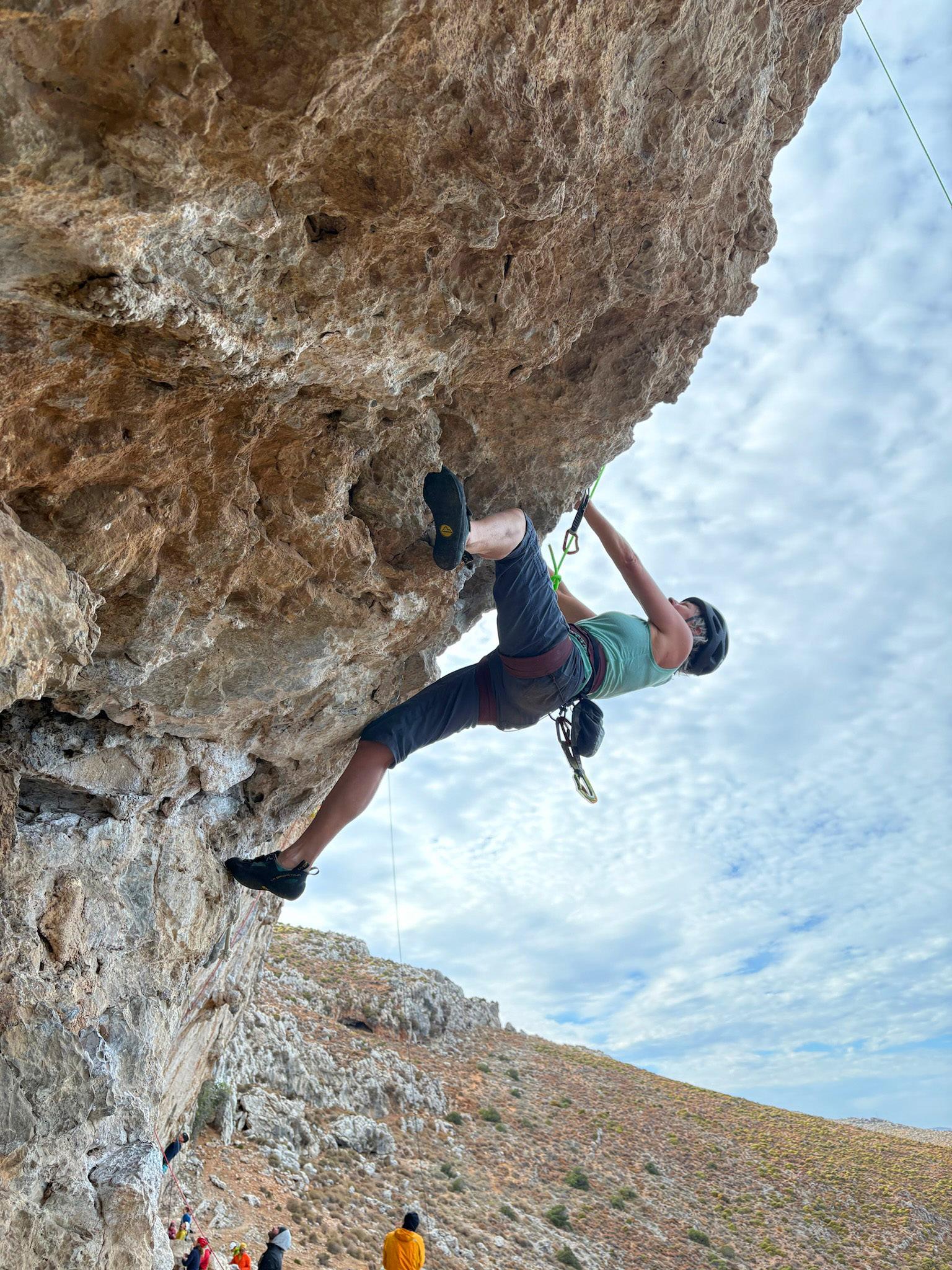
LIZ TUOHY LEAVES A LEGACY
By Anne McGowan NOLS Communications Coordinator
Paula McCormick
“I’m proud of contributing to make NOLS a sustainable organization with learning at the forefront.”
- LIZ TUOHY
Liz Tuohy, who bid farewell to NOLS at a celebration on the lawn of the Rocky Mountain campus in September, calls moving on from the school after three decades “deeply bittersweet.”
“It’s hard to walk away,” she said, citing the NOLS mission and community as parts of a work experience she knows she will lose, “but I know it’s time—I’ve worked at NOLS since I was 23.”
Liz first came to the school as a student in 1989 on a Southeast Alaska Sea Kayaking course.
“I wasn’t athletic, and I didn’t do a lot of outdoor things until I went to camp in Rocky Mountain National Park when I was 16,” Liz recalled. She liked it so much, she returned as a junior counselor the next year. Rules dictated that she take a year o before she could become a senior counselor, so she enrolled on a NOLS course. And then another. And then, after graduating from Colorado College, she took an Instructor’s course. Liz said she landed full-time field instructor work “pretty much right o the bat.”
In the following three decades, Liz held more than a half dozen roles, from Instructor to Senior Risk Management consultant to Director of Education.
“I’ve gotten to do so many things,” she said. “I’m really proud of contributing to make NOLS a sustainable organization with learning at the forefront. I spent a lot of time training
instructors and program supervisors in leadership. That was really fulfilling. I’m proud I led instructors and program supervisors as a team, together evolving and developing educational practices, in service to our students. And, in the last few years, when NOLS was moving through hard times, I helped train new leaders for the school.”
Though Liz had no formal business training, she helped create NOLS’ business systems for NOLS Custom and Risk Services. “I love that stu —and I’m really proud of it!” Liz said.
She also trod where others had not. On her second course as lead instructor, a student died. Liz speaks openly about the e ect that young woman’s death had on her, emotionally and physically. After that deeply challenging experience, she encouraged conversations about fatalities while training program supervisors. “I felt talking was important and ought to happen.”
So what’s next for Liz? That decision is a bit up in the air, but she’s considering pursuing a career in counseling, specifically mind-body trauma work. “It’s another way, like a NOLS course, to learn skills to navigate challenge and uncertainty,” Liz said. And it combines her strong listening skills, systems mindset, and her own experience as a young instructor losing a student on a course.
“Besides,” she said, “I like change and growth, and I’m ready for a new challenge.”
PHILANTHROPY
SHARED VISION DRIVES SUCCESS
Through a shared commitment, donor generosity has propelled NOLS to new heights in fiscal year ’24, enabling us to achieve an extraordinary level of impact.
Thanks to collective e orts, 2024 marks another record-breaking fundraising year, with an astounding $11.6 million raised in new commitments and cash gifts. These contributions significantly enhance the transformative impact on the lives of those we serve. Highlights include one commitment exceeding $1 million, a record $4.4 million in deferred (planned) gifts, and $3.5 million contributed to the NOLS Fund. These results were partly driven by a $4 million challenge put forth in late fiscal year ’23 from three anonymous donors.
Your generosity powers vital initiatives at NOLS. Each year, the NOLS Scholarship Program provides nearly two million dollars in aid to over 900 students, making wilderness education more accessible. Your support also champions sustainability and supports protection of our wild lands through advocacy and passing on Leave No Trace wilderness ethics to our students. By advancing curriculum development and collecting data on medical incidents in the field, you help enhance student safety and program e ectiveness.
$12M
FY24 marked the single best year of fundraising in NOLS history.
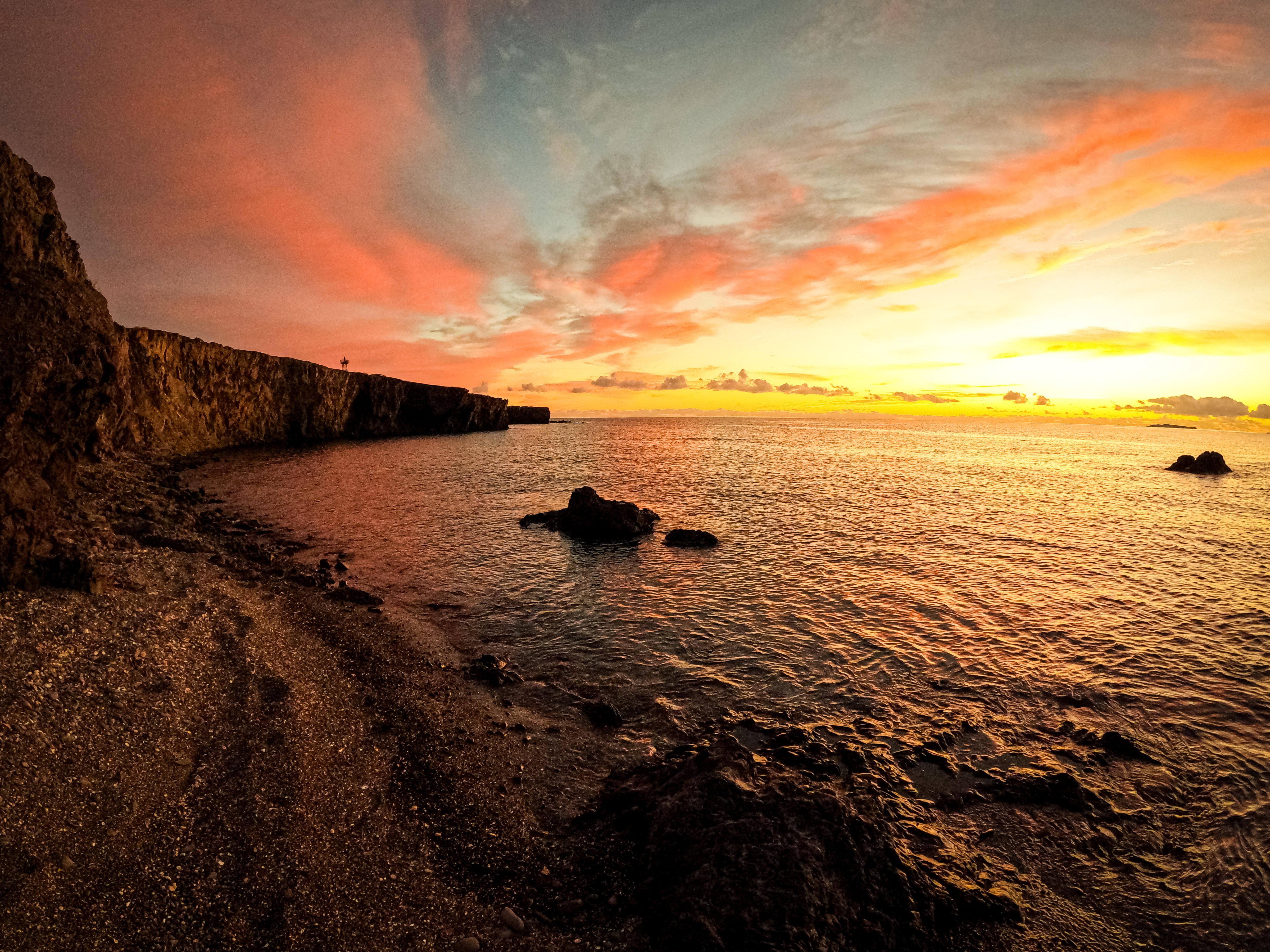

Oscar Manguy
PHILANTHROPY
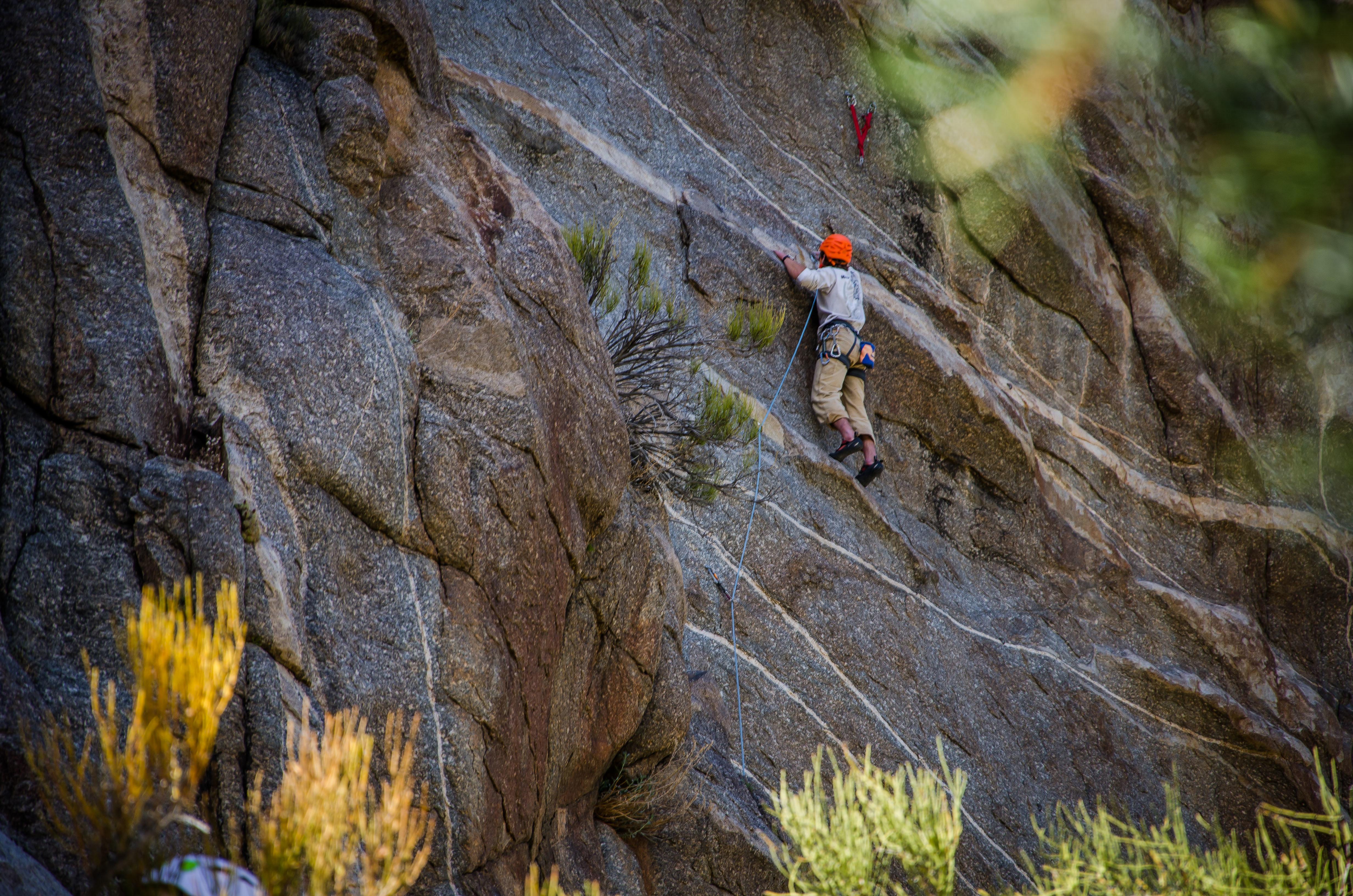
LISA AND BOB EAKLES: HONORED WITH THE 2024 ALUMNI SERVICE AWARD
The Eakles’ turn Unaweep Canyon into a climbing haven for NOLS and the community.
By Lindsay Turner NOLS Director of Alumni and Donor Relations
Bob and Lisa Eakles’ shared love for adventure shaped their lives—and has touched the lives of numerous NOLS students for almost a decade. In October 2024, NOLS recognized the Eakles’ contributions by honoring them with the Alumni Service Award.
Bob and Lisa’s journey began in 1980 when they met at Western Colorado University in Gunnison, and, in the early 1980s, led them to Unaweep Canyon where they established a home in the ’90s.
Today, Bob and Lisa’s backyard is the renowned climbing area of Unaweep Canyon, where they have dedicated themselves to creating safe, accessible climbing routes that have become a gift to both the climbing community and NOLS.

In the mid-90s, the Eakles established the first moderate climbing routes on the Upper and Lower Sun Towers Complex, transforming this area into a destination for climbers of all skill levels. When access to these initial crags became restricted, they pivoted their e orts to new spots like Beehive, Twin Owls, and Fledgling, adding dozens of moderate routes that made Unaweep an even more inviting space for novice climbers.
Over the years, the Eakles’ dedication has extended beyond route development. Their land o ers essential trails and access points that have enriched both the local climbing community and NOLS students who visit their property. Since 2016, they have invited NOLS courses to camp there, enhancing the experience with dedicated tent sites, a fire pit, and the warmth of a lasagna-and-climbing-movie tradition.
NOLS Teton Valley Campus Director Andy Blair notes that students frequently cite their time with Bob and Lisa as a highlight of their course.
The sentiment is reciprocal. “We’ve had so many adventures over the years and continue to plan for more to come,” the Eakles said. “But, without a doubt, what we look forward to the most is the arrival of the NOLS climbing sections each spring and fall!”
For many, the Eakles embody the spirit of Unaweep Canyon, sharing their outdoor passion and leaving a lasting community legacy with every route and trail they create. Their commitment and generosity has helped shape countless climbing experiences in Unaweep Canyon and will continue to impact NOLS students for generations.

“What the Eakles have provided NOLS and the climbing community is incredible. It’s truly a gift. ”
- ANDY BLAIR NOLS Teton Valley Campus Director
ROTHBERG-BIRDWHISTELL EXPLORATION FUND
In 2022 David Rothberg and Nan Birdwhistell established the Rothberg-Birdwhistell Exploration Fund to support NOLS instructors in planning and executing remote wilderness expeditions that embody NOLS’ values of adventure, teamwork, and resilience. As passionate explorers themselves, the duo has participated in 22 NOLS expedition courses and alumni trips.

Endurance, the 64-foot, 40-ton aluminum polar sailboat with a retractable keel, was fully refitted over two years to be Antarctic-ready.
FIELD NOTES ANTARCTICA
DATES: November 24, 2023 - February 16, 2024
EXPEDITION MEMBERS: Cícero Vieira, Marcos Hurodovich, Gabriel De Capitani, Nelson Barretta, Guilherme Kodja, Waldemar Oliveira, Giovanni Dolif, Cesar Mello, and Fabio Raimo de Oliveira
VOYAGE TO THE BOTTOM
By Fabio Raimo de Oliveira, NOLS Instructor
Sailing to Antarctica is often described as one of the most unforgettable adventures on Earth. Colleague, photographer, and climber João Paulo Barbosa, who has sailed to Antarctica nine times, climbed 8,000-meter peaks in Pakistan and lived among the Yanomami people in the Amazon, puts it this way: “A sailing trip to Antarctica is the most incredible trip you can take in your life.”
Our boat was a 64-foot, 40-ton aluminum polar sailboat with a retractable keel, refitted from top to bottom over two years to make it Antarctic-ready. About one year before launching, we started assembling the crew. The criteria were complementary skills and commitment. Our journey south was fueled by a shared excitement with a closeknit group. We knew we’d have to prepare meticulously; Antarctica’s terrain, waters, and weather demand respect, and the conditions aren’t forgiving. So we aimed for a lowrisk, high-reward adventure of recreational cruising with careful planning and a hopefully-no-surprises approach.
Our journey started from Brazil’s warm shores in late November. We restocked on the southern tip of South America a month later, then headed south across the Drake Passage to the icy realms of Antarctica by early January. On the sail back, we explored the fiords of Tierra

del Fuego, went east to the Falkland Islands, and then in early February made our way back up north. The route, like our plan, kept us in sync with the Antarctic summer, maximizing our window of fair weather.
When it comes to long expeditions, this one showed again that how you handle the details, the quiet days, or the small things is just as important as braving the rough ones. Expedition Behavior became our most valuable rule: be patient, show respect, work hard, and work together. It’s easy to get along in calm seas, but those qualities shine when conditions get tough, reminding us how teamwork is everything. Even with our no-surprises mindset, there were a few curveballs. LeMaire and Drake Passages tested our mariner skills. Some mechanical tweaks became constant and essential.
Sailing to Antarctica is an adventure one can make possible with the right steps, patience, a good boat, and a well-chosen crew. This trip showed everyone that polar exploration isn’t just about strength, navigating icebergs, and handling harsh weather—it’s a balance of technical skill, personal behavioral choices, and human resilience. NOLS’ principles of leadership and teamwork were woven through every wave we crossed.
Fabio Raimo de Oliviera
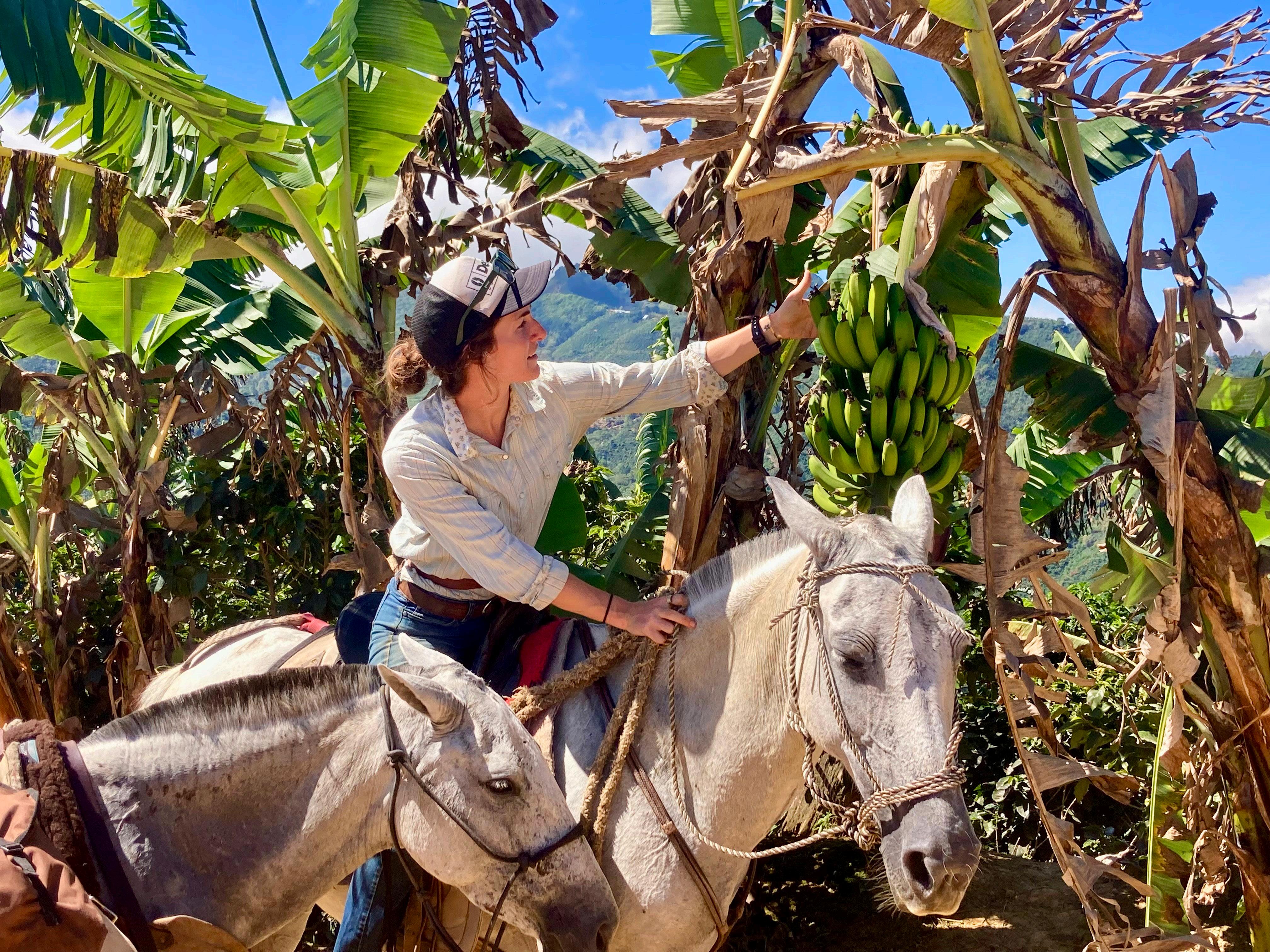
Sara Benge
Kenzie Wilkinson reaches for bananas for her fruit loving horses.
FIELD NOTES COSTA RICA
ROTHBERG-BIRDWHISTELL
DATES: January 2024
EXPEDITION MEMBERS: Kenzie Wilkinson and Sara Benge
PACIFIC TO THE CARRIBEAN
By Kenzie Wilkinson and Sara Benge, NOLS Instructors
After years of riding horses across the rugged mountains of Wyoming, we decided to team up to see how our horsepacking skills held up in the tropics. Our expedition plans took us to the Camino de Costa Rica, a 174-mile coast-to-coast trail that meanders through coastline, mountains, rainforest, banana and co ee fields, and over 30 rural communities across Costa Rica.
Before the trek, we spent a month living and working at a small horse ranch on Costa Rica’s Pacific coast, where we planned the route, organized tedious logistics, practiced our Spanish, foolishly attempted to build tolerance to the grueling heat, and most importantly, searched high and low to acquire horses for the expedition. After more than a few conversations about whether this was even possible, we finally found three sweet and strong horses, loaded them into a trailer along with a lot of gear, even more uncertainty, and our strong wills. Then we drove to the start of the trail.
The expedition had no shortage of highs and lows. The resounding highlights were the incredible biodiversity of flora and fauna and our deep connections to the folks along the trail who quickly became supporters and friends. Families graciously allowed our crew of five (humans plus horses) to camp on their land or to stay in their homes, even when our set-up for horses was sub-ideal or nonexistent. One host said, “You can just tie your horses to our restaurant!” This we’ll-make-it-work mentality of Costa Ricans became one of our most cherished learnings.
As the adventure unfolded, word of our expedition spread, and we were greeted with warmth and cheerleading from everyone we met along the trail. “It’s you! The cowgirls from Wyoming! You’re making history!” became a common
greeting as we approached a new town. Communities were excited to see the first unguided group of horse-packers on the Camino.
Equally memorable were the lows of the trip. Most challenges were related to the complex logistics and to maintaining a high standard of horse care along a trail without the public land and grazing access we were accustomed to. Sourcing and then transporting the horses, finding adequate tack and gear early on, connecting with hosts, keeping the horses fed and healthy along the trail, managing money with limited access to ATMs, and the pressure of needing to make it to camp with no option for crash camping were frequent stressors. Additionally, the intense heat and humidity amidst quite steep terrain took a toll on us and the horses, who were accustomed to a flat coastal ecosystem.
The expedition o ered new learning at every turn. We built skills around risk management specific to a jungle ecosystem and gained a heightened awareness of snakes. We practiced Spanish and experienced the value of prioritizing connections with people. Variable ecosystems, including co ee and banana plantations, provided insight into and reflection on global food systems as we rode past growing crops, dilapidated buildings, and observed the transient lives of the forced-to-be seasonal workers. By the end, we not only gained practical knowledge, but also a profound appreciation for the complexities of the environment and human resilience.
Check out the journey: https://blog.nols.edu/rothberg_ birdwhistell_exploration_fund_costa_rica_horsepacking
FIELD NOTES KILIMANJARO
ROTHBERG-BIRDWHISTELL EXPLORATION FUND
DATES: January 2 - 11, 2024
EXPEDITION MEMBERS: Rosemary Saal (Expedition Leader), Alex Ruffins, Lena Murray, Mma Ikwut-Ukwa, Rachel Pike, and Zivia Berkowitz (NOLS Instructors), and Anita Norman, Brittany Rae Buckmire, and Erica Wynn (NOLS alum and Expedition Denali team member).
ABOVE THE CLOUDS
By Rosemary Saal, Mma Ikwut-Ukwa, and the Above the Clouds team
In January 2024, after over a year of planning, the Above the Clouds team came together to visit the Roof of Africa— the summit of Mount Kilimanjaro. In partnership with Full Circle Expeditions and with the generous support of the Rothberg-Birdwhistell Exploration Fund, The North Face, Mammut, and grassroots fundraising efforts, this team—an interwoven tapestry of friends, family, and colleagues—was able to turn this idea into a reality. What started as a vision for an attainable introductory high-altitude experience for a few friends and family evolved over time into a space for Black women, from outdoor novices to professionals, to come together to build community, create connections, and share skills in the high-mountain environment of Kilimanjaro.
After navigating the complex hurdles of planning and fundraising, the team landed in the lush and verdant lands surrounding the world’s tallest free-standing mountain mere hours into the new year. Celebration was in the air, as we were greeted by (and for some, reunited with) NOLS East Africa’s very own Hussein Omari. These first days in Tanzania ahead of the climb were both a welcoming and a homecoming, as we found rest, care, and family at Mama Simba’s Homebase in Moshi and made final preparations with our head guide, Saidi. The tone for our expedition was set as we immersed ourselves in cooking and sharing meals, learning and practicing our Kiswahili, and exploring the nearby markets and town square.
We traveled to Lemosho Gate and began our trek on the Lemosho Route, climbing through four distinct ecological
EDITOR’S NOTE: With sincere apologies for the oversight in publishing the original Above the Clouds article without the ATC team's express consent, please find the updated and accurate version here.
zones over a 6-day ascent. From the dense rainforest alongside colobus and blue monkeys, we moved through the grassy moorland and then up into the alpine desert, encountering both rain and snow along with the equatorial sun. Our camps were large, with our team of climbers plus guides and porters from Mikaya and KG Mountain Expeditions totaling over 30 humans. As we ascended, we crossed the Shira plateau, dropped over Lava Tower, traversed the exposed and rocky ledges of Barranco Wall, and gradually acclimatized before reaching our highest camp, Barafu, at 15,330 feet above sea level.
Our days on the mountain were simple in many ways, falling into the rhythm of waking to a bowl of warm water to splash our faces, filling ourselves with breakfasts of porridge and chapati, and long hours walking on our path. We sang (“Hit the Road Jack” and “Umbrella” being among our favorites), we danced, we took photos, and we shared words of encouragement with other climbers. Our guides, Saidi, Bibiana, Charlie, and Omari, taught us the history of the mountain and helped us practice our Kiswahili every step of the way. At 9:15 a.m. on January 10th, six members of our team battled the effects of extreme altitude and the wind-blown snow of the Arctic summit zone to reach the highest point, at 19,341 feet, of Uhuru Peak.
This climb may not have been the “first” or the “only,” yet it was still a space to continue to rewrite the narrative of who climbs mountains, to expand the stories of Black women in these environments, and to hold space for each one of us to show up as our whole self.
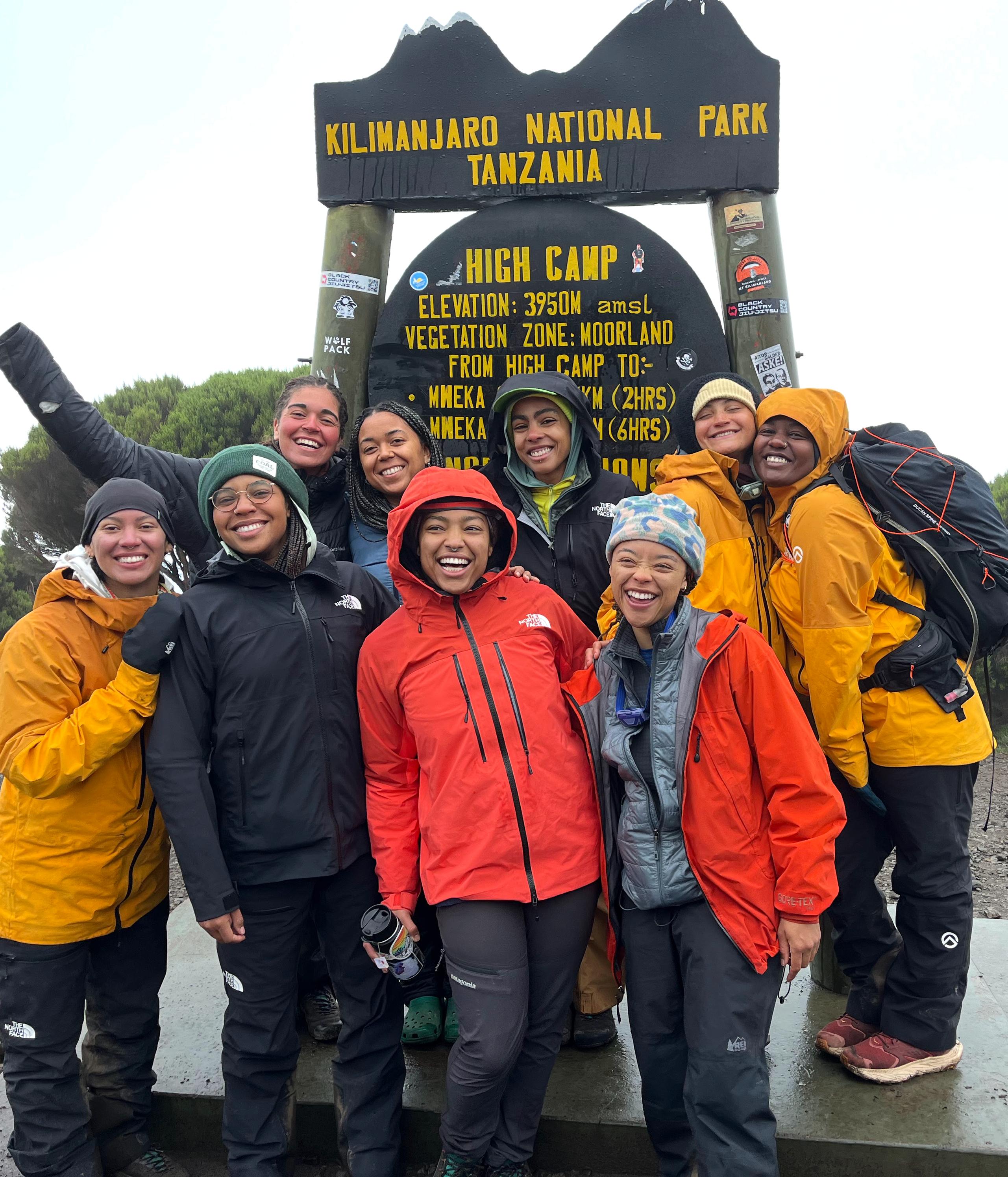
Mikaya
PARTNERSHIP SPOTLIGHT
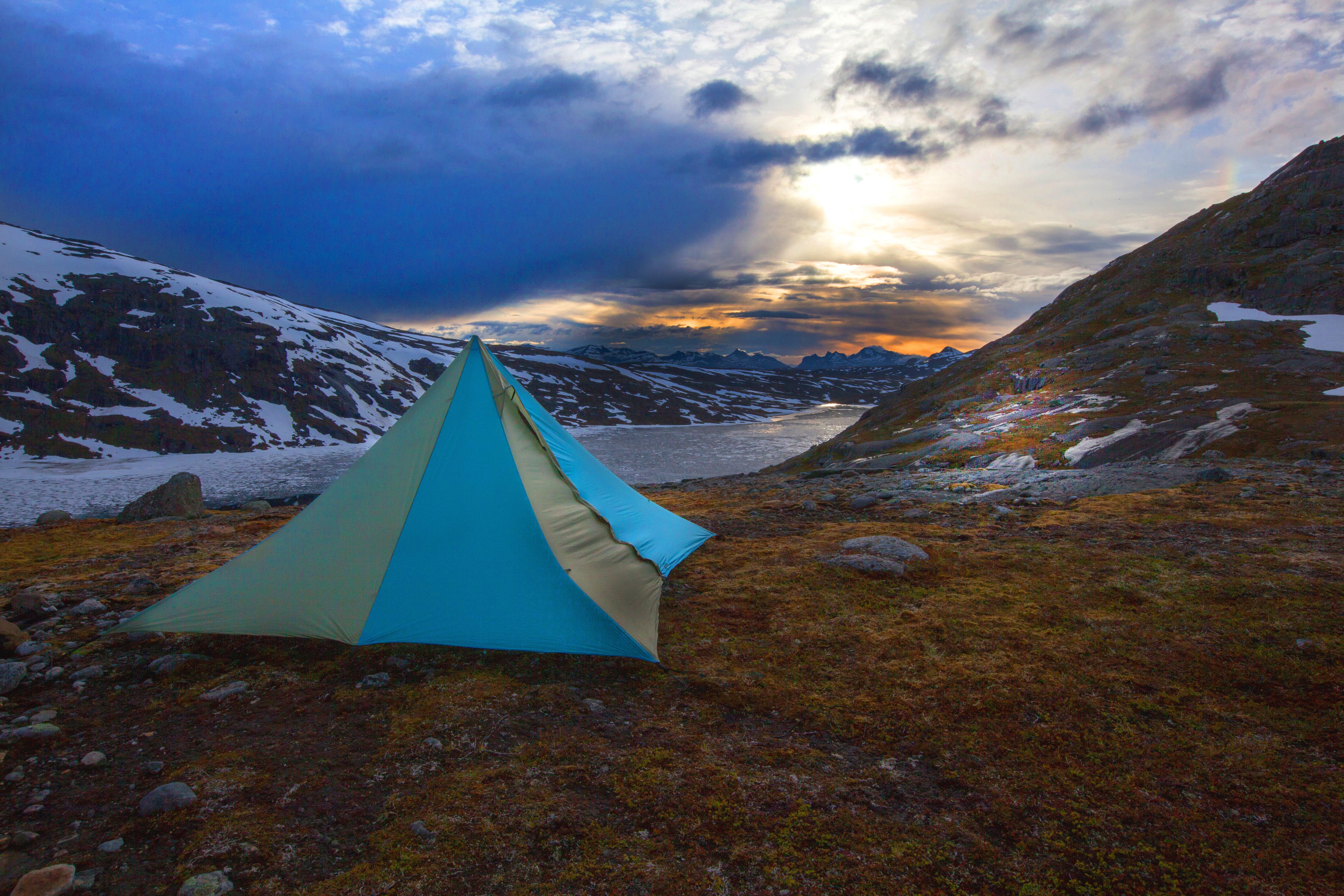
FORGING THE FUTURE:
NOLS+BLACK
DIAMOND EQUIPMENT
® PARTNERS BORN OF EXPEDITION WISDOM
By Jeremy Cronon NOLS Partnerships Director
At NOLS, we’re thrilled to announce an exciting partnership with Black Diamond Equipment®—a global leader renowned for designing innovative, performancedriven equipment and apparel for climbing, skiing, and year-round outdoor adventures. Headquartered in Salt Lake City, Black Diamond embodies a spirit of durability, innovation, and passion for the outdoors, values that align with our mission at NOLS.
The partnership is especially meaningful as we collaborate to launch the Elevate Scholarship which provides fullride support, including travel and gear, for select NOLS courses in the Summer and Fall of 2025. Funded through an annually recurring co-op program between NOLS and Black Diamond, the initiative aims to cultivate future leaders in the outdoor community who might not otherwise
have access to the resources they need to recreate safely and sustainably. Additionally, 10% of any purchase made by NOLS, a NOLS employee, or an enrolled student will directly contribute to the scholarship fund.
I’m excited about what this expansive partnership represents—a celebration of shared values and a rich history rooted in wilderness exploration and leadership. From climbing protection to avalanche safety gear, shelters to headlamps, Black Diamond’s equipment are steadfast components of almost every NOLS expedition. Our alumni have likely packed/unpacked and set up/taken down more Black Diamond shelters than any other community. Harduse is built into their design ethos and is an unavoidable reality of NOLS expeditions.
“Our NOLS partnership lets us extend our values to a broader community, equipping the next generation of climbers and outdoor leaders with the skills, mentorship, and gear they need to thrive.”
- NEIL FISKE President, Black Diamond

When I connected with Heath Christensen, vice president of sales at Black Diamond, about ways we might expand our partnership, our discussion grew out of the belief of Peter Metcalf, co-founder of Black Diamond Equipment, that “Black Diamond would not exist without NOLS.” He may have slept in a di erent shelter and used di erent gear when he was 15 on his own NOLS course, but our pasts are linked, which prompts the question about our shared path forward.
Through gear testing and innovation with our NOLS field faculty, Black Diamond will design equipment for the pursuits that lie ahead based on lessons learned from decades of expeditions. Christensen believes that “When it comes to partnerships, our NOLS relationship embodies the spirit of what it means to be a true partnership. It’s
altruistic, equitable, and purpose-driven. If all partnerships were set up in the same spirit, the outdoor industry would be better o , and more people would discover the outdoors.”
For me, the path forward feels as exciting as it is unknown, just like any NOLS course. Despite that uncertainty, I guarantee there will continue to be (and may very well be right now) NOLS students out in the field, pitching their Mega Light and preparing for their first night in the backcountry. Now that is worth celebrating.
Jeremy Cronon, NOLS partnerships director, leads collaborations that foster innovation, sustainability, and leadership in the outdoor industry. These partnerships support gear testing, scholarships, conservation, and marketing to promote responsible recreation and lasting impact. He can be reached at jeremy_cronon@nols.edu.
Molly Hagbrand
PARTNERSHIP SPOTLIGHT
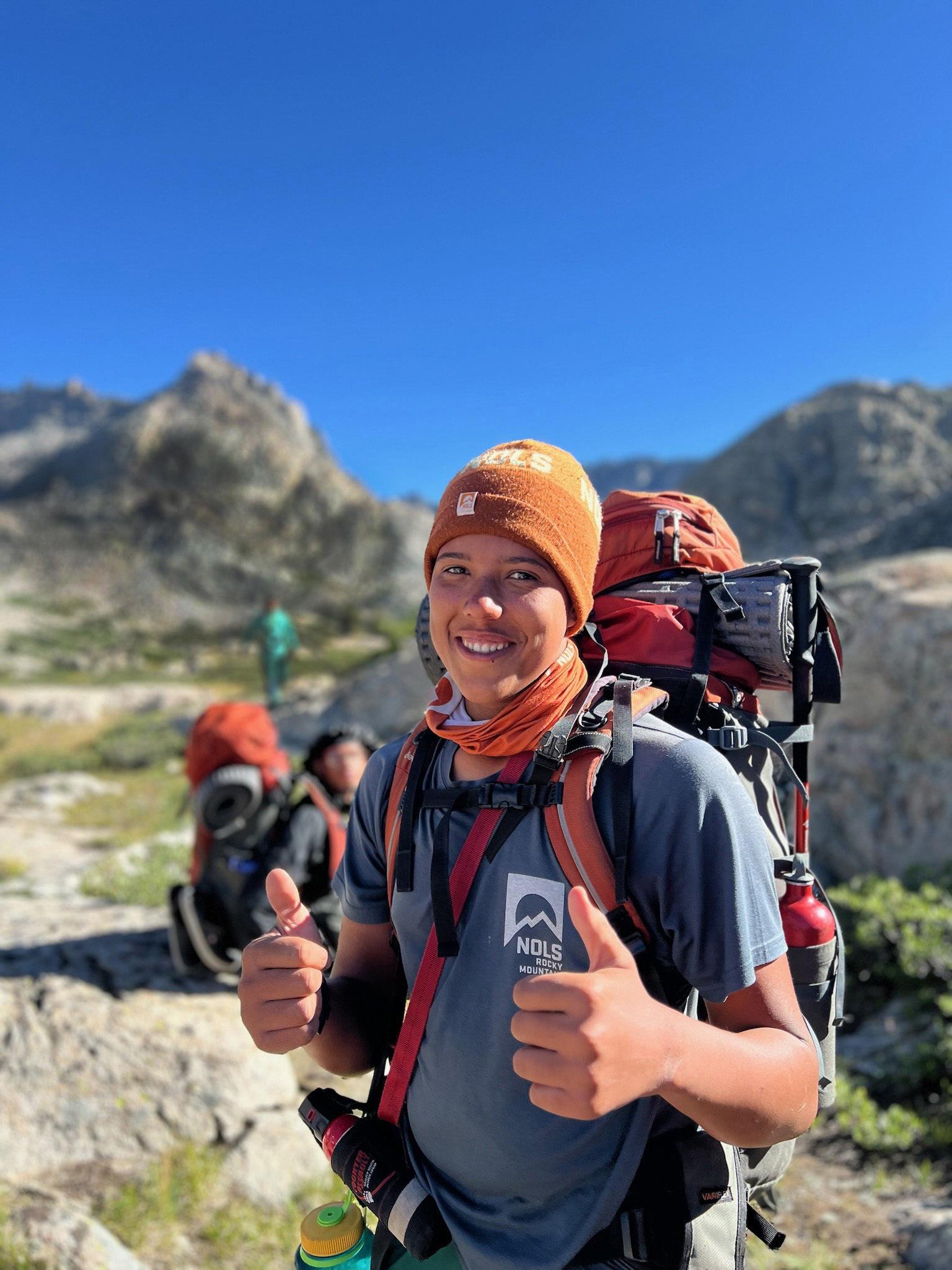
PEDALS TO PEAKS
Pittsburgh Youth Leadership participants conquer 1,100 miles and a 16-day wilderness expedition.
By Lily Zino NOLS Custom Education Client Services Manager
Sabeel Collins

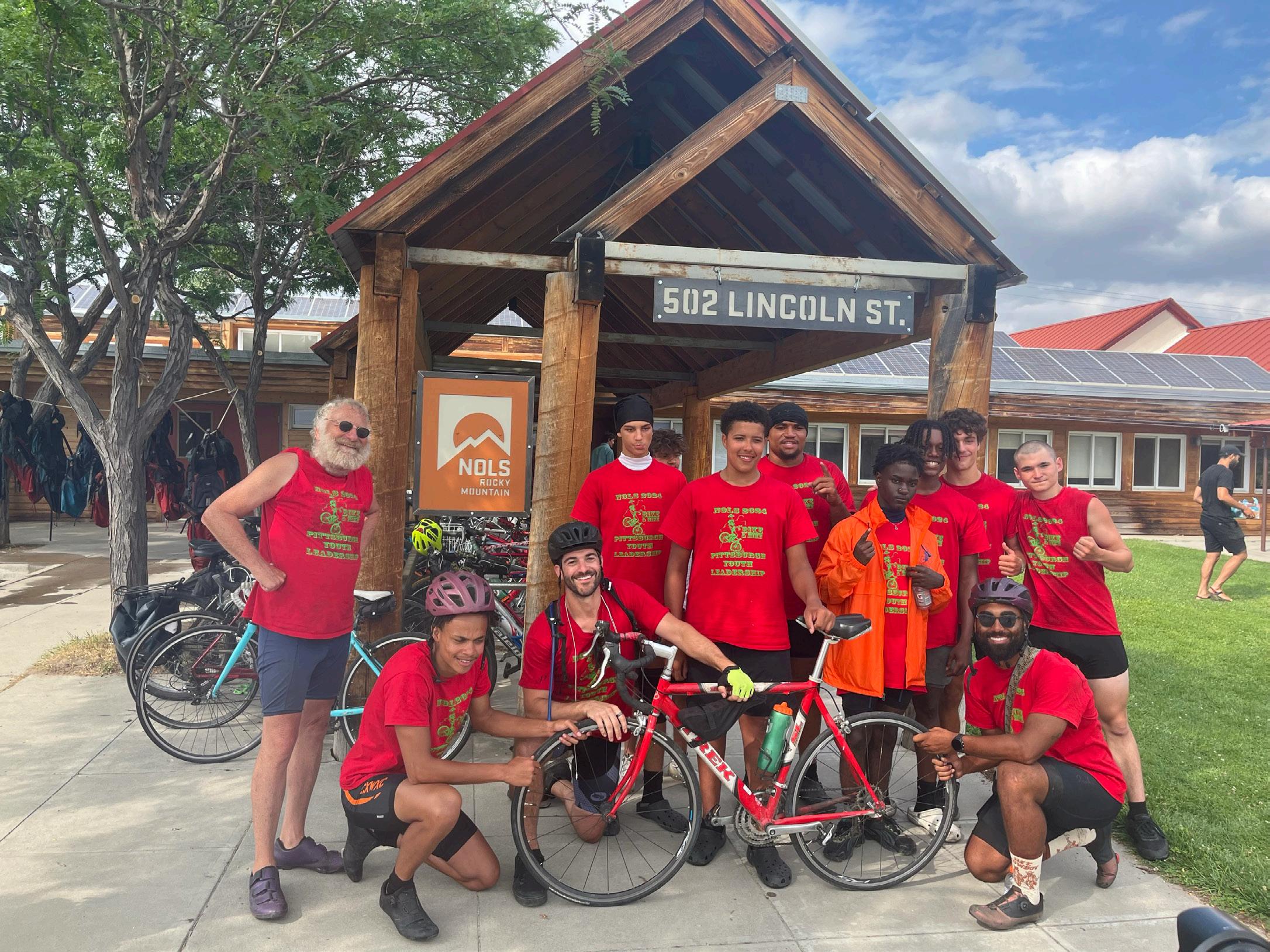
n late July, fourteen individuals embarked on the adventure of a lifetime. Departing from Duluth, Minnesota, a group of Pittsburgh Youth Leadership participants and their mentors biked over 1,100 miles to reach NOLS Rocky Mountain in Lander, Wyoming. The best part? This was only the beginning of their journey. Following their 1,100-mile ride to Lander, the Pittsburgh Youth Leadership participants embarked on a 16-day backpacking expedition in the Wind River Range.
That experience was made possible in part thanks to funding from the Talbott and Carter Simonds Foundation, part of Hillman Family Foundations, which support initiatives focused on conservation, education, youth development, and community building. Talbott Simonds, a NOLS Spring Semester in the Rockies alumnus and member of the NOLS Advisory Council, shares a deep connection to NOLS, as both he and Carter have many family ties to the school, spanning parents, siblings, and cousins
Funding support from the Talbott and Carter Simonds Foundation and other Hillman foundations has helped propel NOLS’ Access Partner Program to new heights, making transformative outdoor experiences possible for students from under-resourced communities, like those served by Pittsburgh Youth Leadership.
The Pittsburgh organization has partnered with NOLS Custom Education for the last three years to provide underresourced youth with the opportunity to learn and grow in an unfamiliar and unforgettable wilderness environment.
To get to the NOLS Rocky Mountain campus, eight program participants (ages 14-18) and four Pittsburgh
Youth Leadership mentors completed a 10-day cycling journey, with daily mileage ranging from 70 to 175 miles.
When asked about the trip from Duluth to Lander, mentor Justin Hanlon shared, “We biked through tornado warnings and heavy rain in Minnesota, 100-degree heat in the plains of North Dakota, Indian reservations and biker bars in South Dakota/Montana, and an 18-mile stretch up a mountain in Wyoming only to be met by high winds and frigid rain.”
The program participants improved as cyclists, but more importantly, they overcame adversity, grew in their confidence, and formed deep friendships.
Following their 1,100-mile journey to Lander, the Pittsburgh Youth Leadership participants embarked on a 16-day backpacking expedition in the Wind River Range.
Hiking with two NOLS instructors, Zach Taylor and Rachel Pike, the Pittsburgh Youth students covered 75 miles and gained over 15,000 feet of elevation. Their expedition took them from Boulder Lake to Trail Lake, and highlights included “foraging for berries, spotting wildlife (such as the elusive mountain chicken and hungry pika), flying a kite, experiencing alpenglow, plunging in Spider Lake, trail dances, a concert, and endless mountain views.”
Participants learned to cross rivers, read maps, tie knots, and cook in the backcountry. Fifteen-year-old Sabeel Collins shared that “the sparkling mountains left me speechless.” The Pittsburgh Youth Leadership program participants feel confident that the lessons they learned in the Wind River Range will continue to guide them back home in their frontcountry lives.
Sabeel Collins
Carl Cote
NOLS FOR LIFE TRAVEL THE GLOBE
Fiscal year ’24 saw sixty-two alumni trips meticulousy crafted for NOLS graduates and their companions. Typically lasting one week, the trips cater to a diverse range of interests and ages, from family-friendly rafting expeditions to scaling the world’s highest peaks. With participants typically spanning ages 20 to 70, NOLS o ers a vibrant mix of experiences.
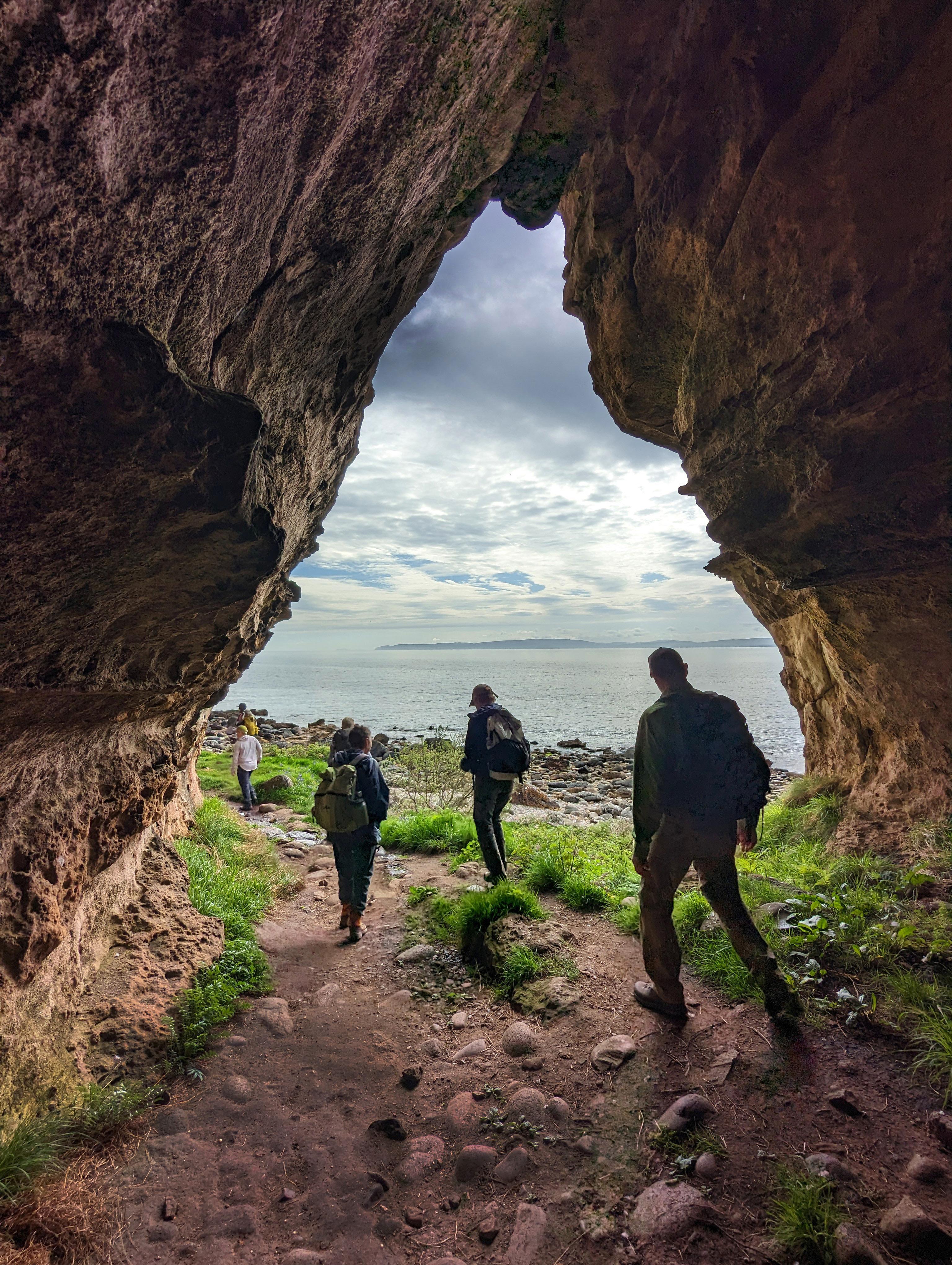
62
ALUMNI TRIPS
FY24
520 ALUMNI PARTICIPANTS
18 COUNTRIES VISITED
Sally Masters
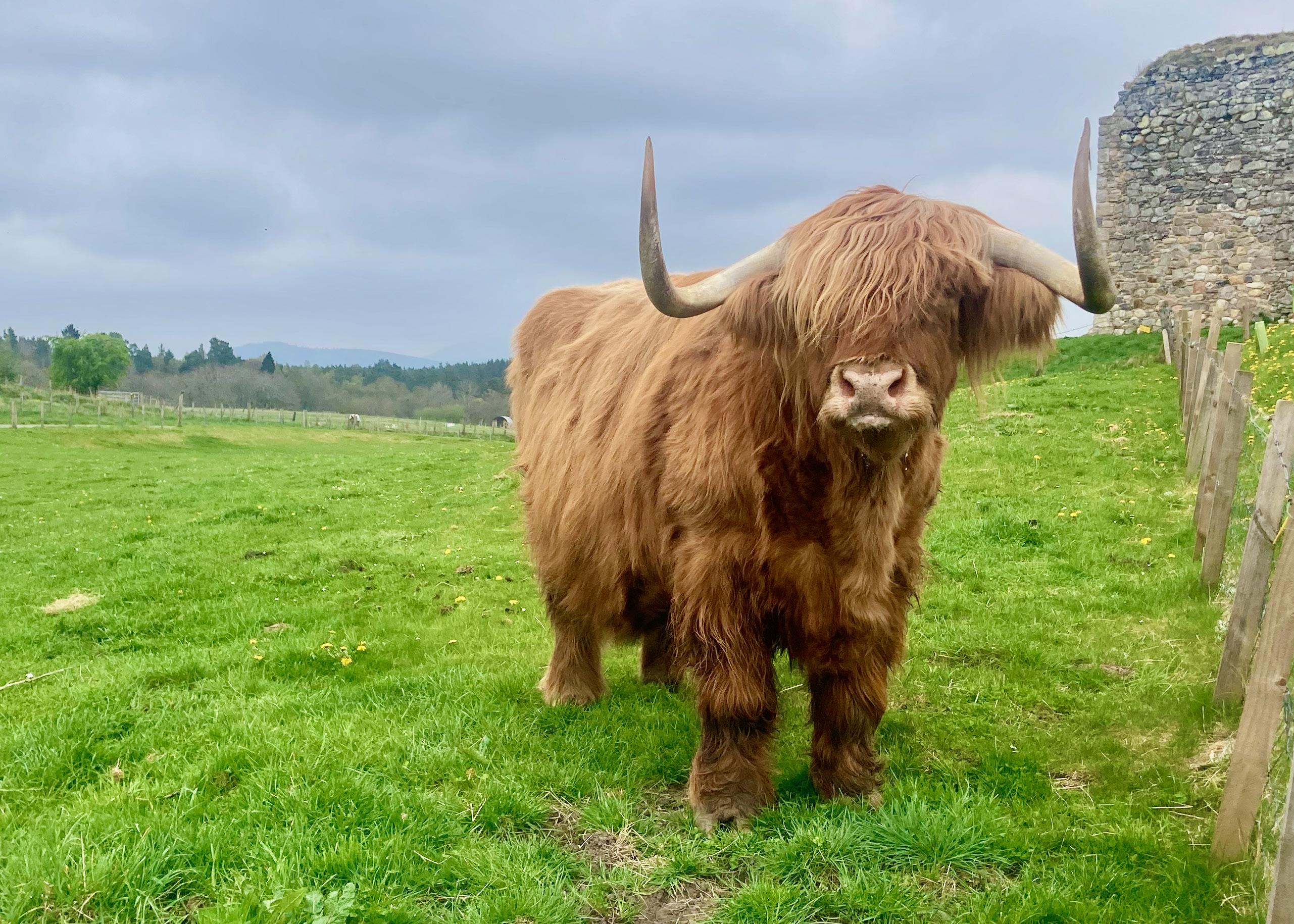
IN THE HEART OF SCOTLAND’S HIGHLANDS
By Rich Brame NOLS Alumni Trips Instructor
Mention “Scotland” and images come to mind: rugged peaks, fickle weather, castles, kilts, and impenetrable brogue. Since 2017, NOLS alumni, families, and nonalumni guests have joined alumni hiking trips along the River Spey and around the Isle of Arran that experience all of those things, plus a whole lot more.
Imagine circumnavigating remote islands on foot while lodging in comfortable country inns. Consider whisky— our treks pass a score of iconic distilleries where a “wee dram” is part of the culture. Robust walks explore diverse topography, from seaside cli s, to pastoral trails, to forested paths, to beach walking and rugged, open moors. Scotland trips provide a little bit of everything while a luggage shuttle keeps packs light. If your “Heart is in the Highlands” (or should be), check ou the trip details below.
The Speyside Way
Hike from Scotland’s Cairngorms Mountains to the North Sea while connecting villages in the heart of whisky country.
Daily hikes travel country lanes, disused railroad grade, rocky peaks, seaside cli s, and pastoral valleys—moves
average 12+ miles per day, so prepare for a challenge on this eight-day trip. Layover days let us seek out castle ruins and the Glenlivet Distillery where we learn about whisky, the country’s most celebrated export. If timing permits, we will attend a regional Highland Games, featuring traditional pipe band music and the sports of Scotland. Our trek ends along the North Sea’s dramatic cli s.
Isle of Arran
Join us for an eight-day circumnavigation of Scotland’s Isle of Arran, a rugged island often called “Scotland in miniature.” This ~55-mile adventure pieces together trails, beach and boulder walking, highland-like grassy peaks, and shuttles to connect comfortable inn lodging. The trip includes a hike up Goat Fell peak, Brodick Castle, exploration of a local Buddhist retreat, examination of 5,000-year-old standing stones, and a tour of the Arran Distillery. Hiking days average around 8 miles and cross some of the most beautiful and varied terrain in Scotland. Contact
Rich Brame
WITH GRATITUDE
Dear Friends,
The past 12 months have been a season of renewal, reflection, and resurgence at NOLS. We’ve navigated both challenges and opportunities, emerging stronger and more unified, ready to embrace the future with the momentum of our new Second Summit Strategic Plan.
While we faced di!cult decisions, including reducing our workforce, pausing operations at NOLS Pacific Northwest and NOLS Southwest, and reducing operations at NOLS Northeast, these steps were taken to protect NOLS’ long-term future. Through careful financial stewardship and a remarkable $11.6 million in cash and pledges from our supporters, we’ve laid a strong foundation as we look to the future.
This is only the beginning of what’s next. Every day, we see the di erence NOLS makes, whether in the joy and excitement of students stepping into the wilderness for the first time or the lifelong transformations that start on our courses. The world needs NOLS, and with your support, we’re ready to continue changing lives and inspiring leaders for generations to come. Thank you for being with us on this journey.
With gratitude and optimism,
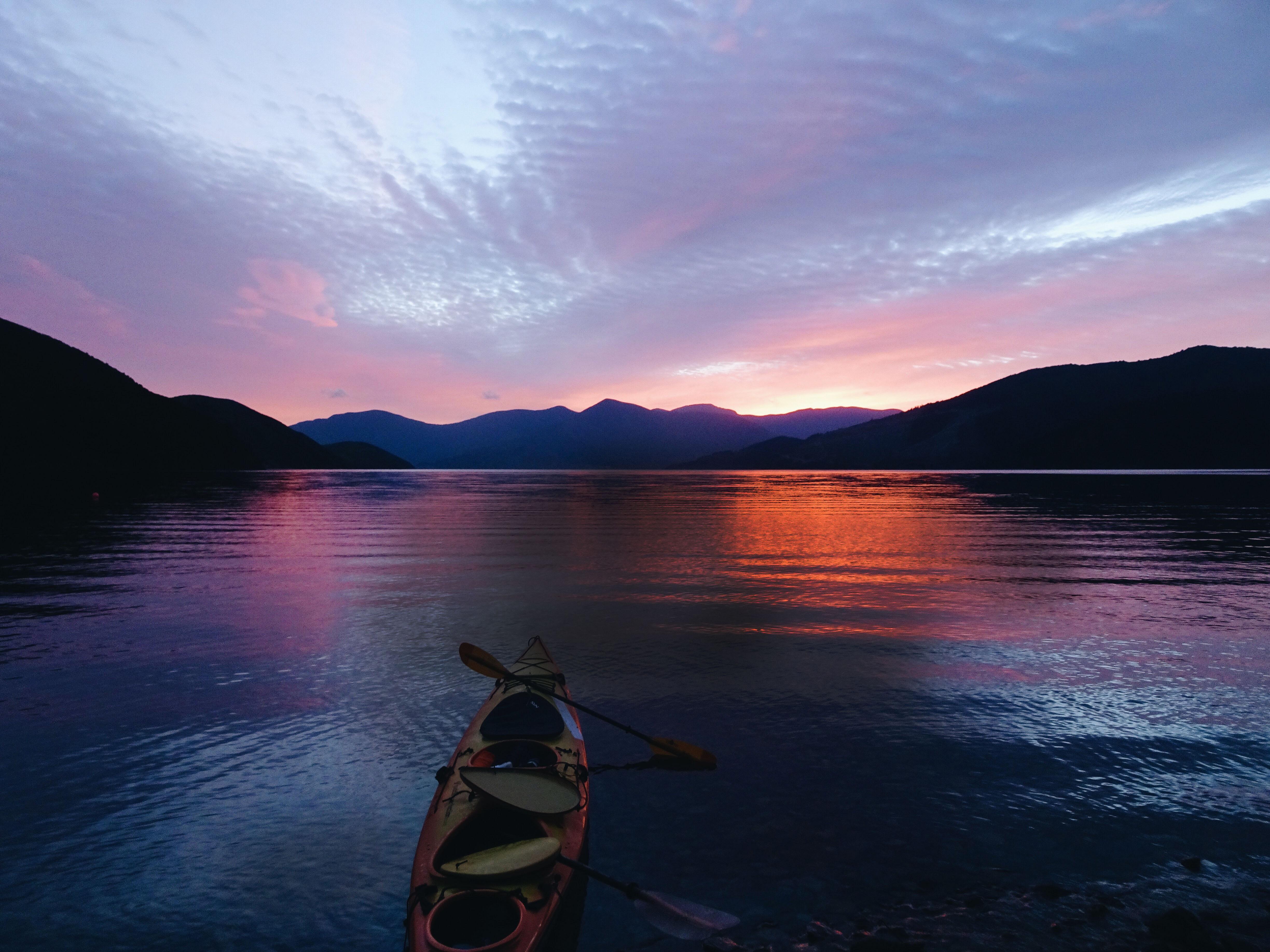
Dr. N. Stuart Harris NOLS Board Chair
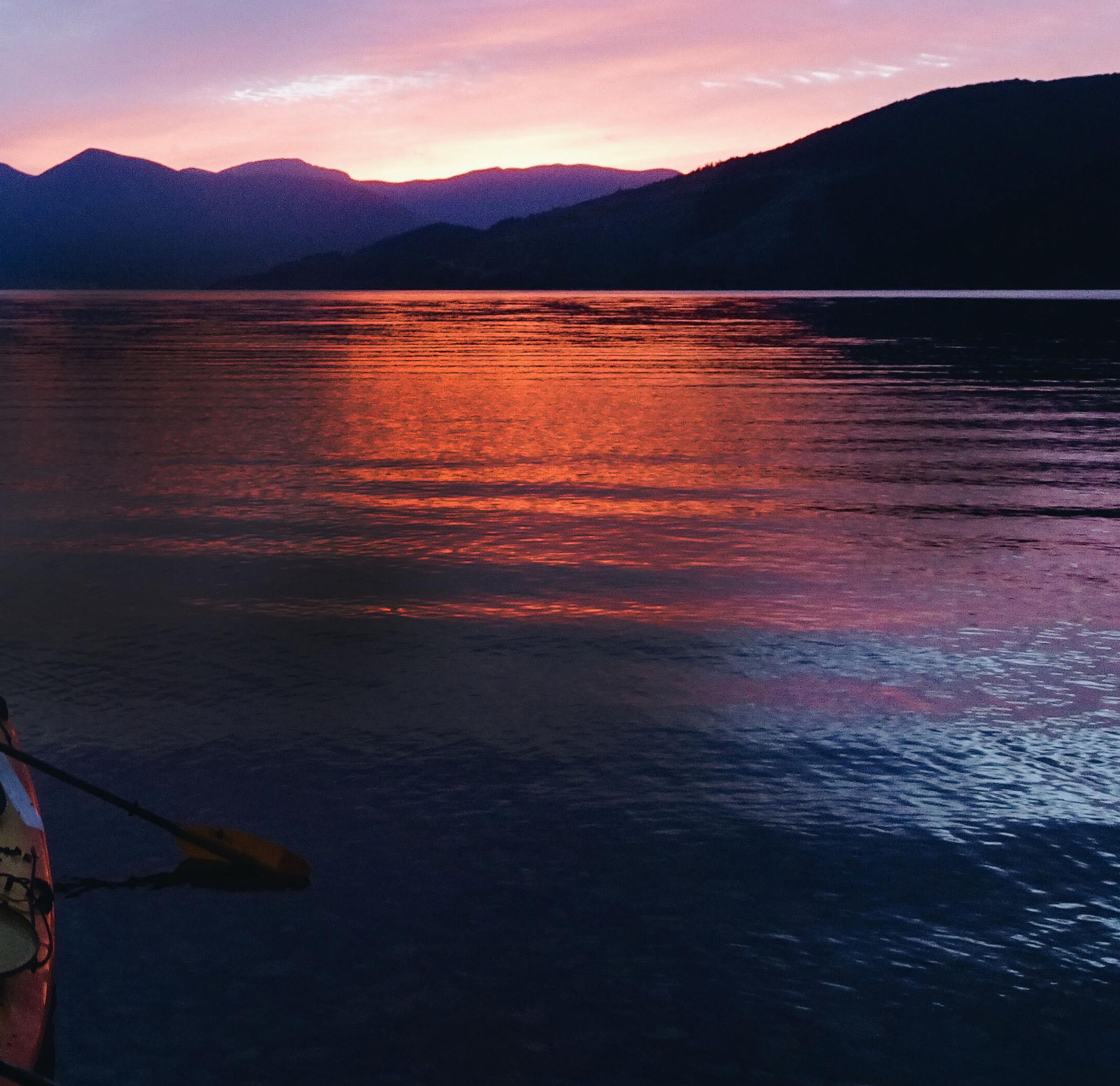
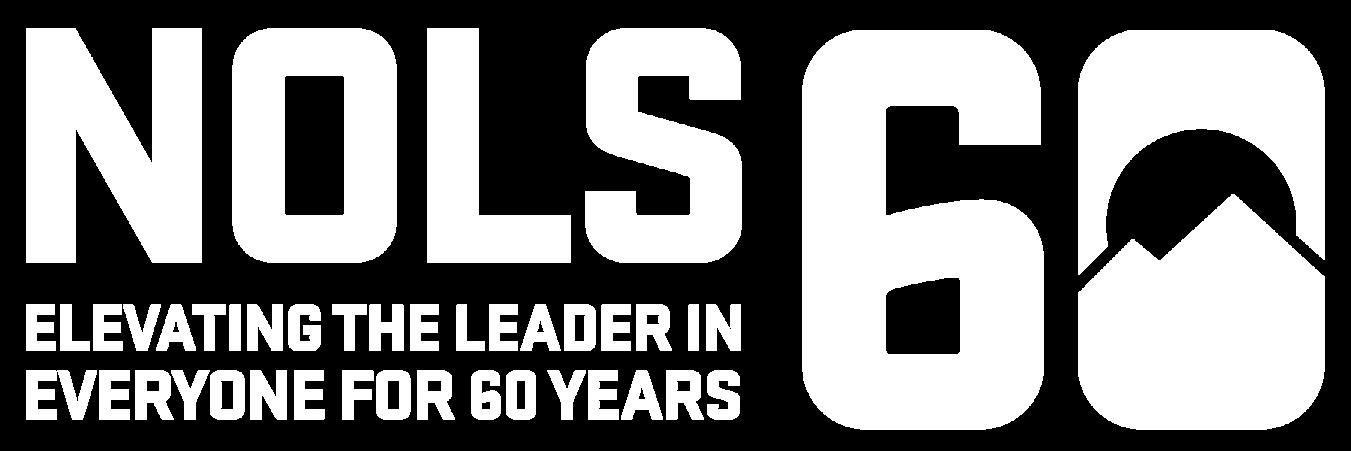
NOLS is celebrating its 60th anniversary in 2025!
Please save the date to join us for community events, celebrations, camaraderie, and learning opportunities in Lander, Wyoming, on September 25 - 27, 2025.
Together with our instructors and sta , alumni and donors, friends and partners, we will honor the past, celebrate the present, and inspire the future.
See you this fall.
Kaylin Colby
284 LINCOLN ST. LANDER, WY 82520, USA
PURSUIT IS EVERYTHING
SUPPORT IS ESSENTIAL
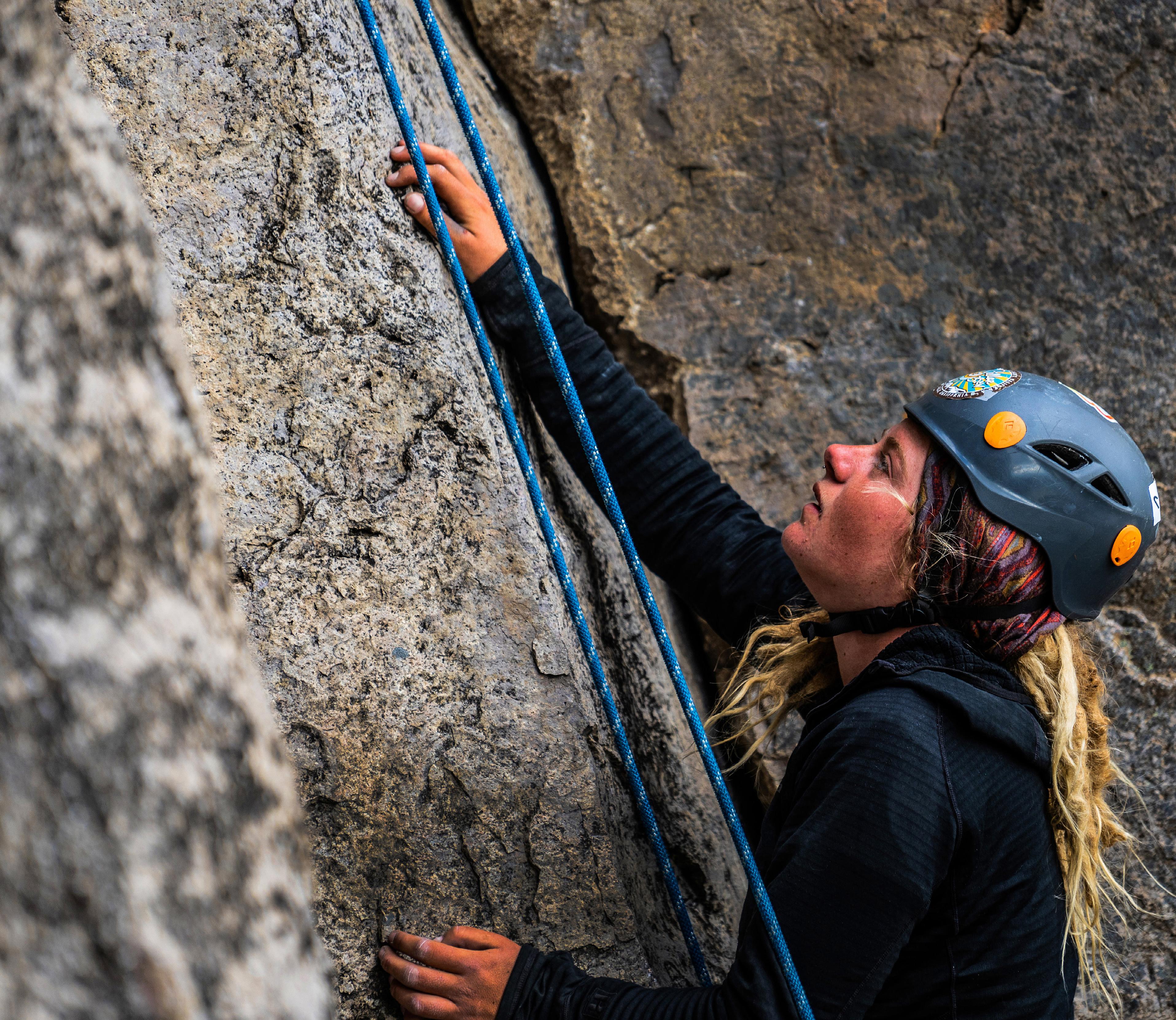
The wilderness is a catalyst for leadership.
At NOLS, we harness its power to shape leaders who embrace challenges, inspire others, and drive meaningful change in the world.
We believe the world needs more leaders who listen, adapt, and act with purpose. That’s why we elevate the leader in everyone, unlocking potential through experiences that challenge and inspire.
When you give back to NOLS, you’re investing in leaders who will make a di erence. Together, we can empower students to rise to challenges, pursue bold dreams, and create a better, more connected world. Your gift is part of something bigger—a movement to shape the future through leadership born in the wilderness.

• Scan the QR code
• Make an online gift at nols.edu/donate
• Mail a check to 284 Lincoln St, Lander, WY 82520
• Call us at 1.800.332.4280 WAYS TO GIVE
Kyle Strachan
